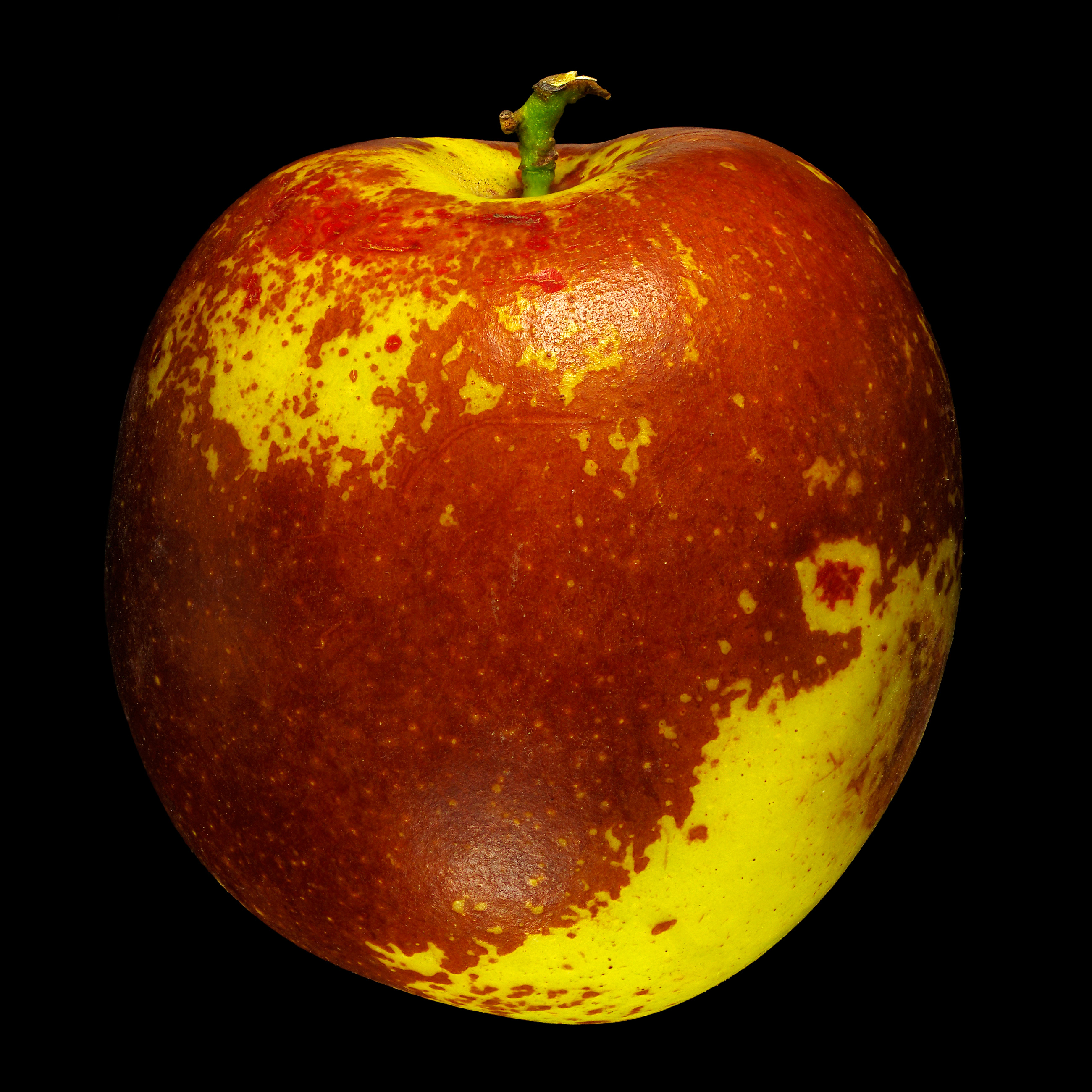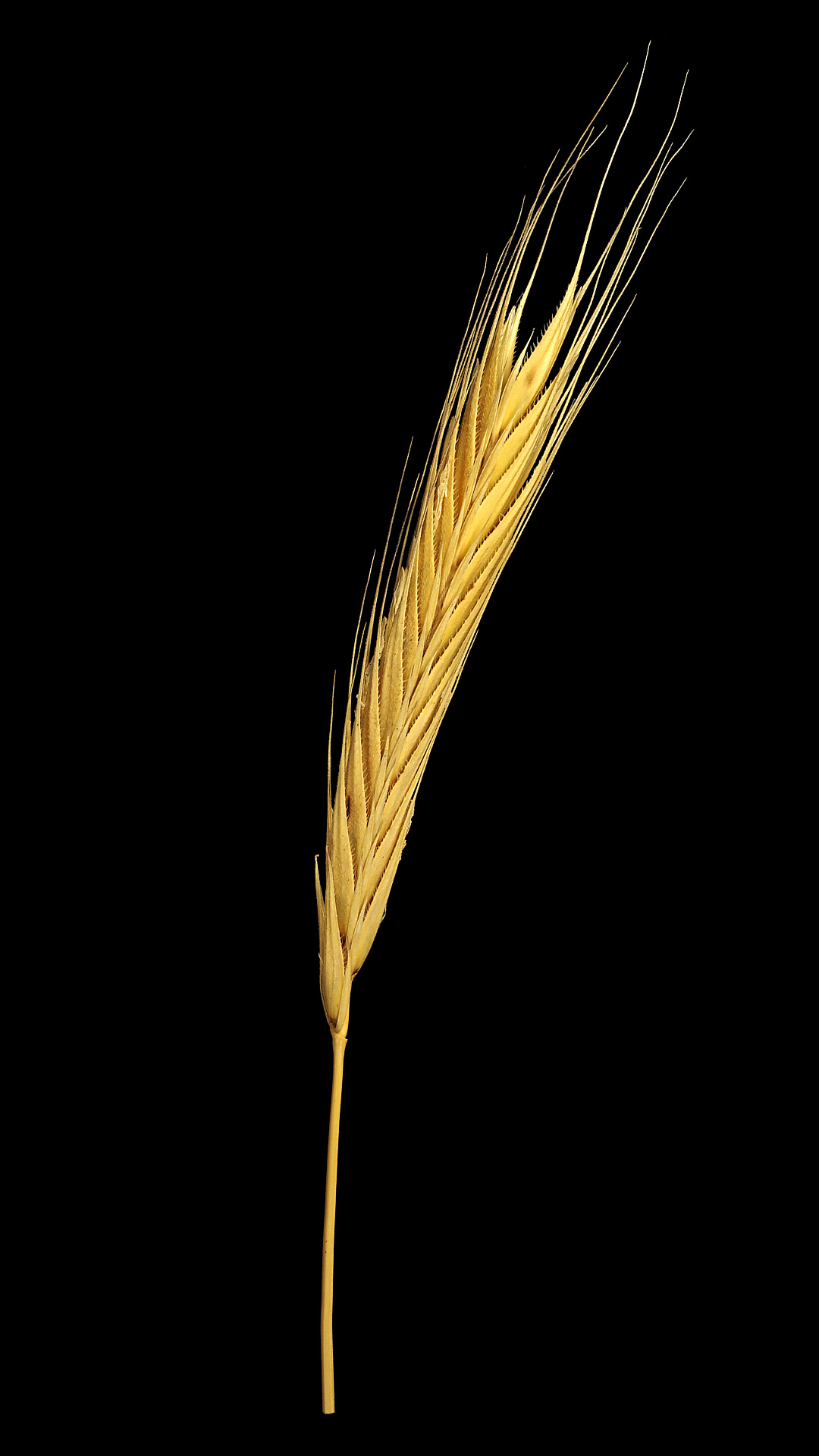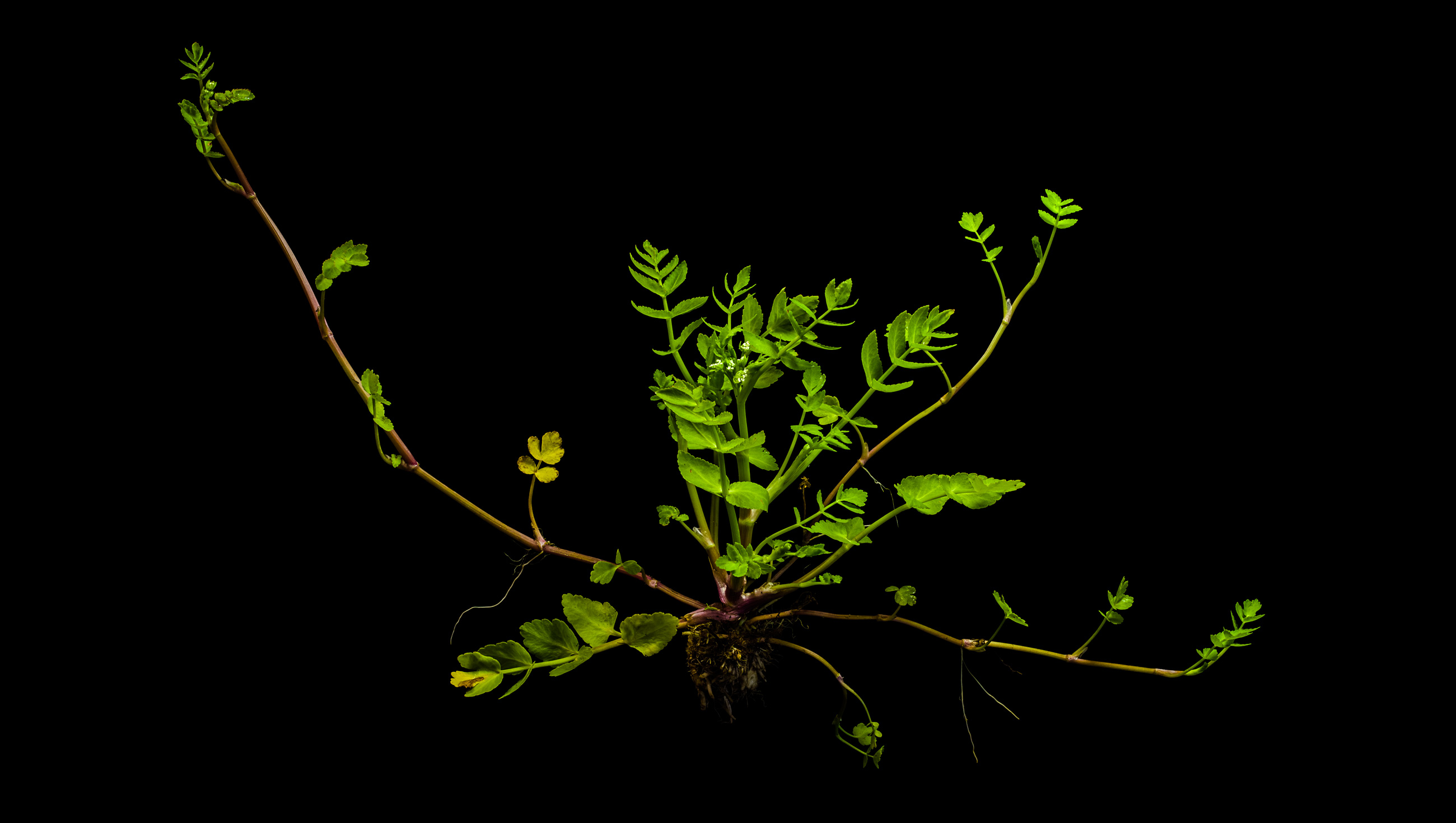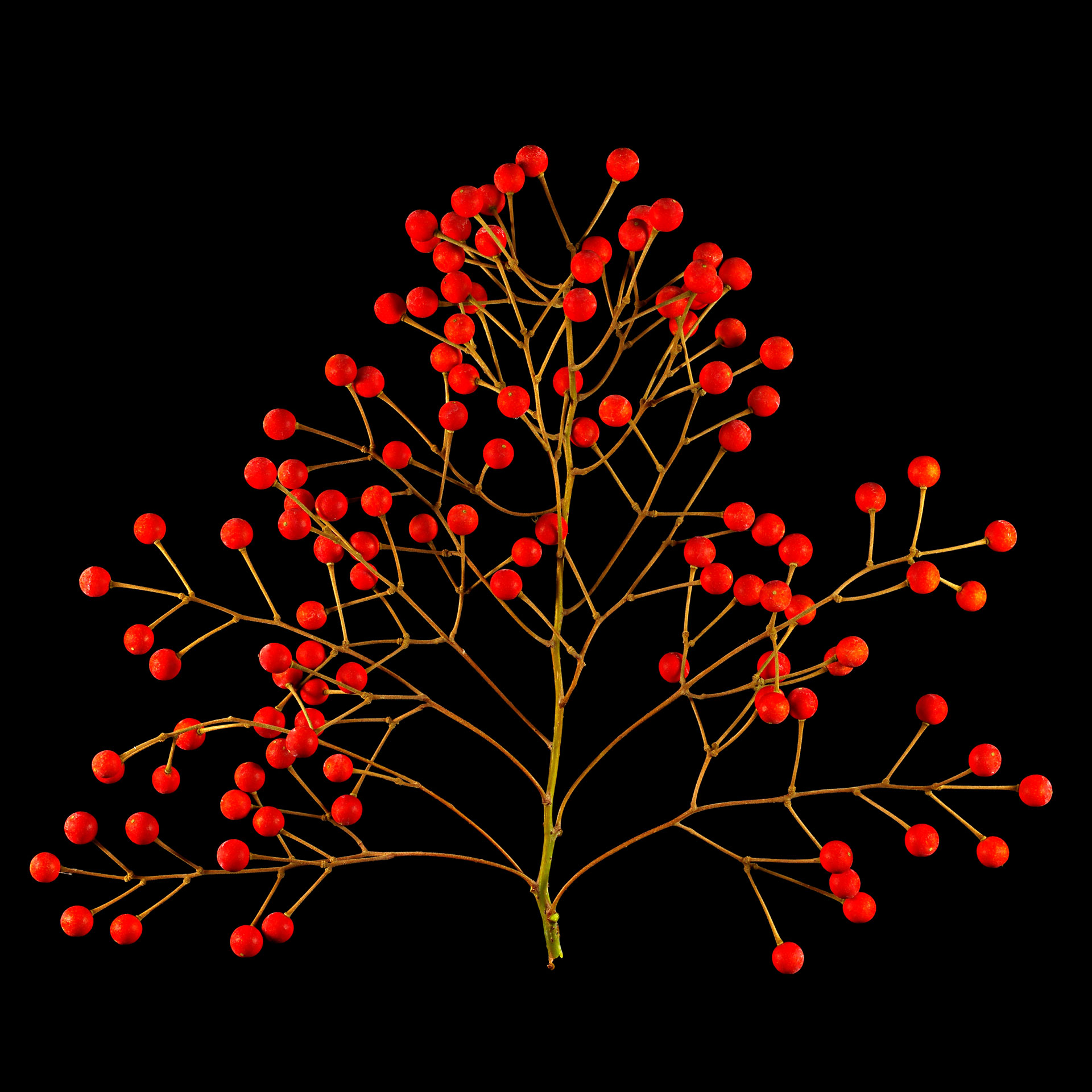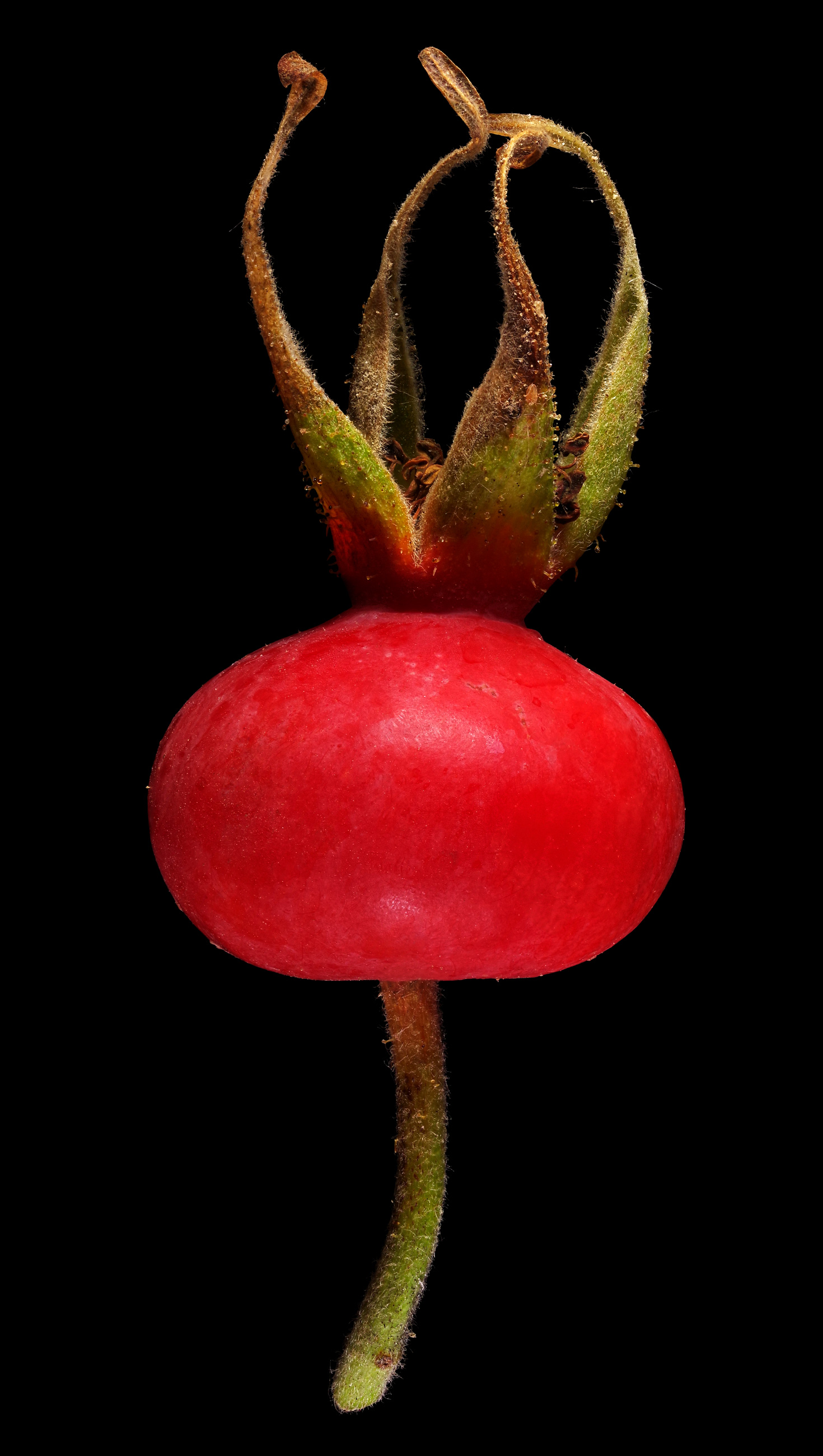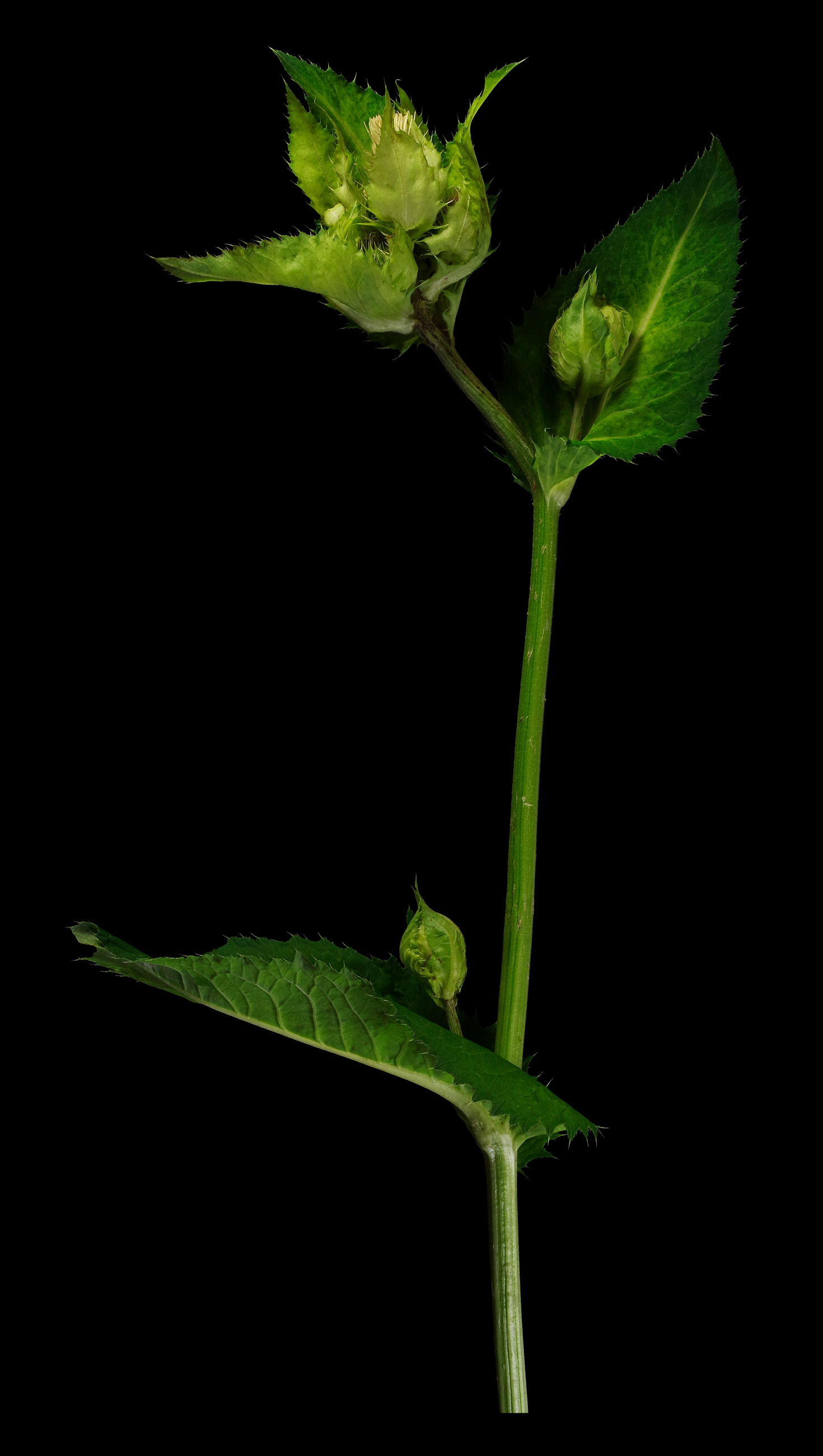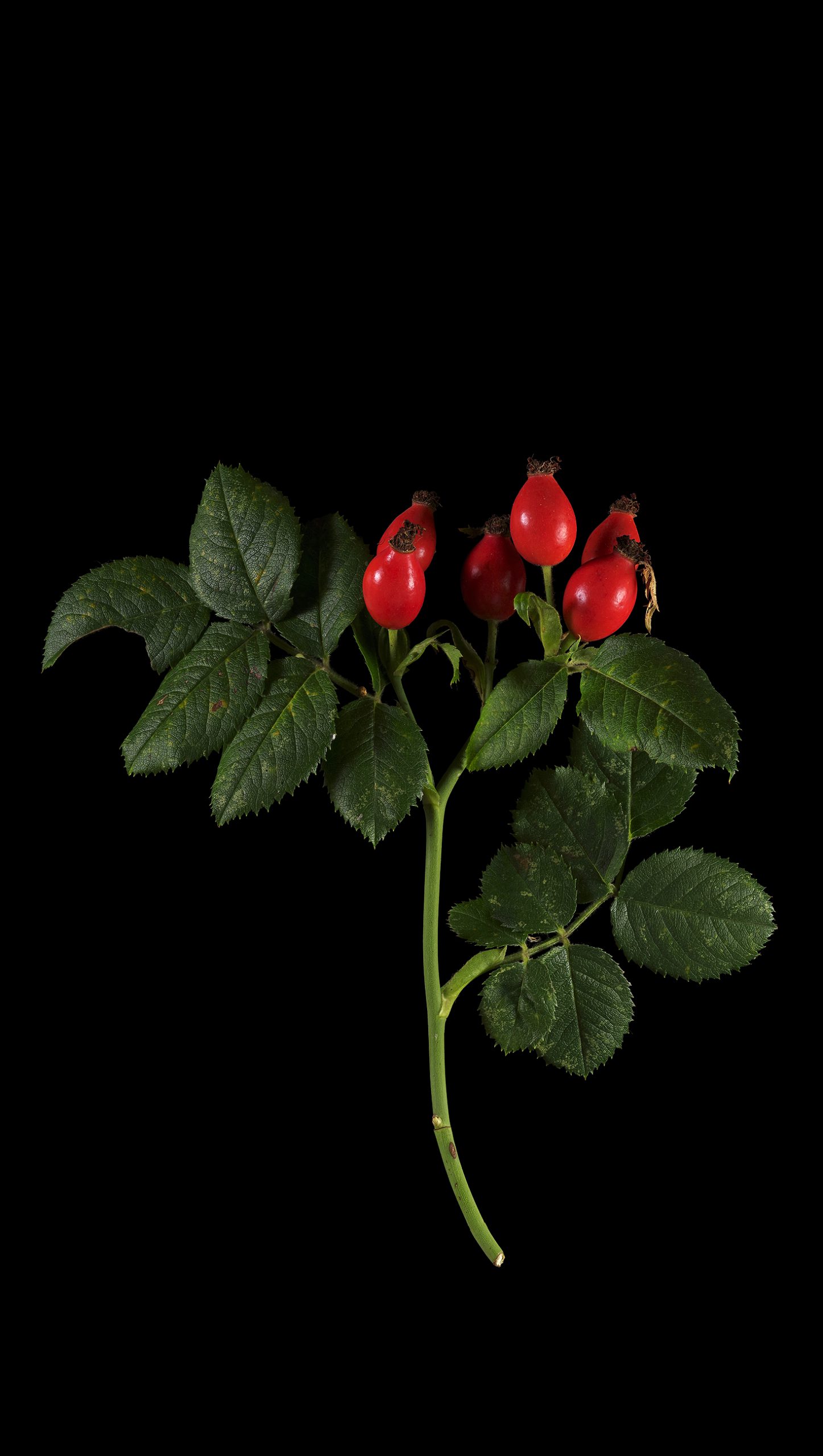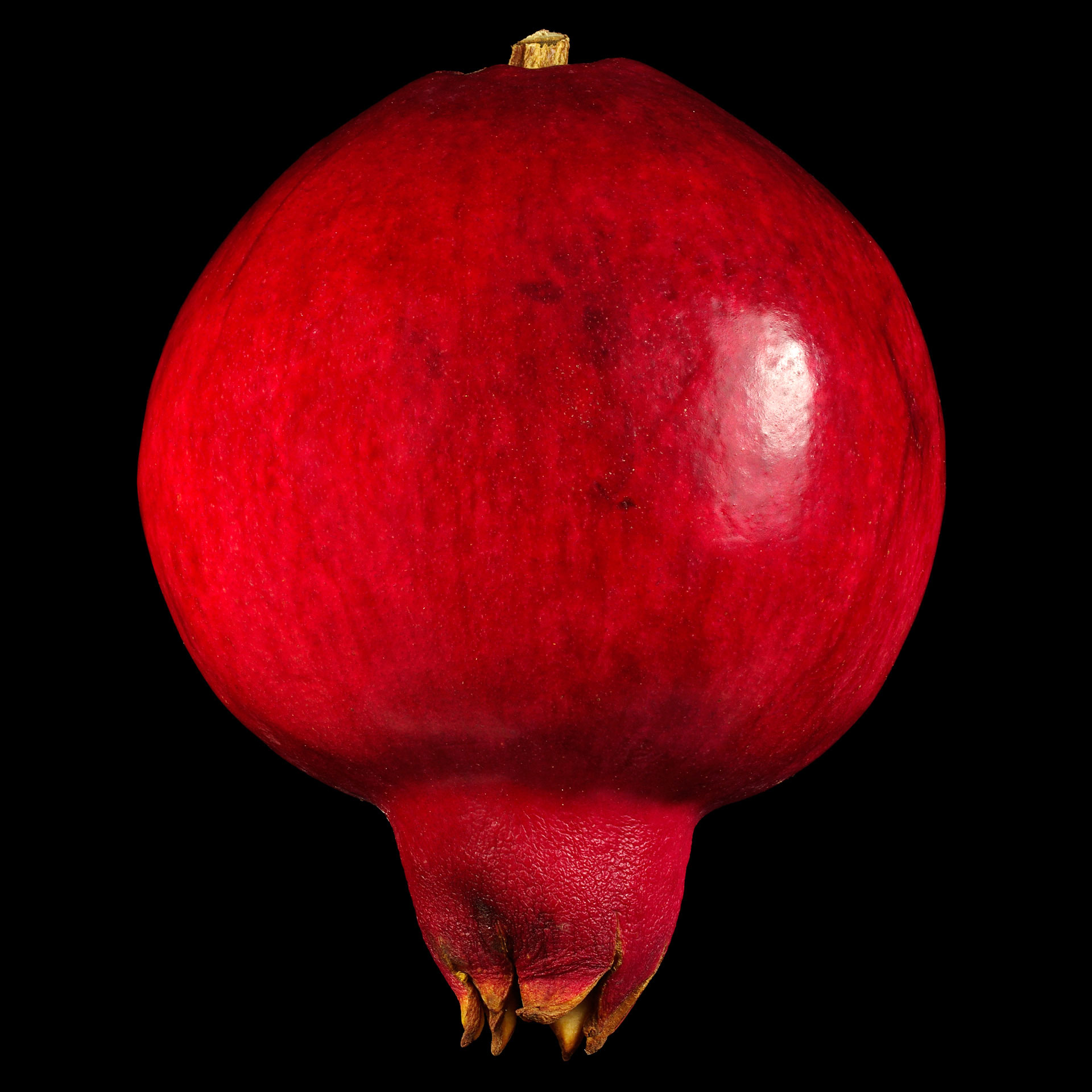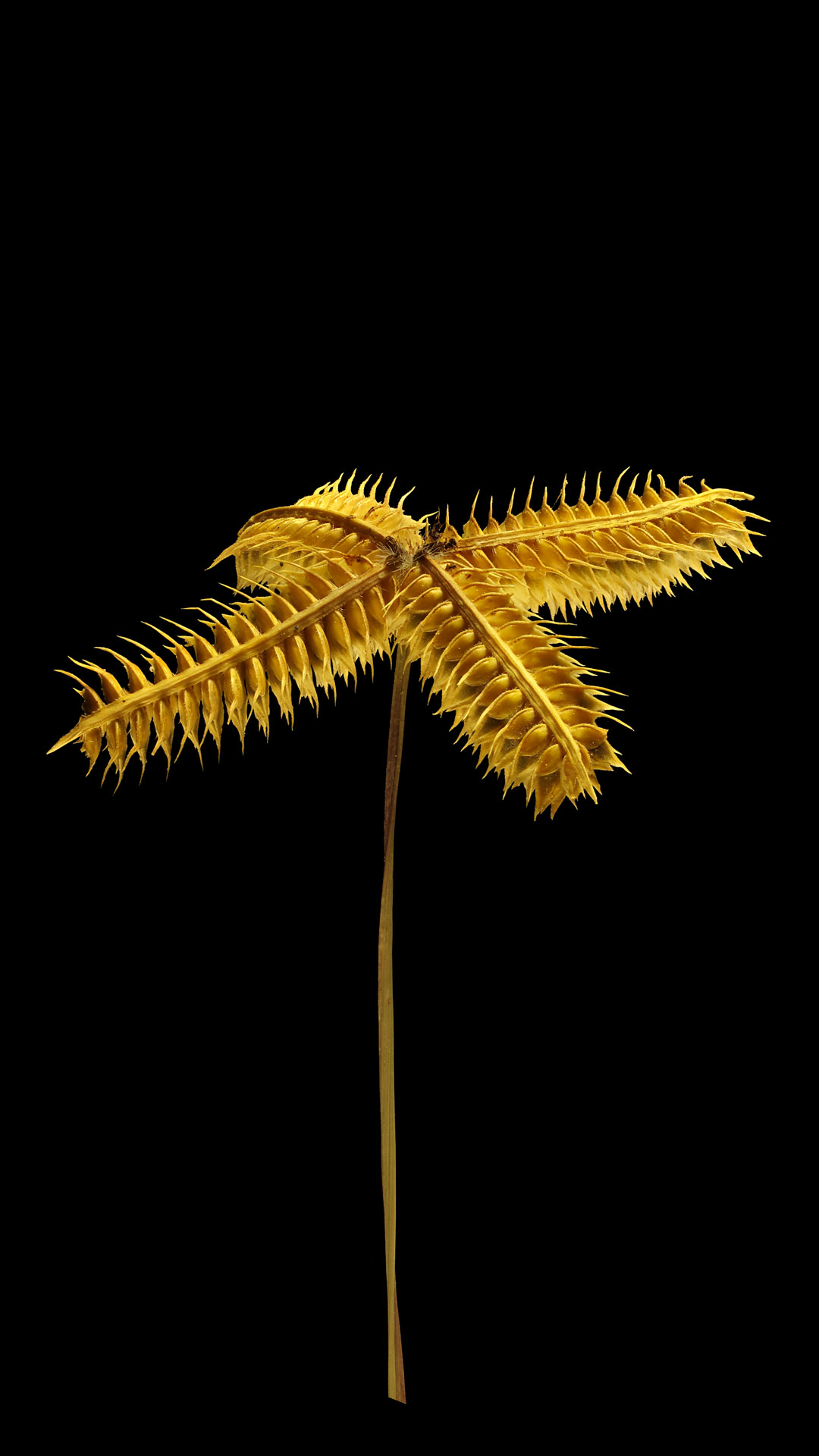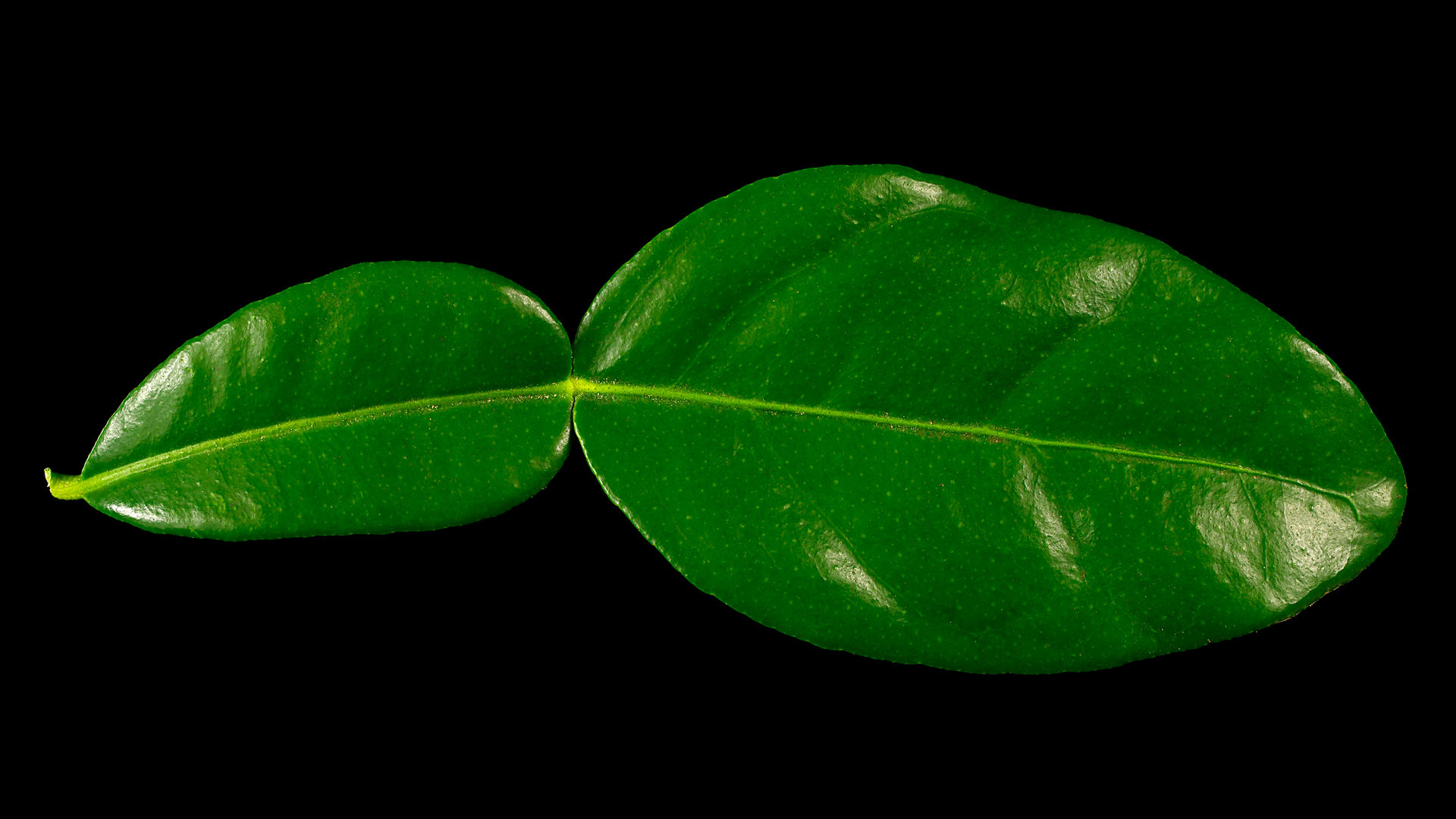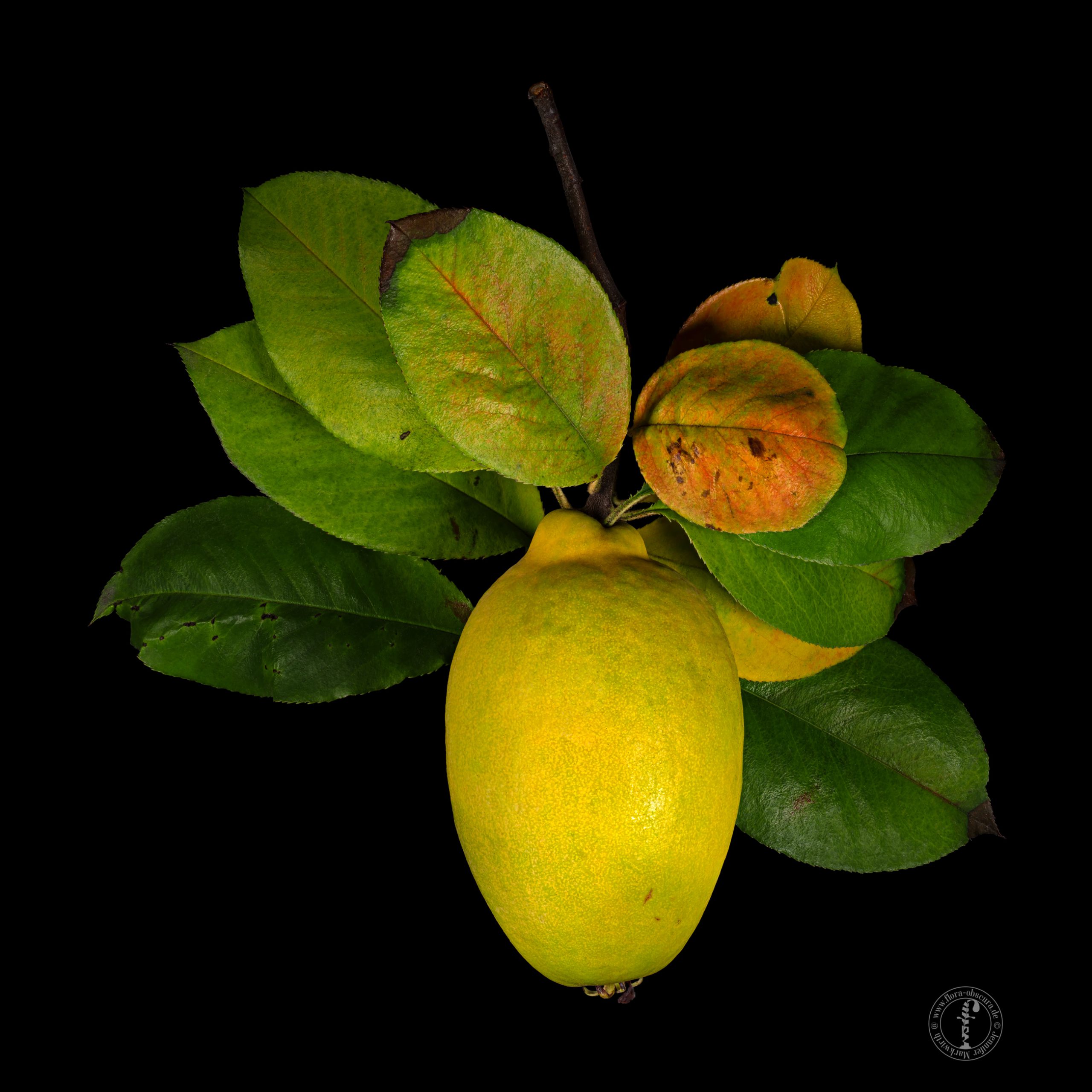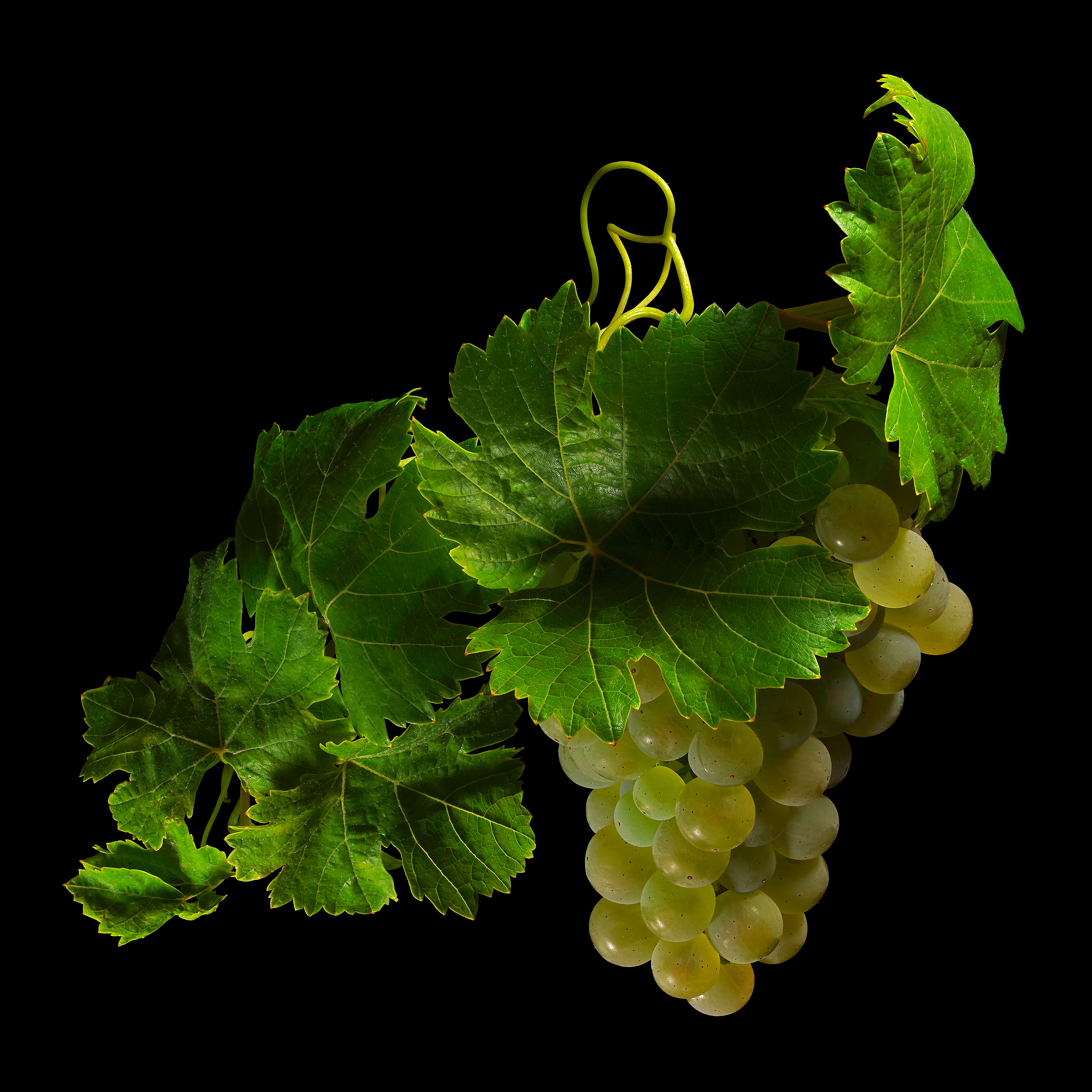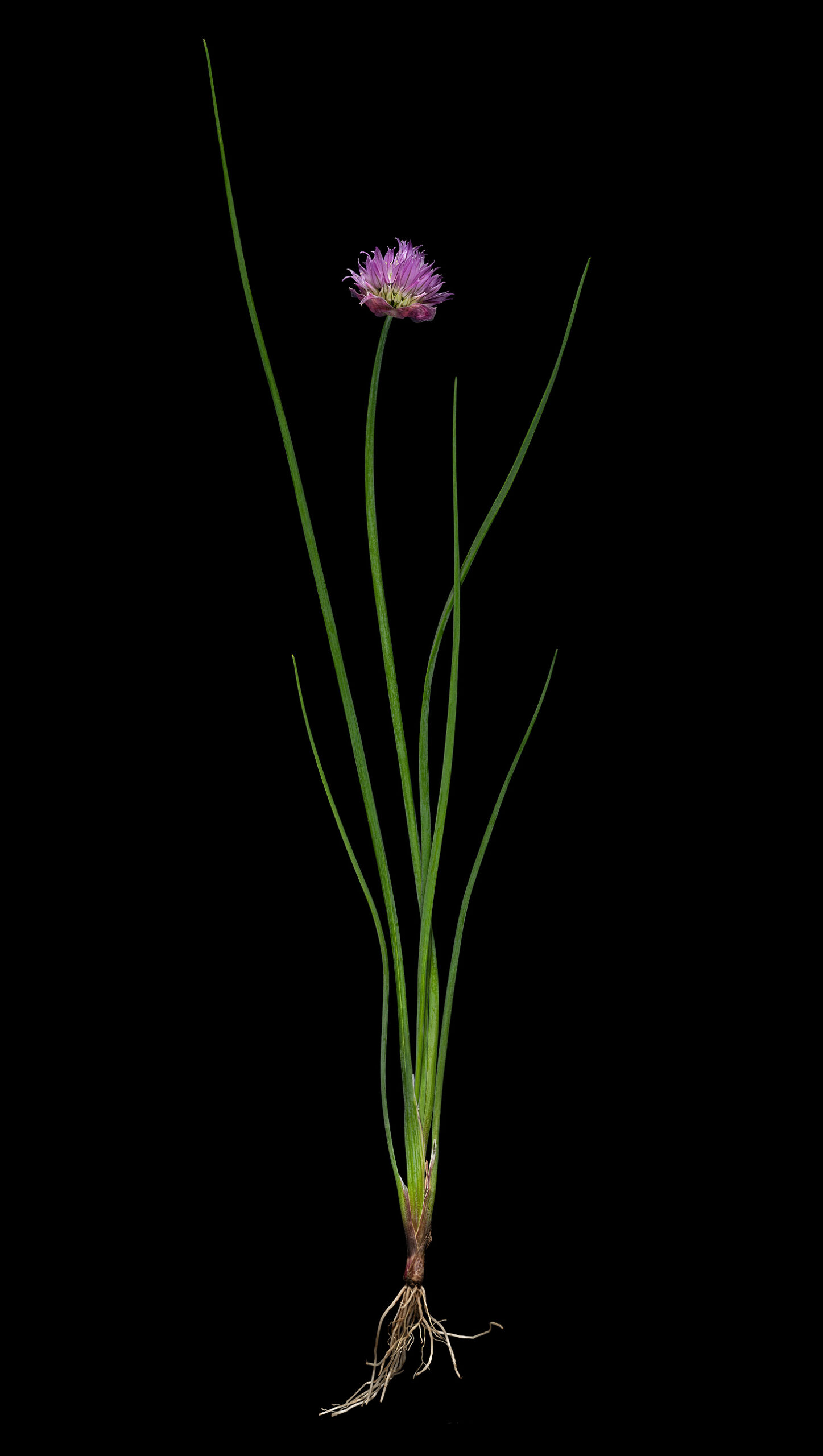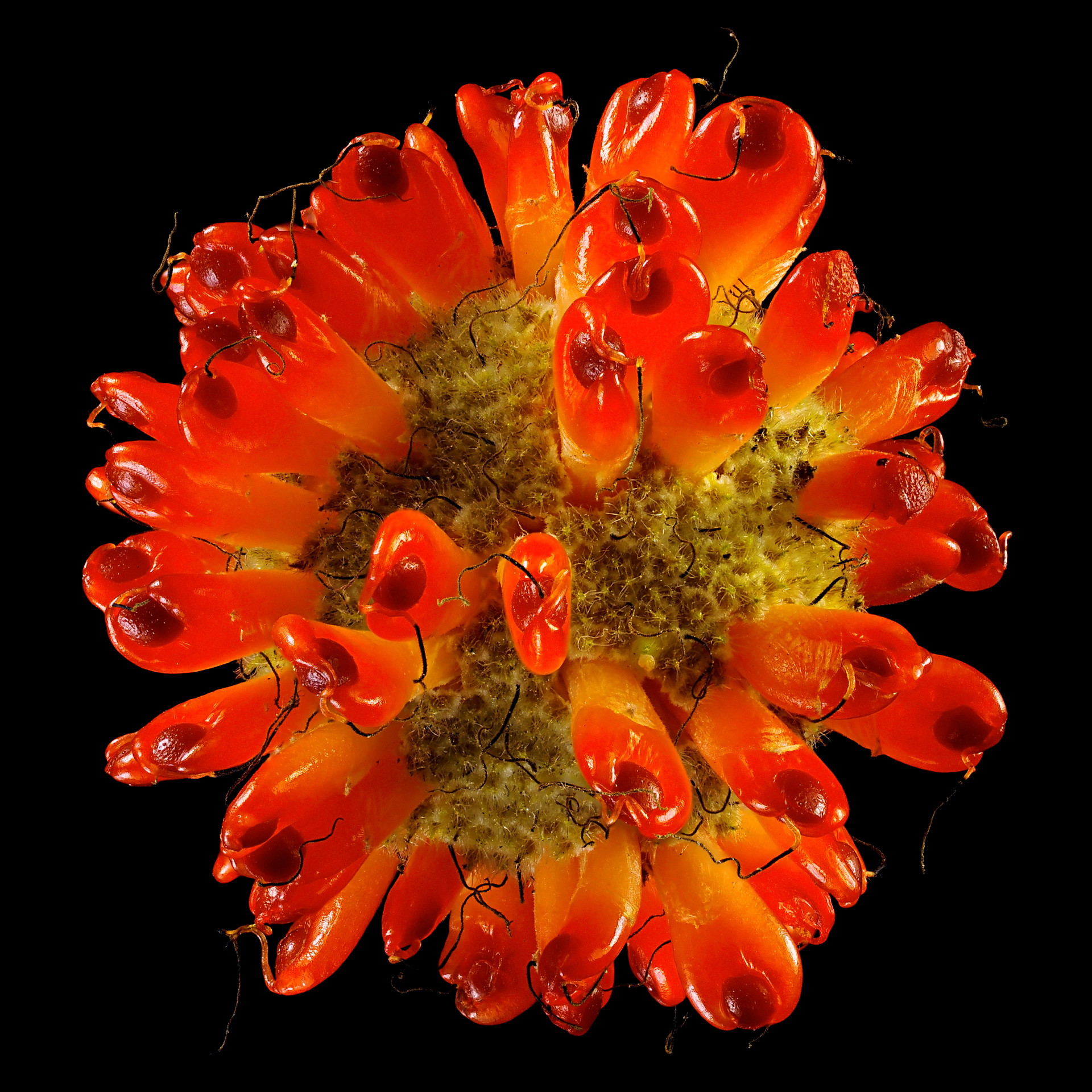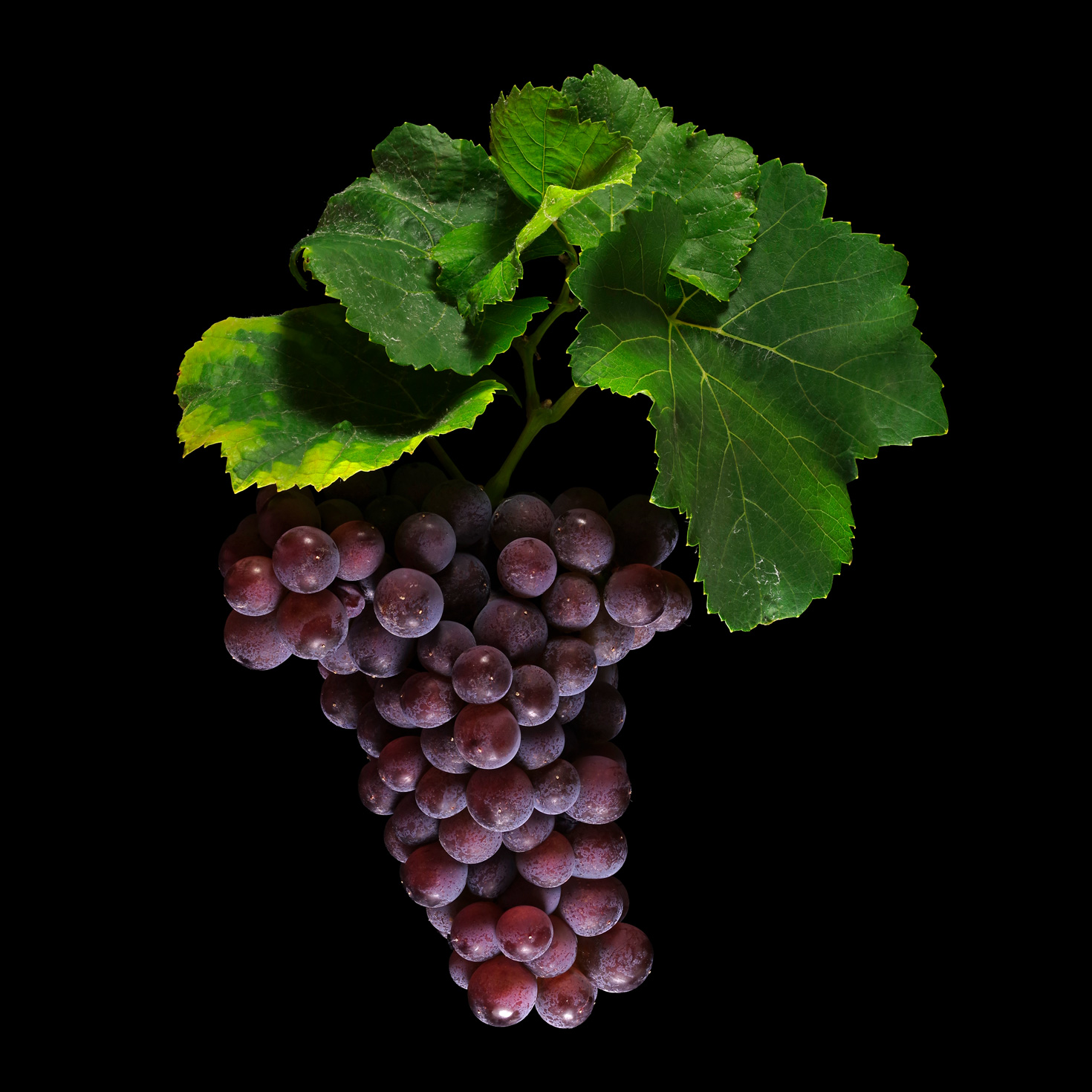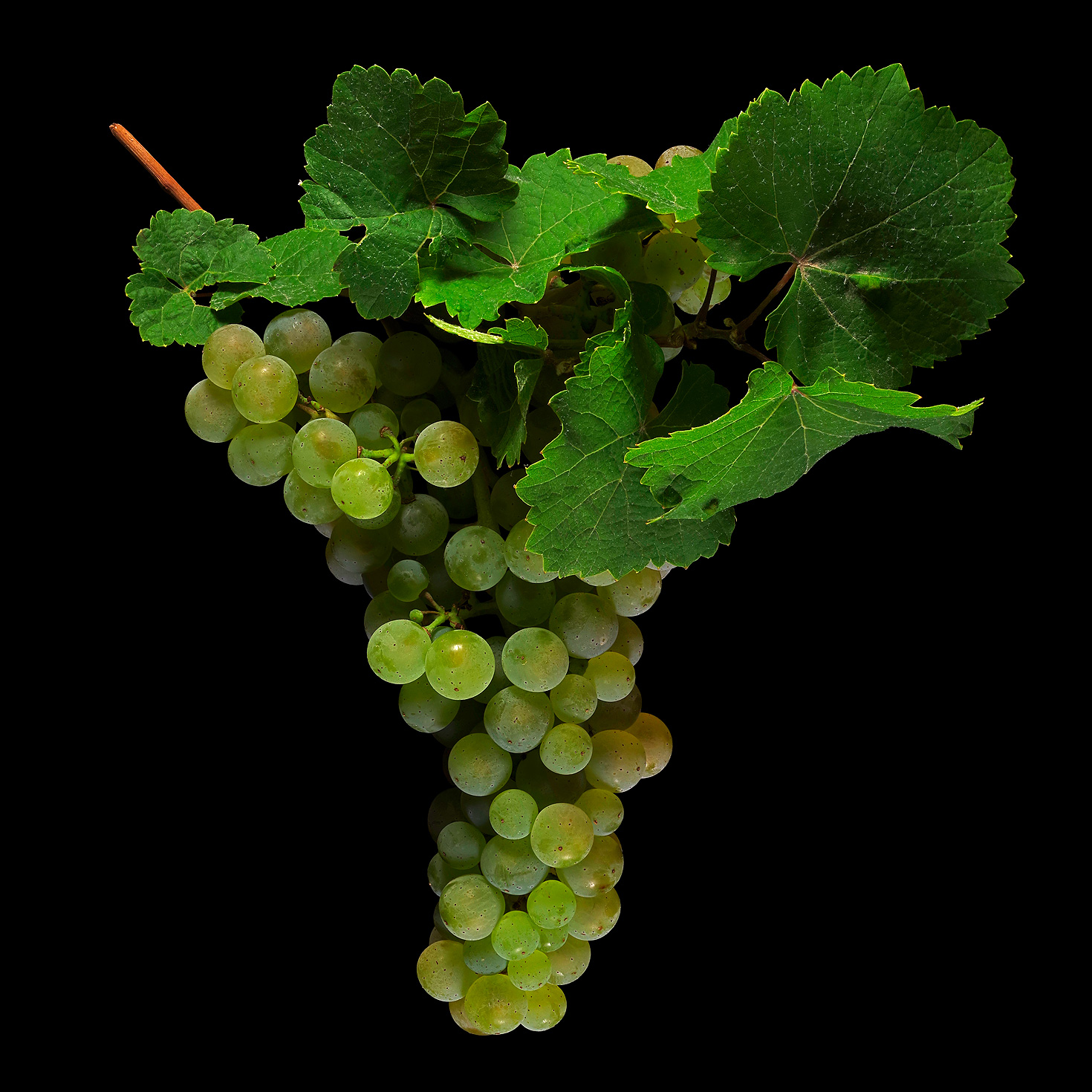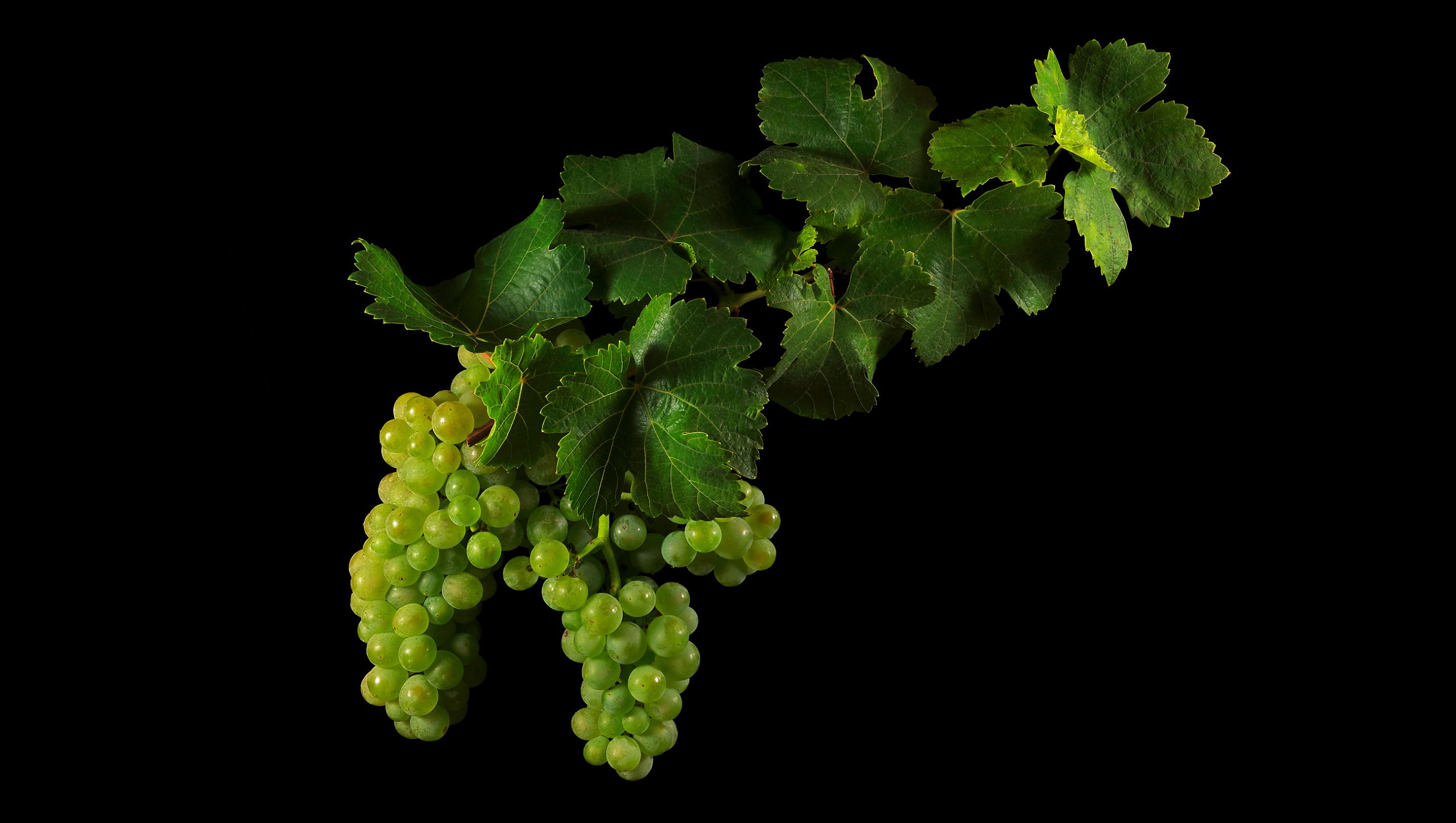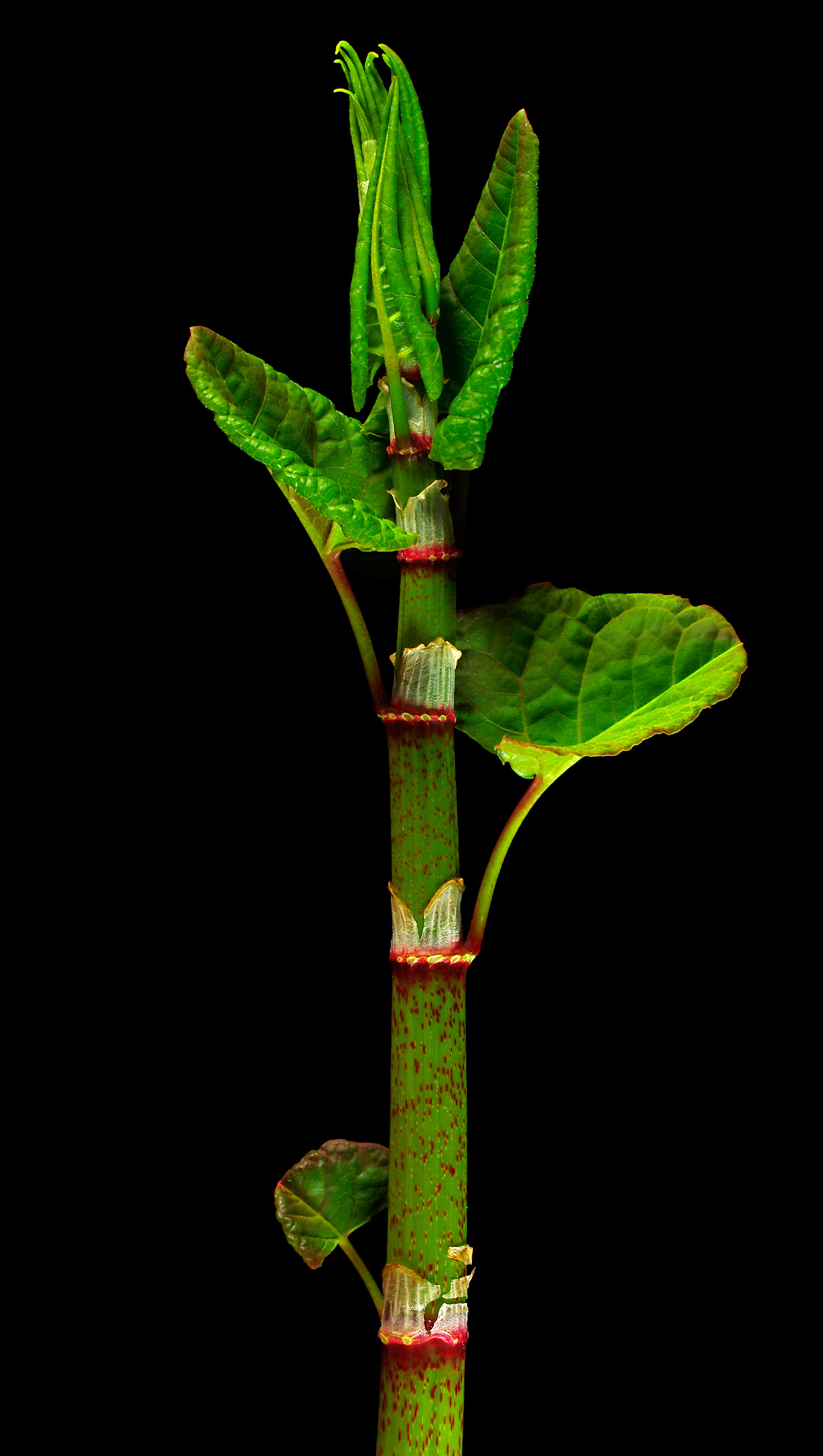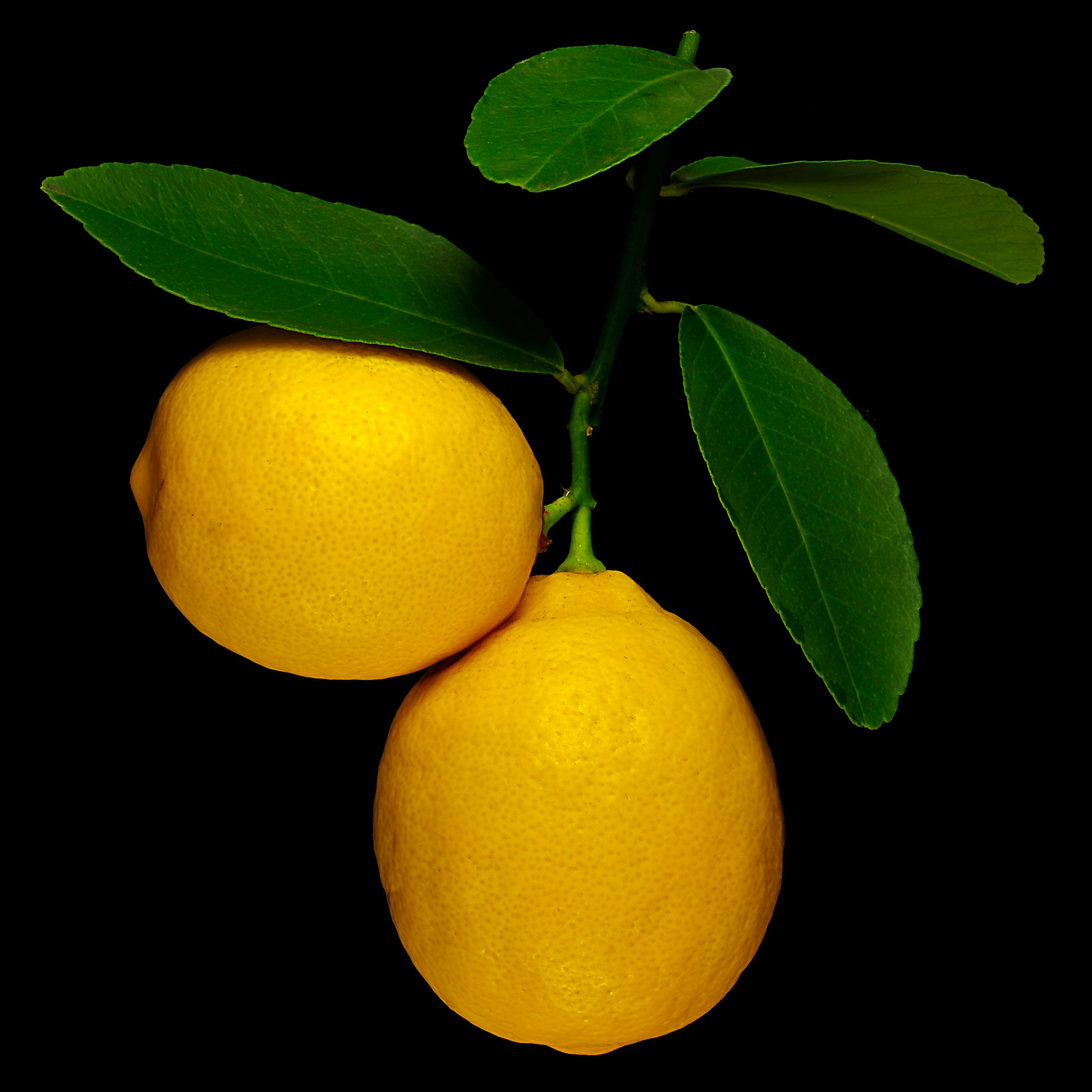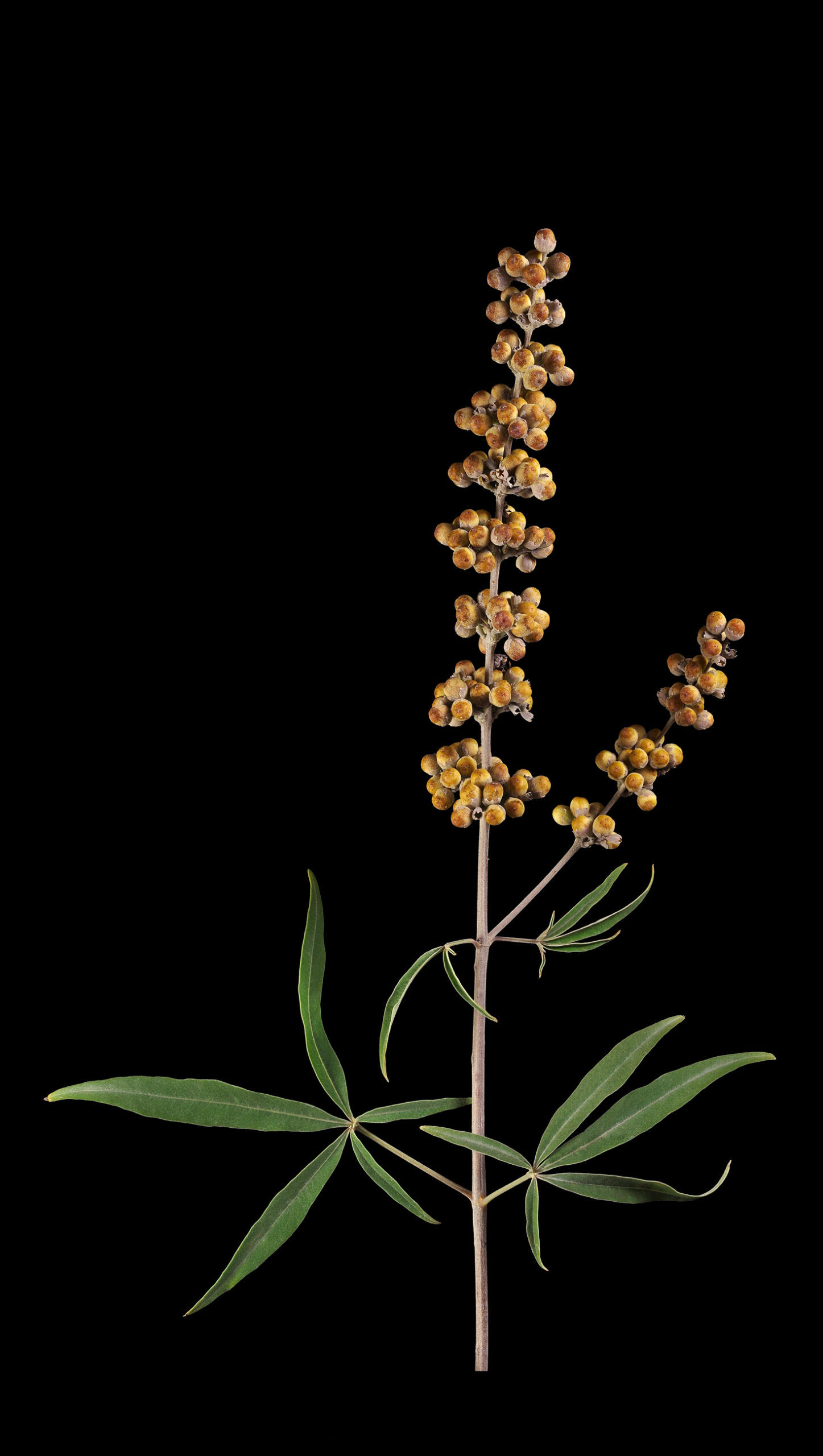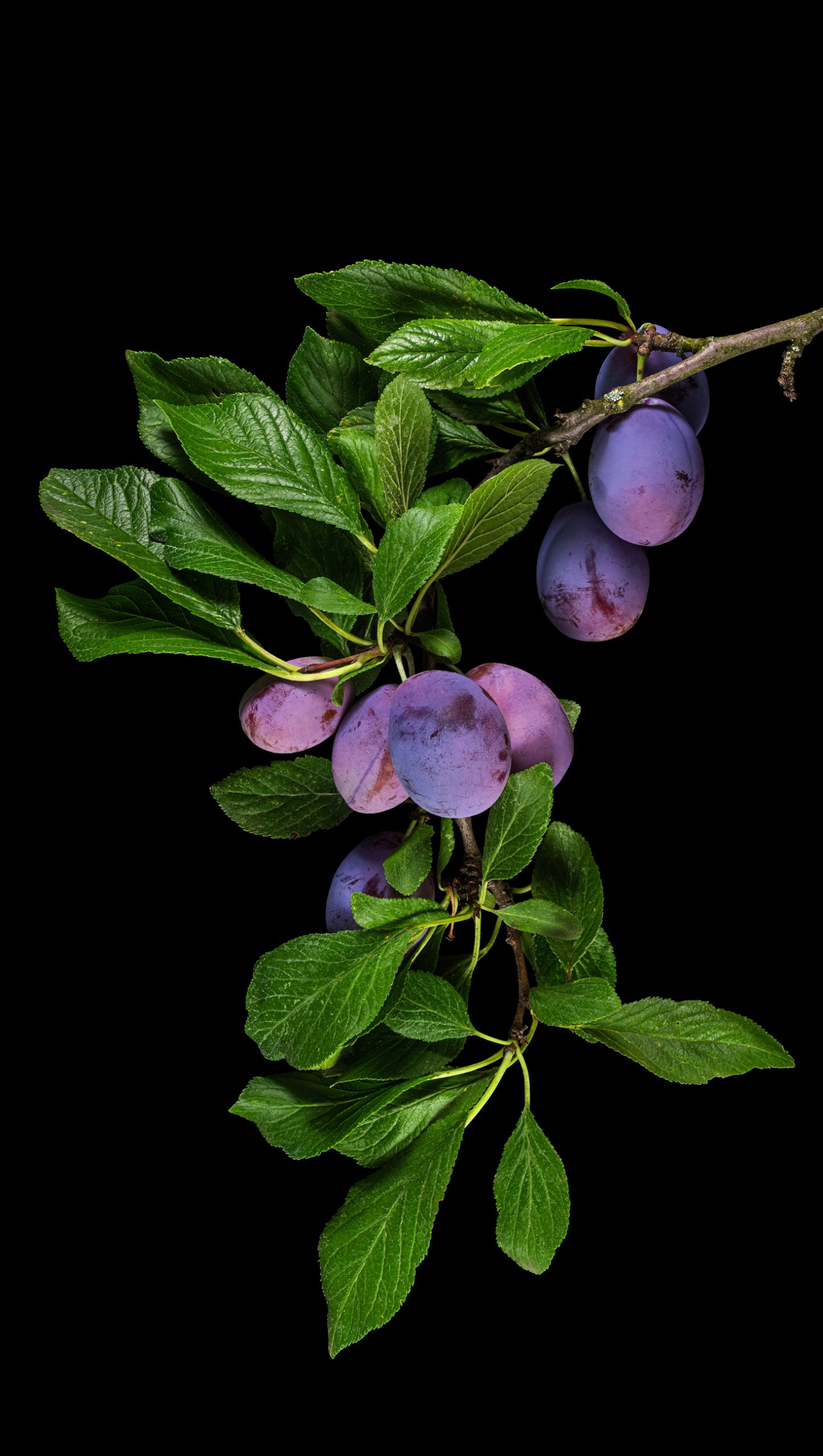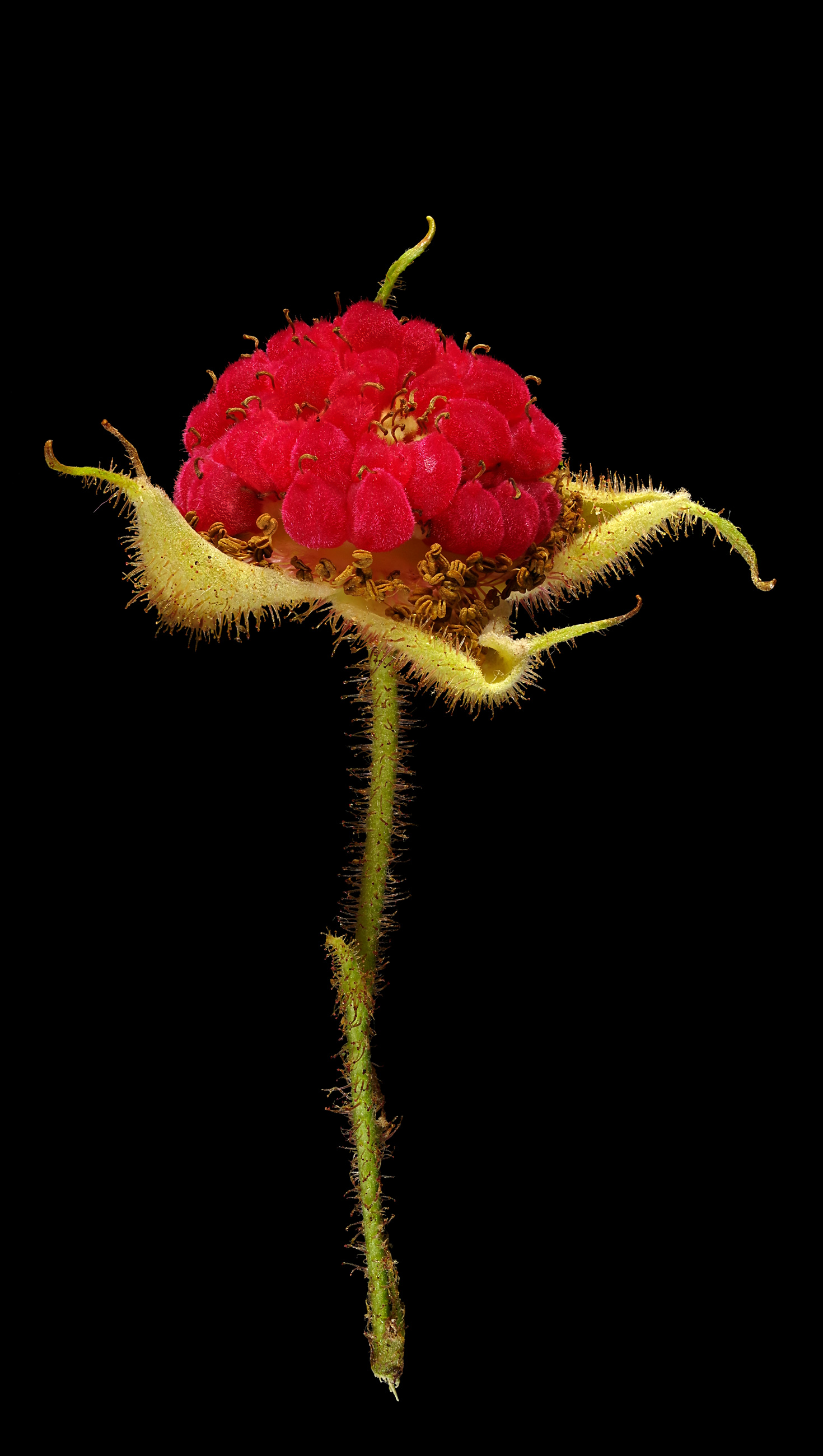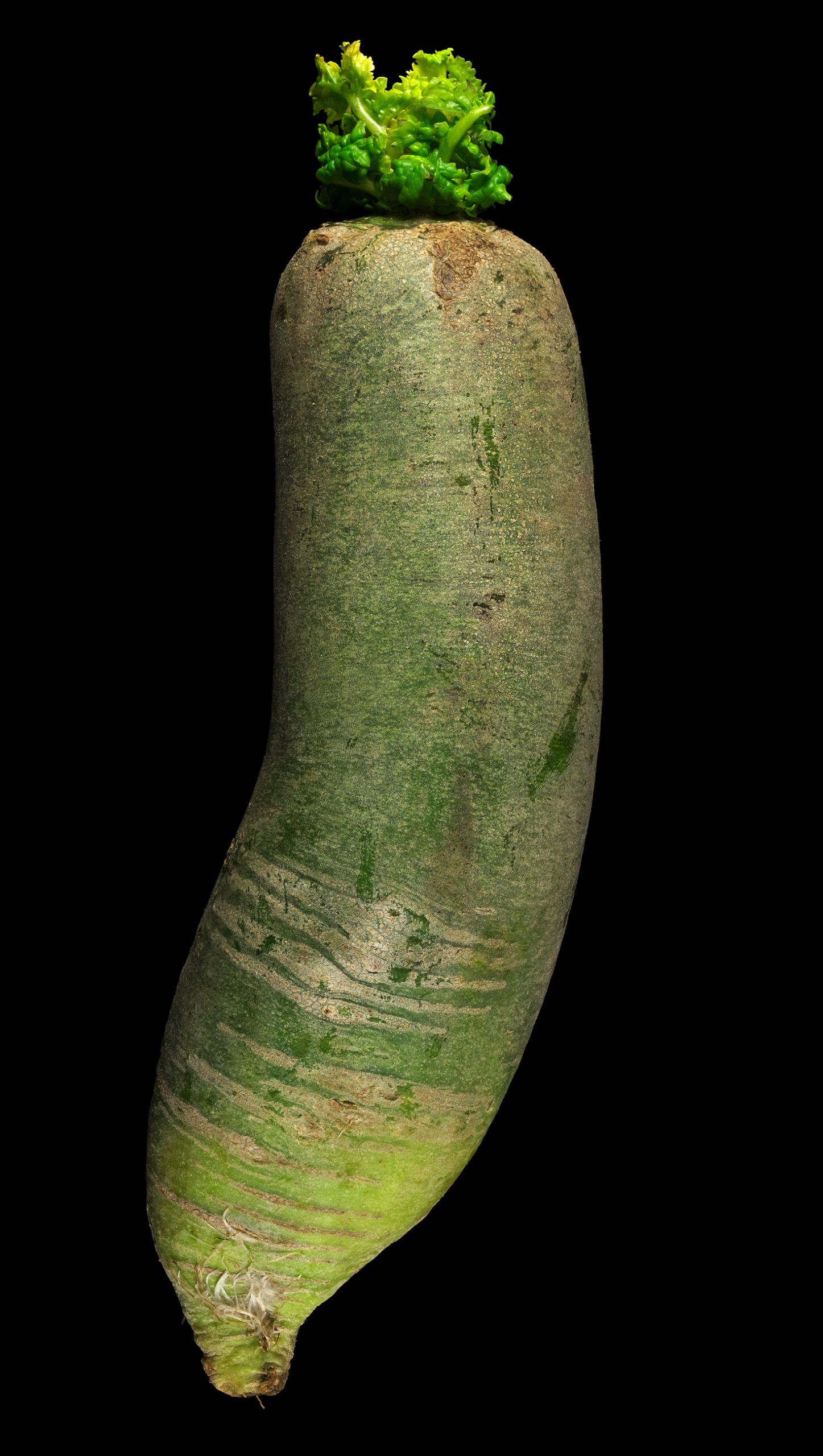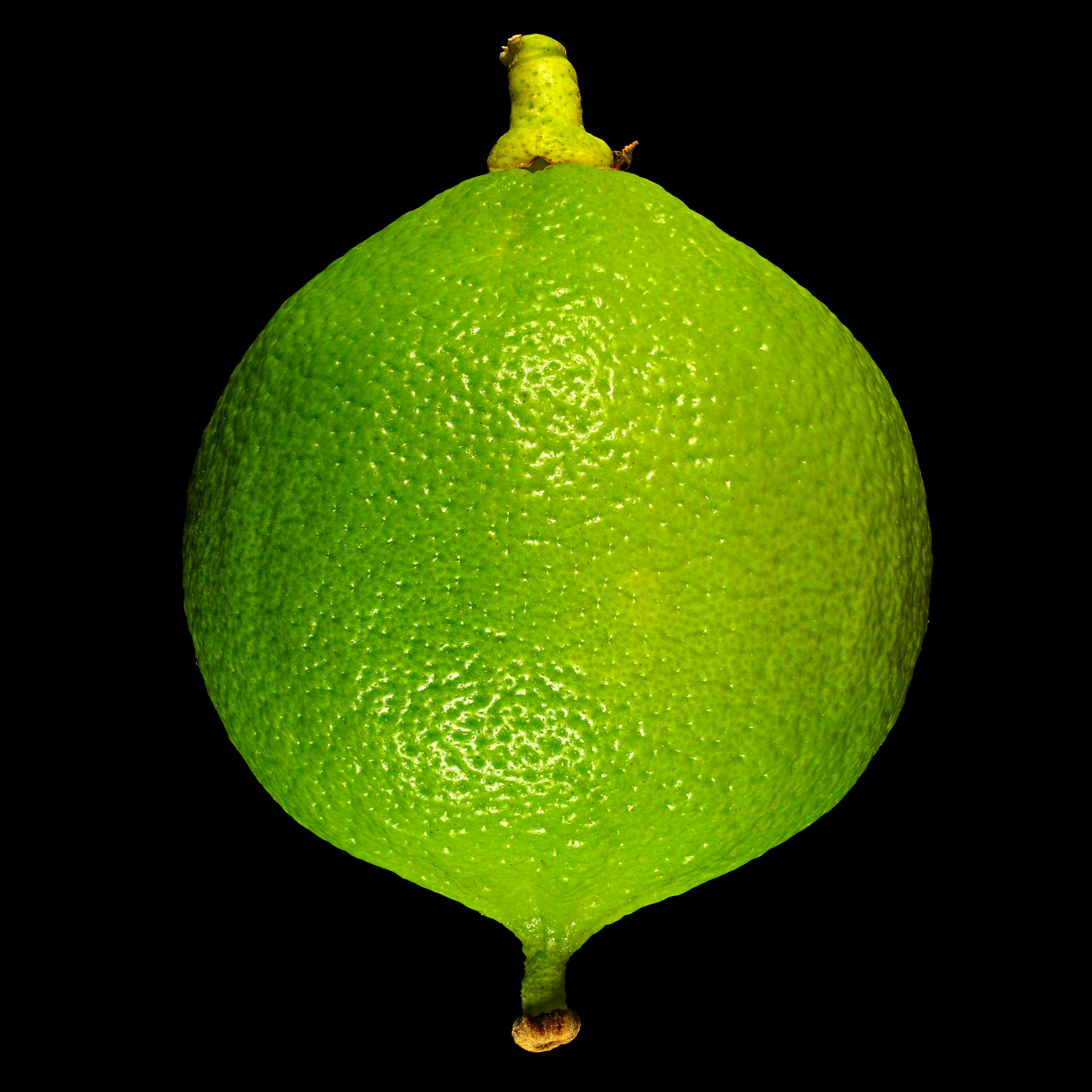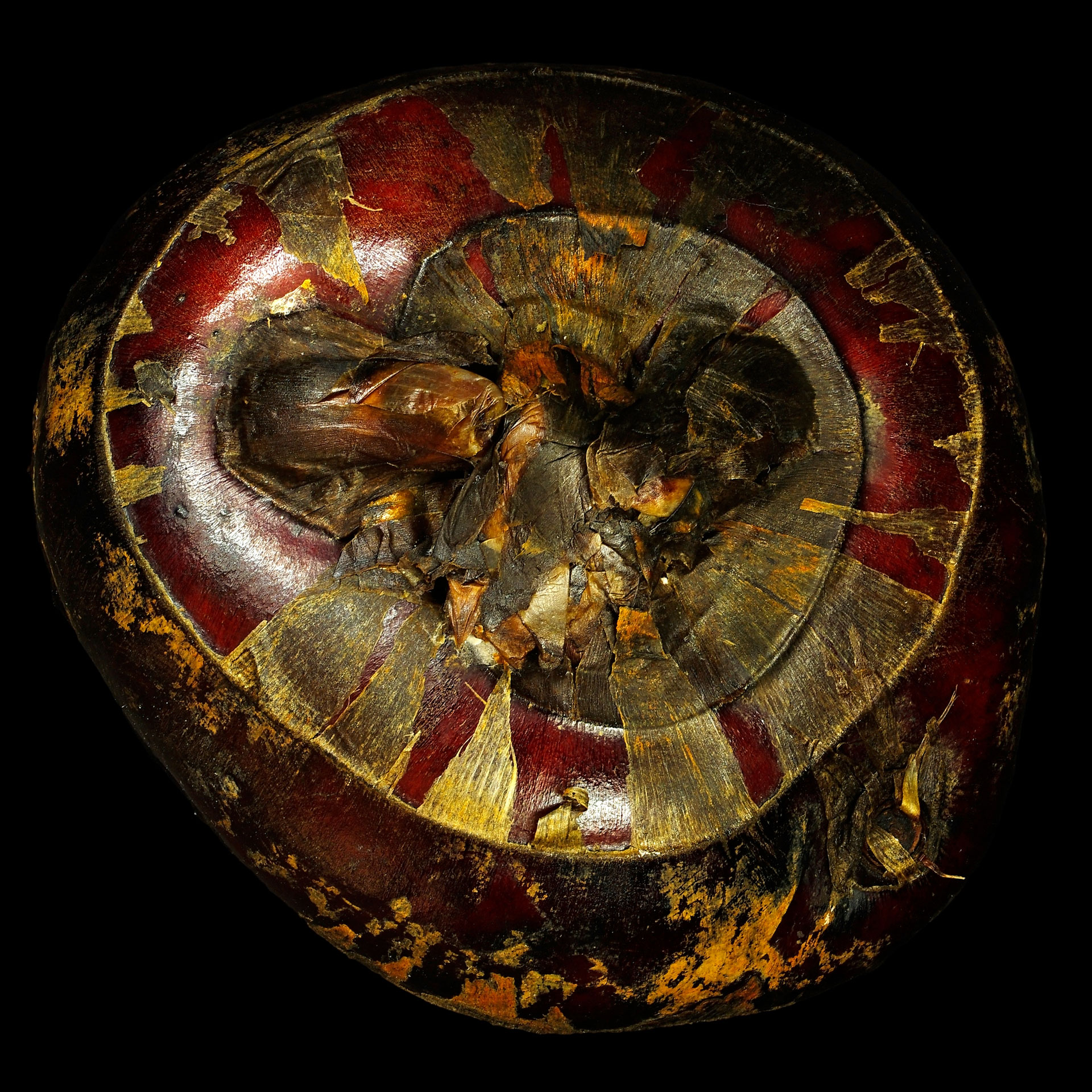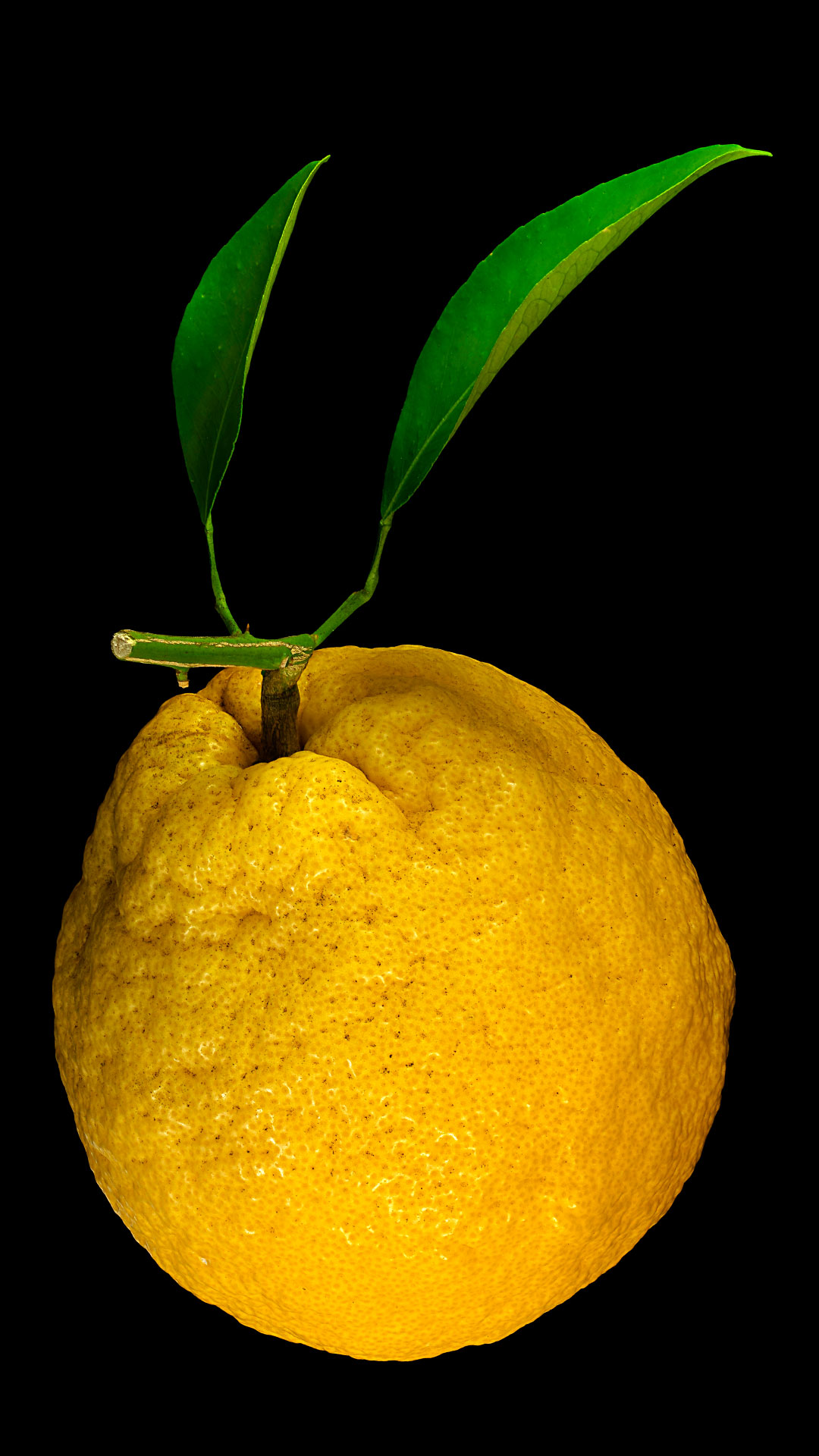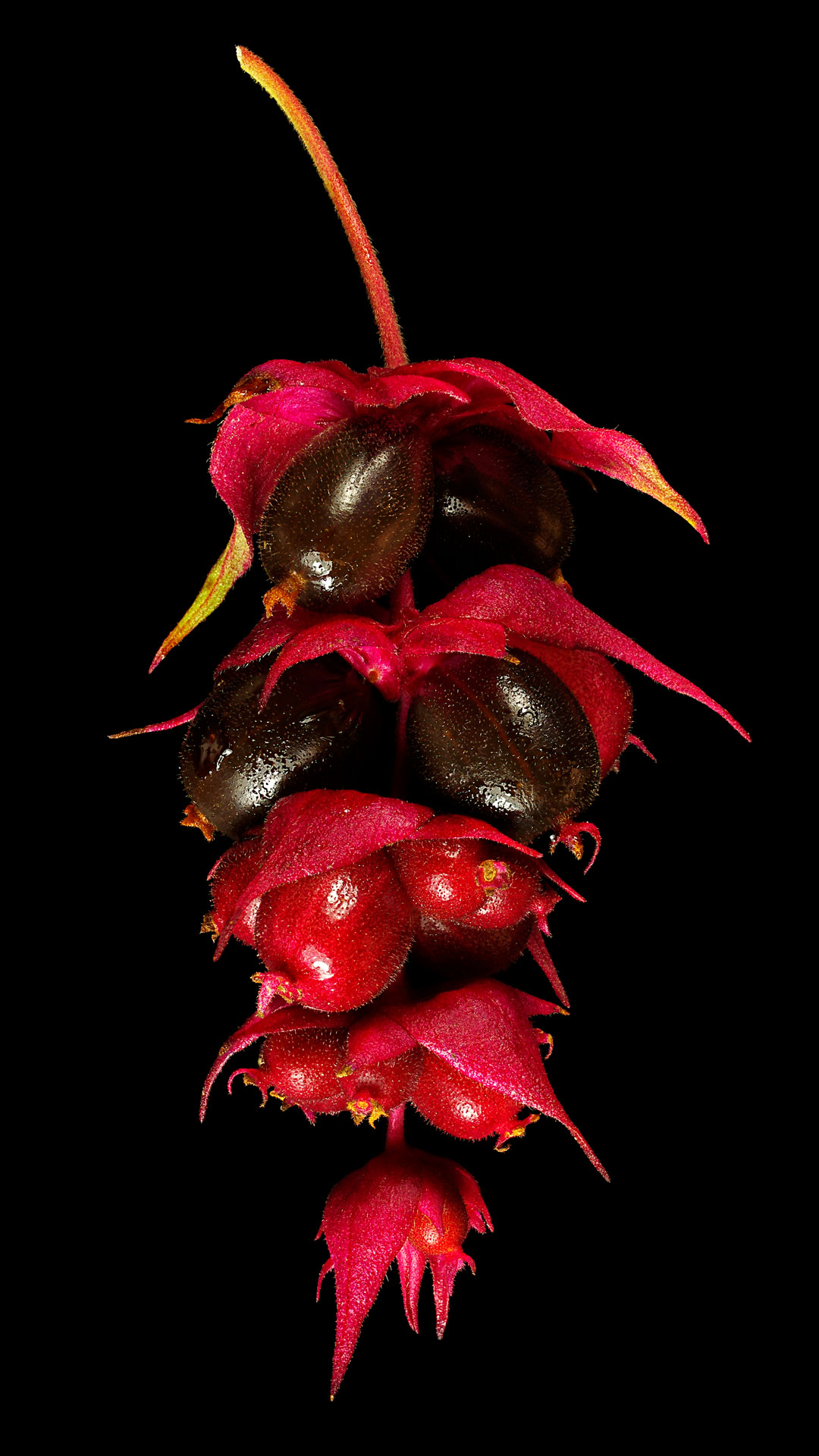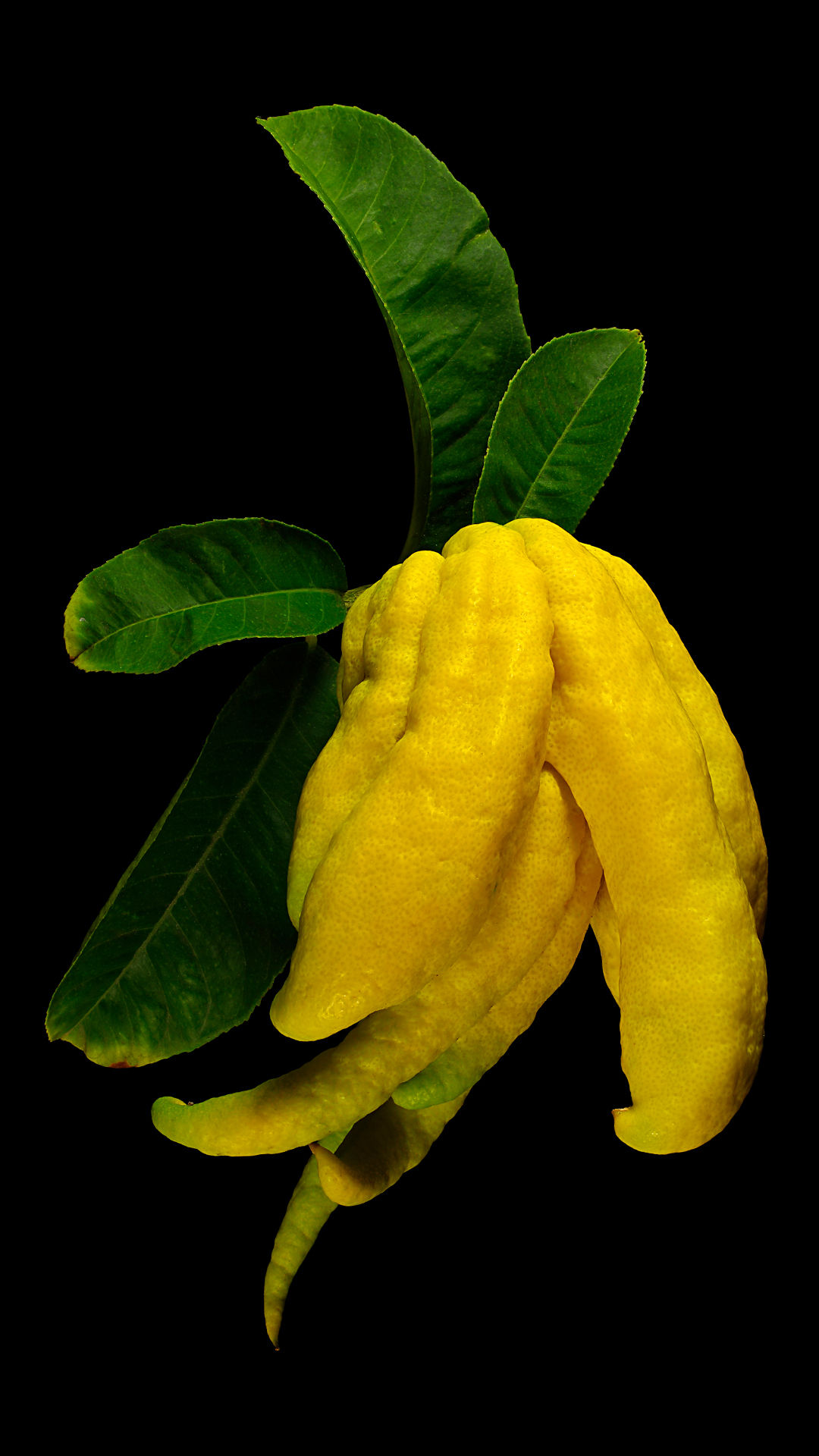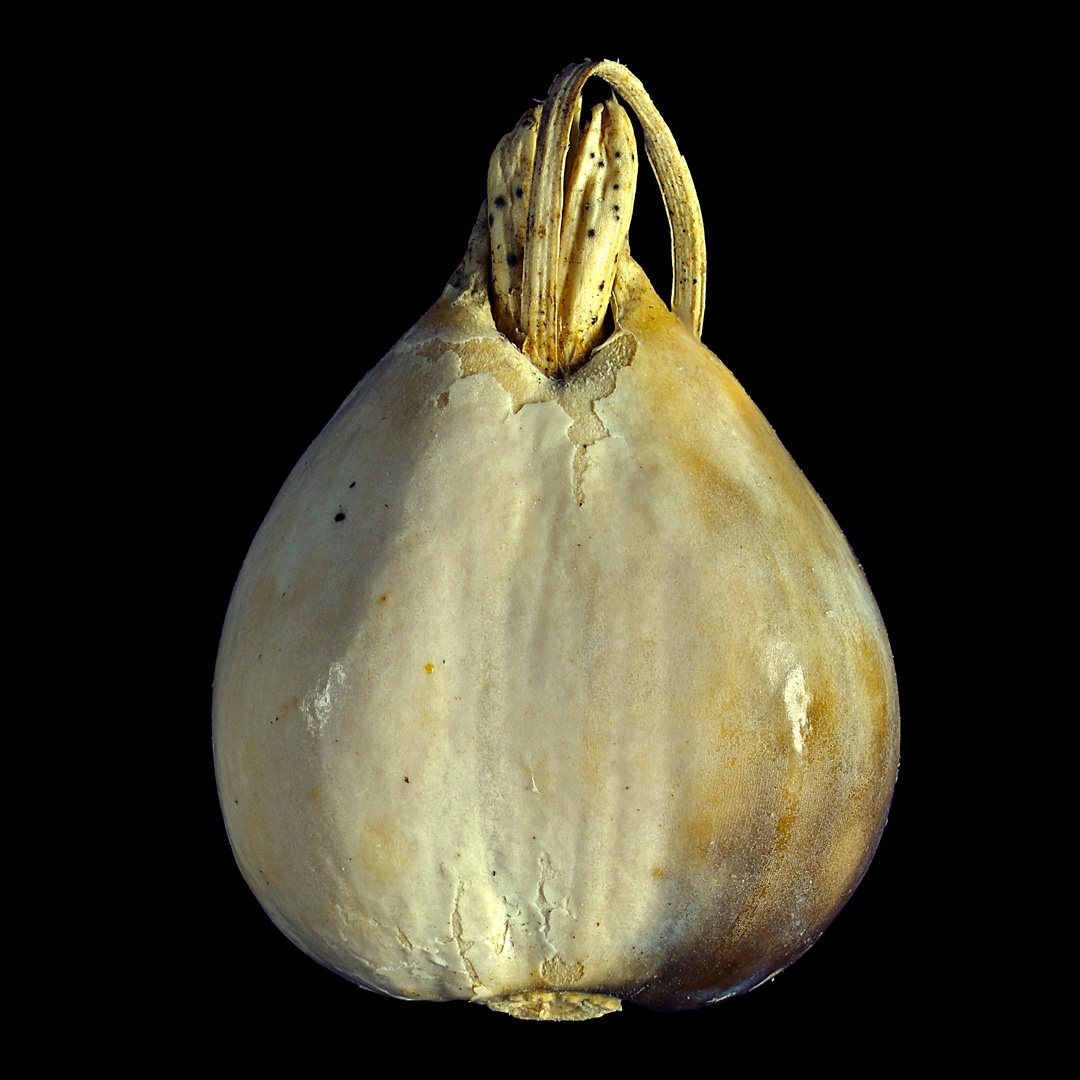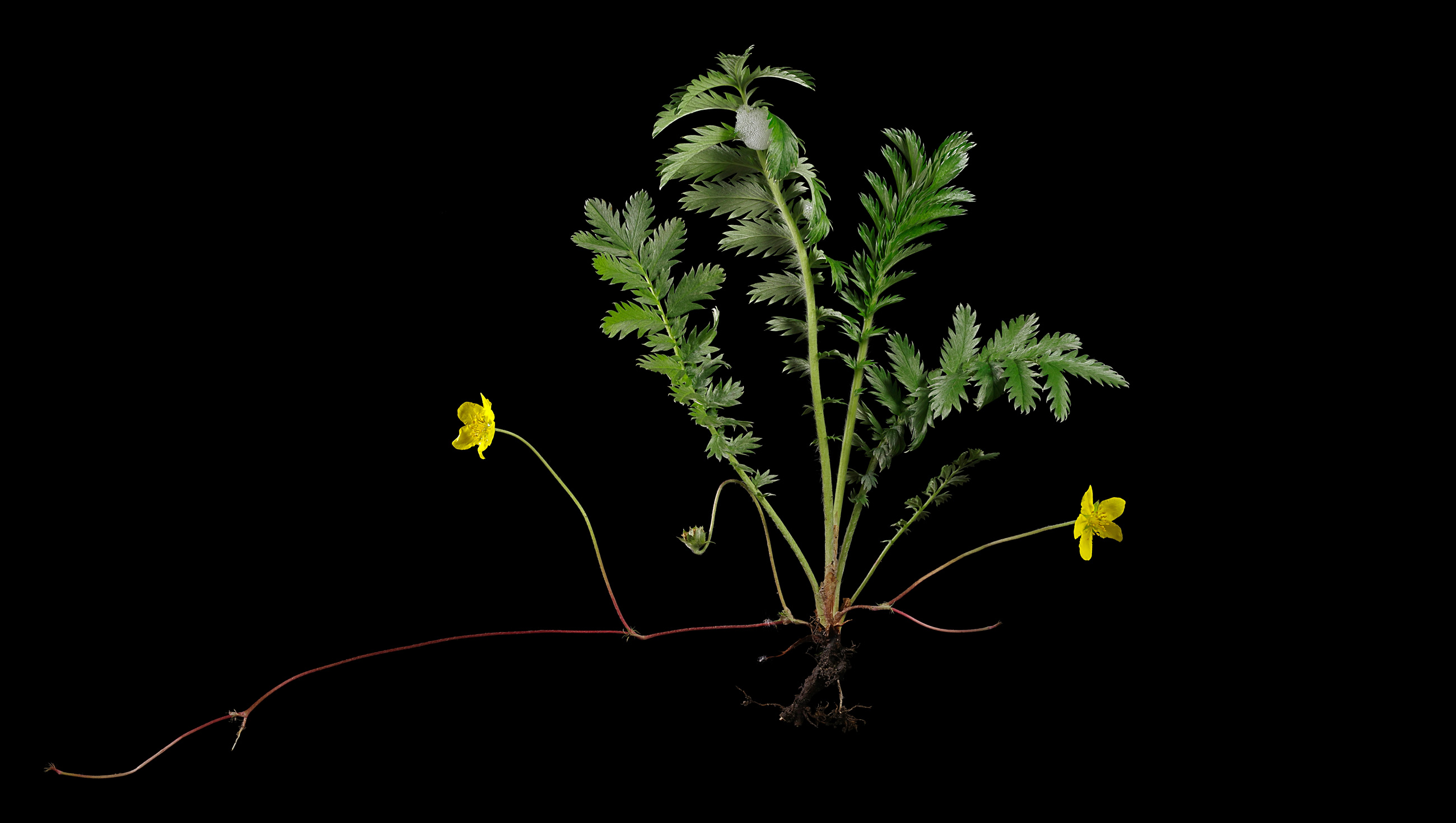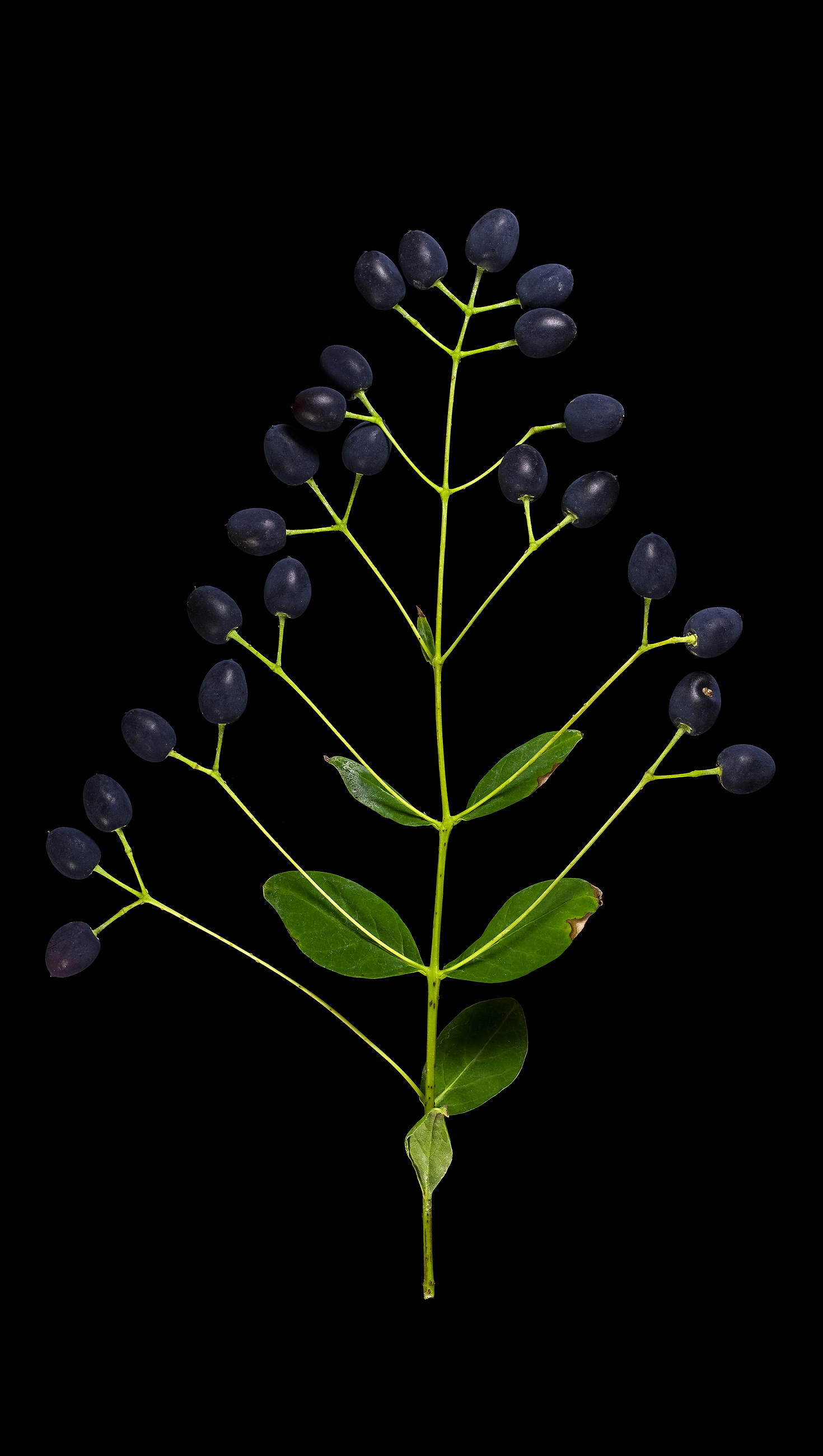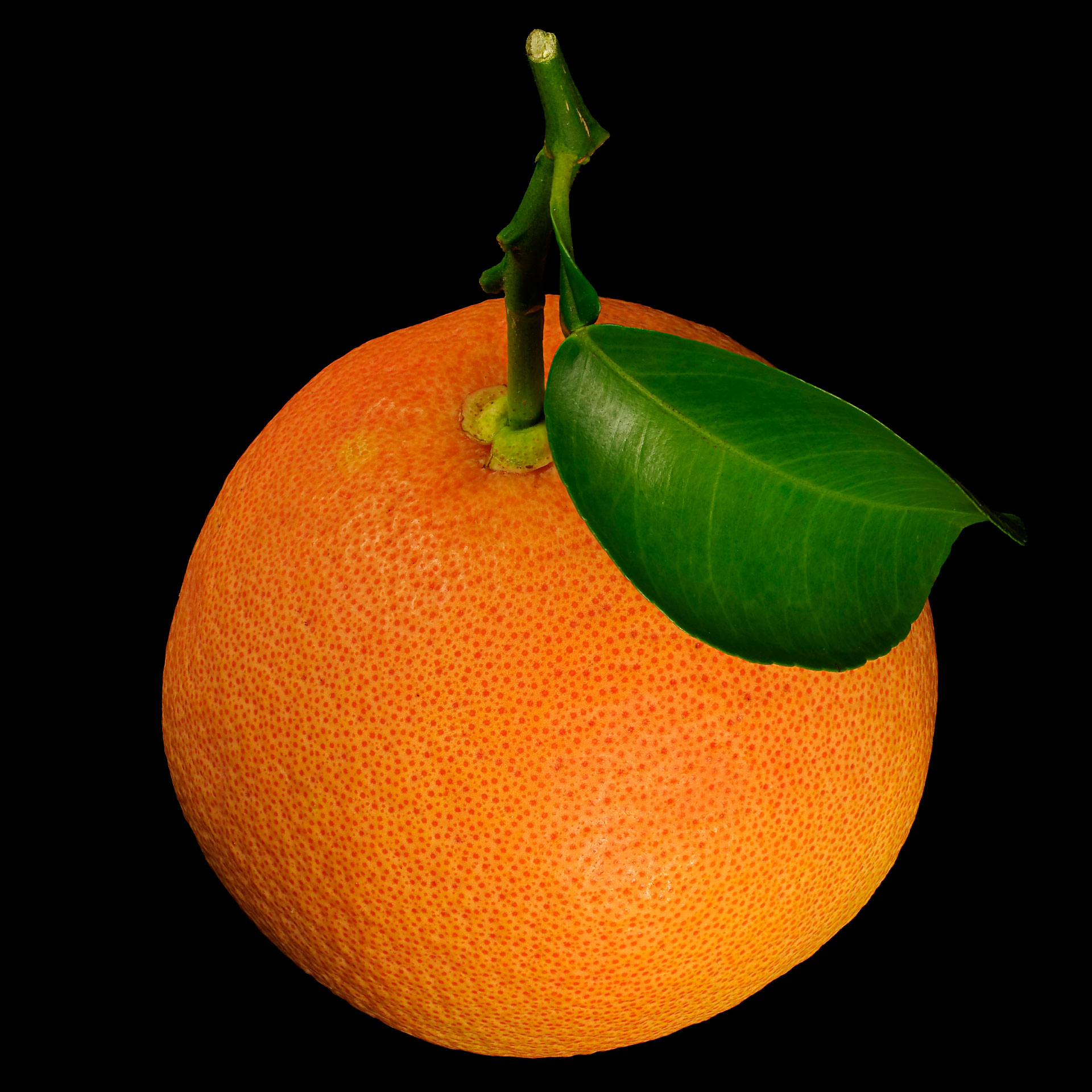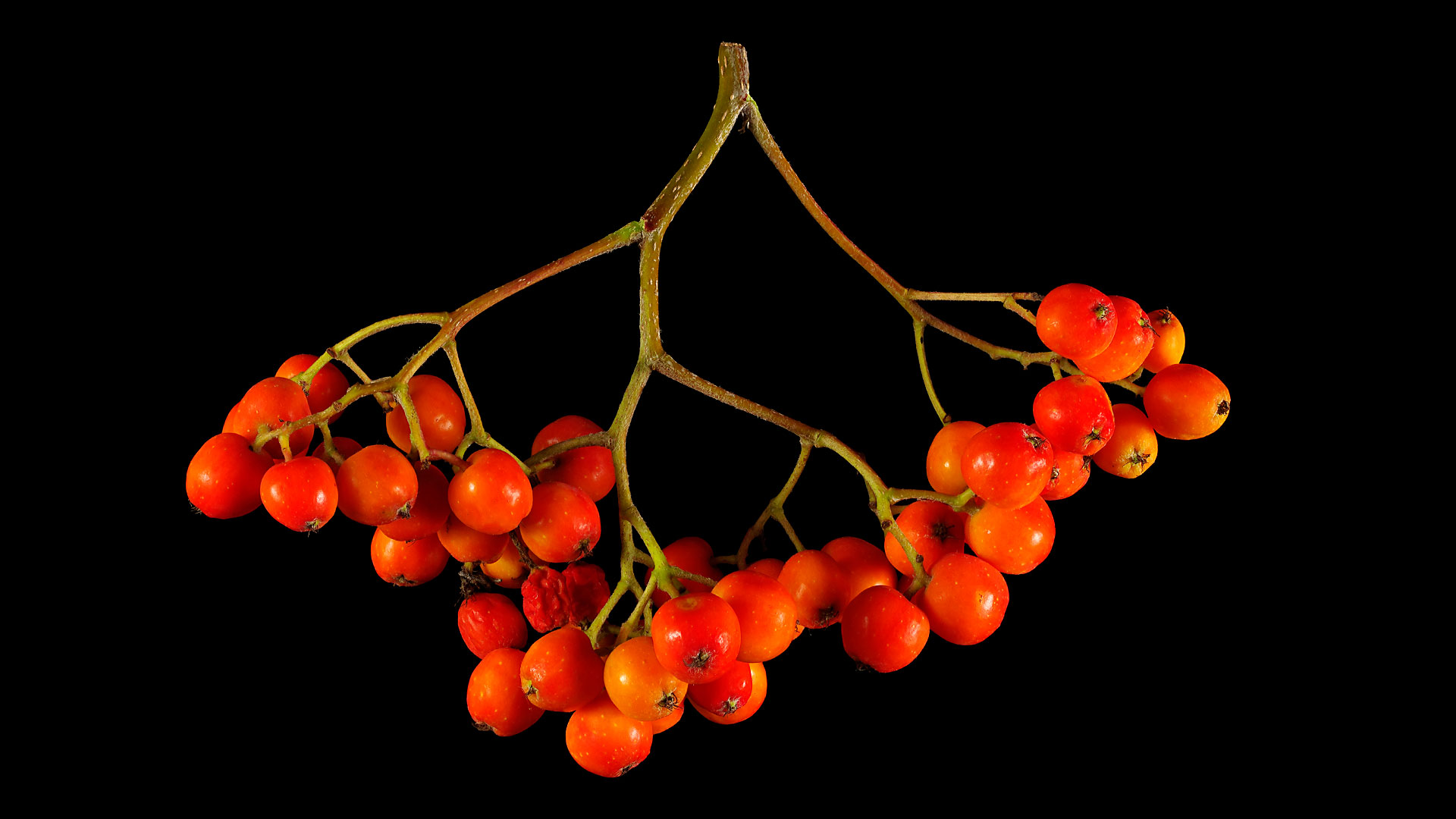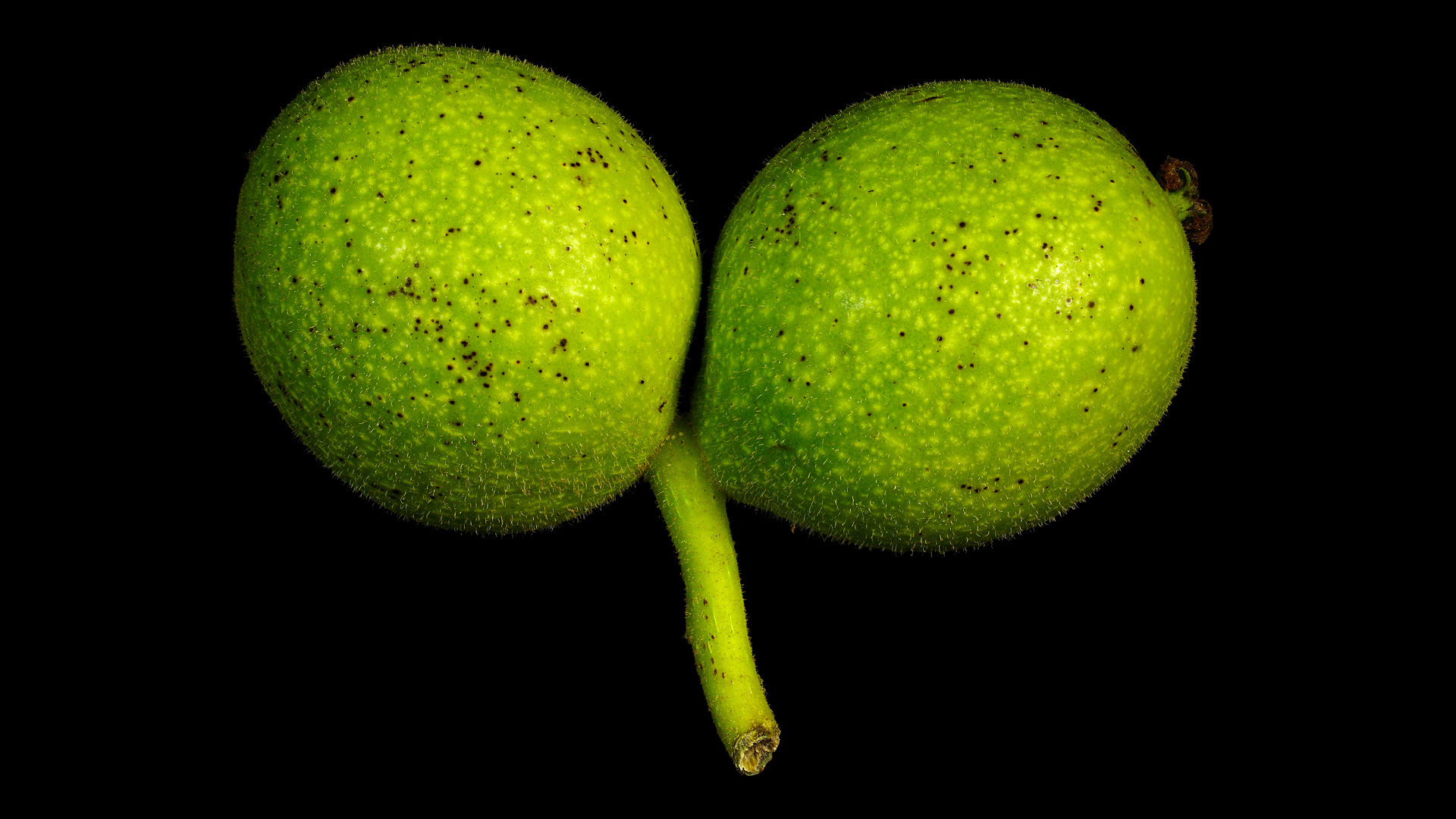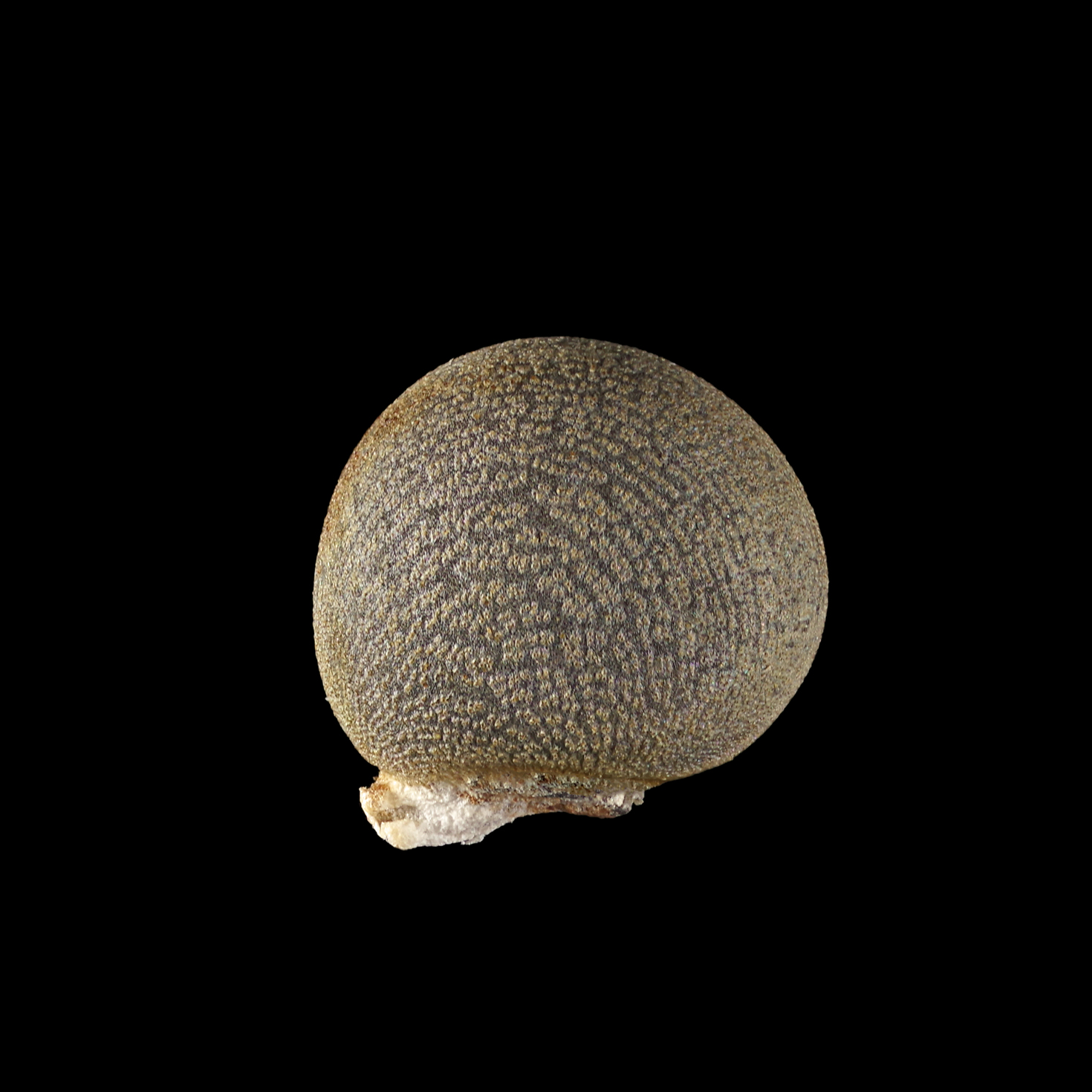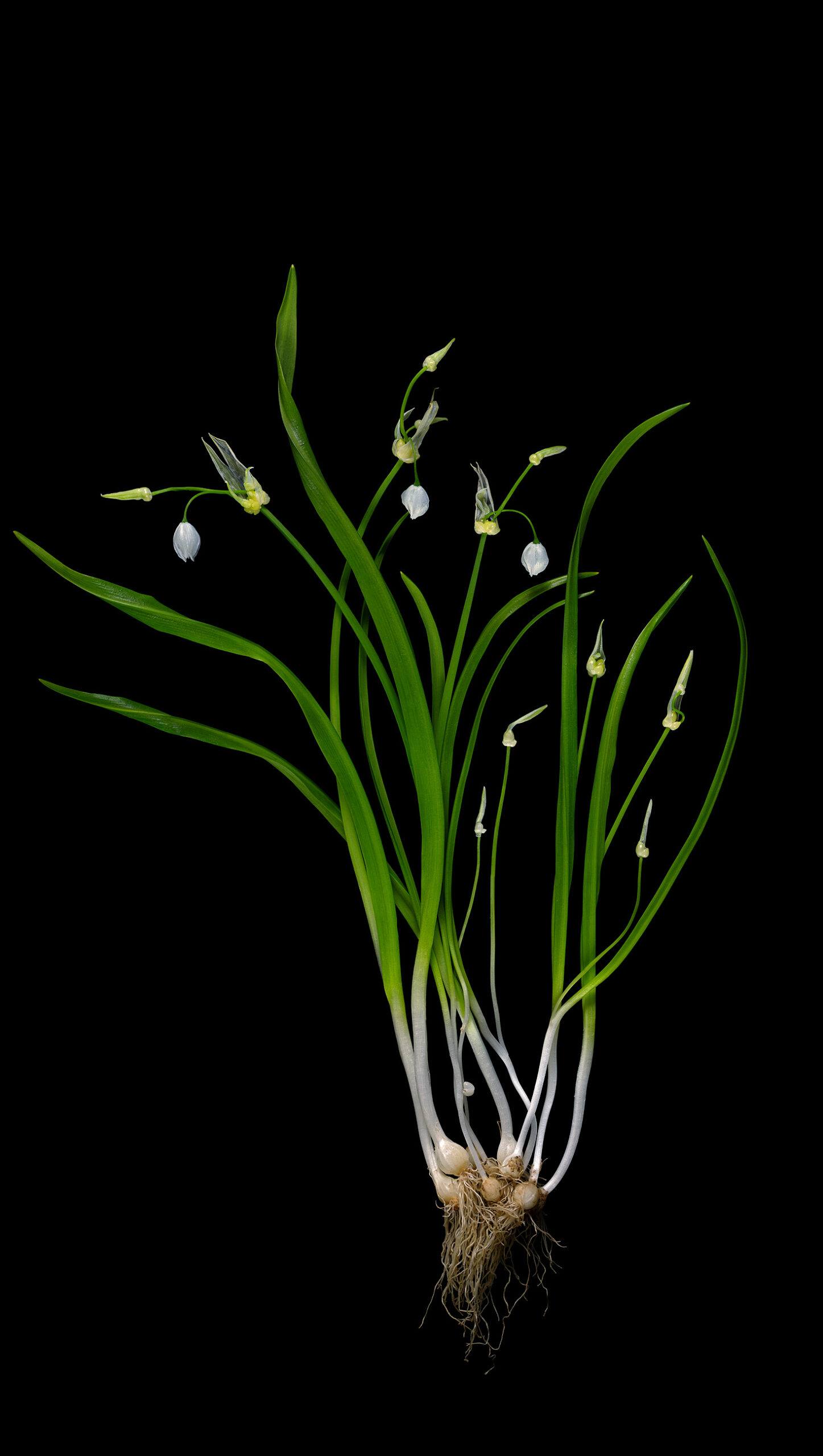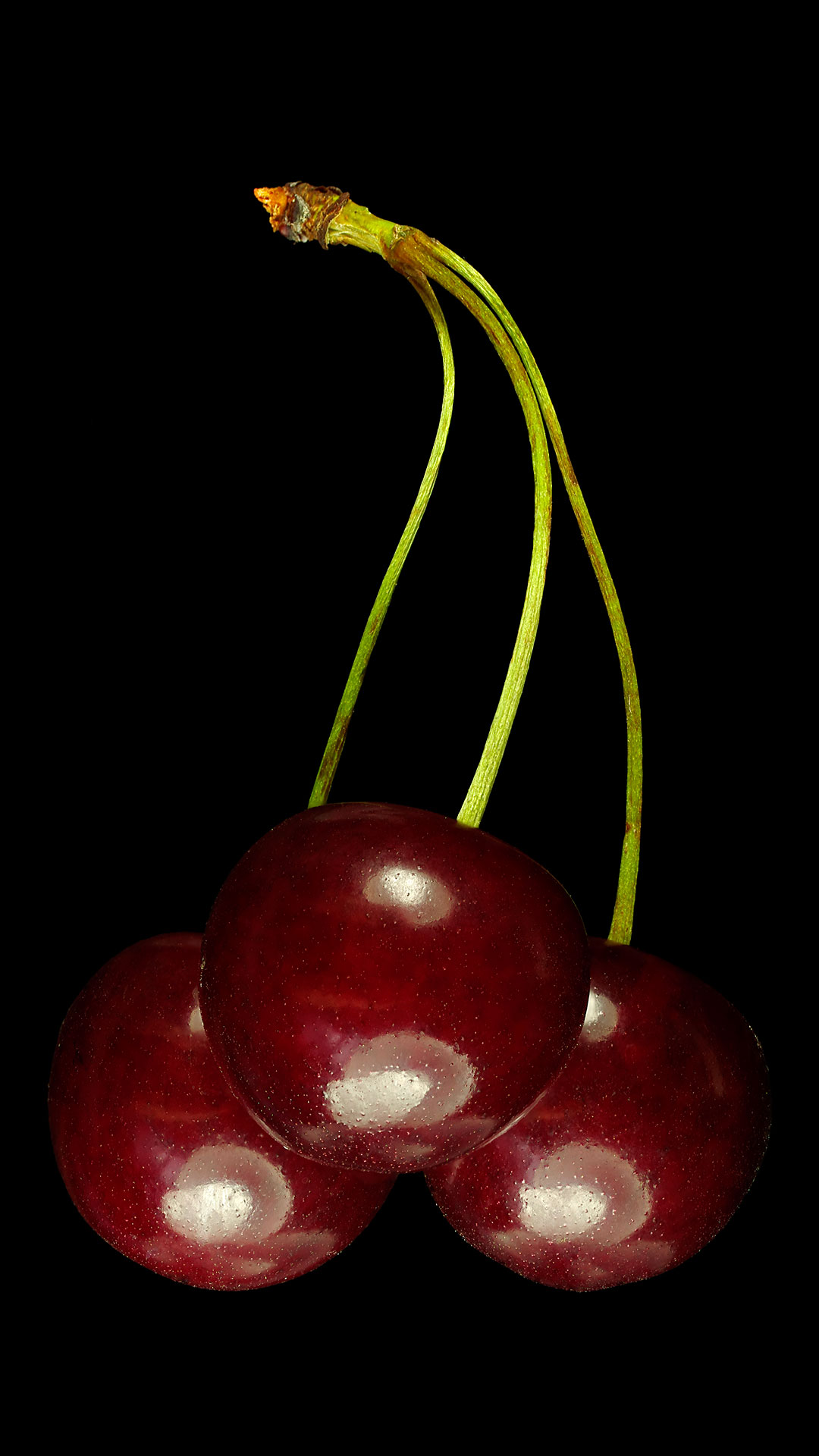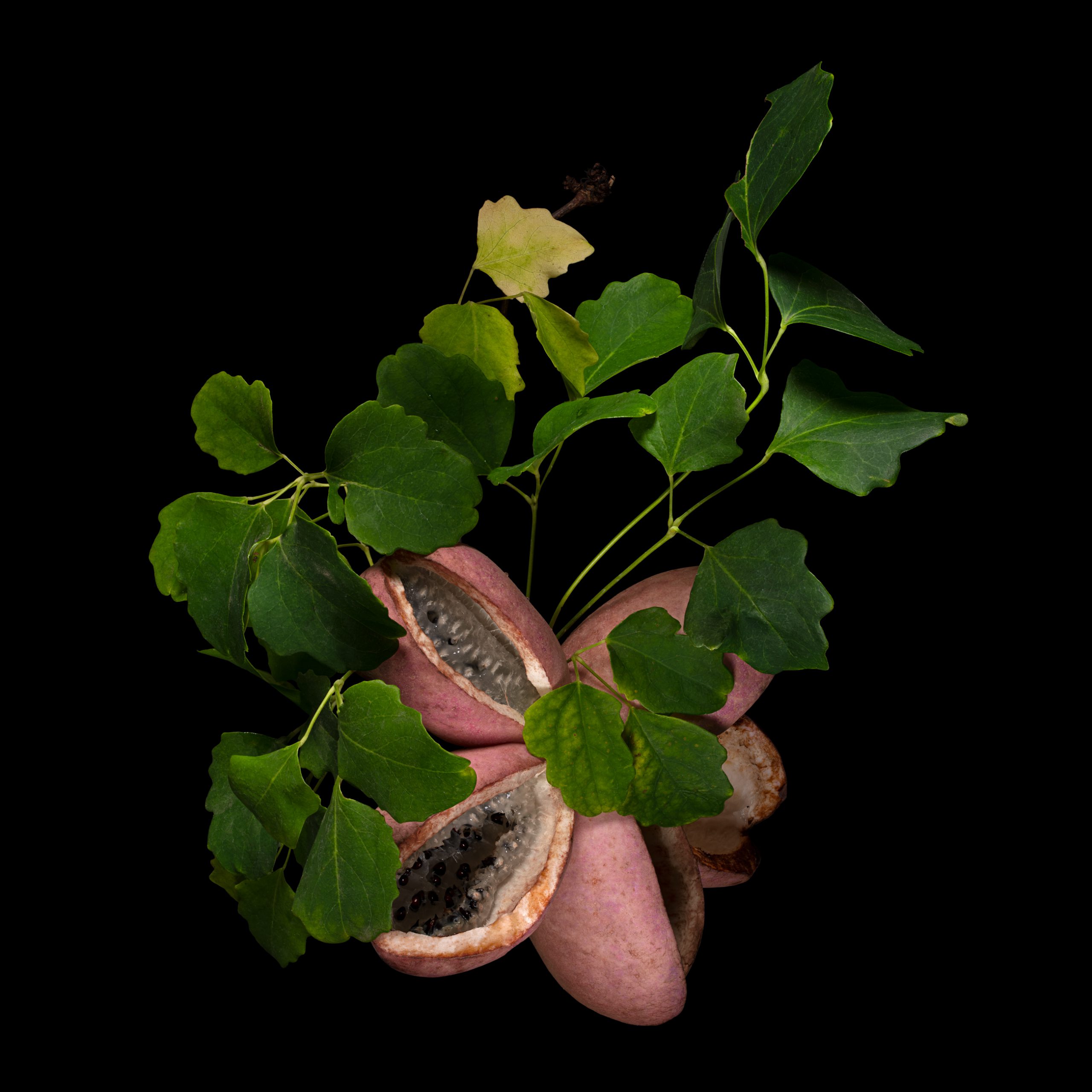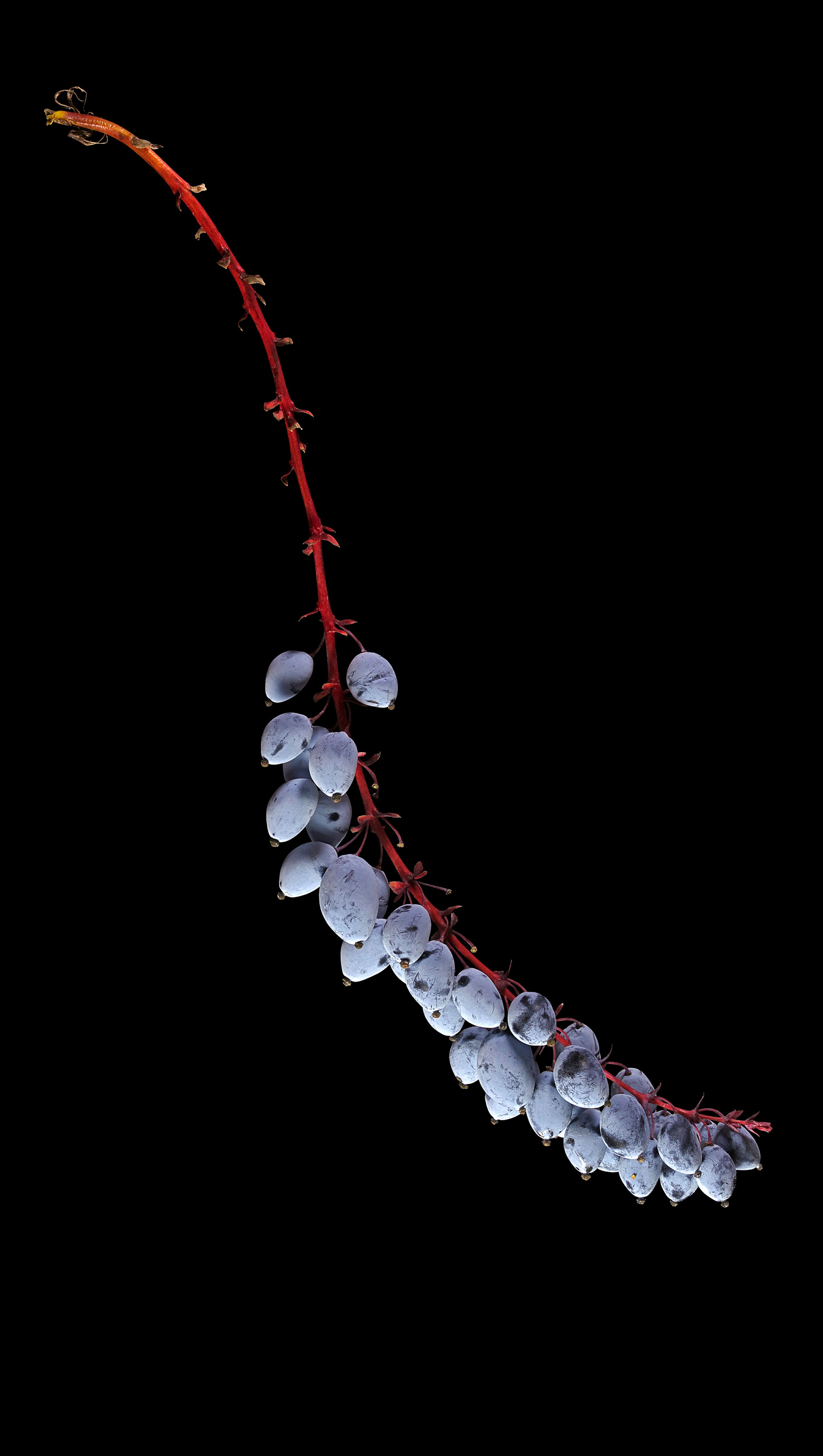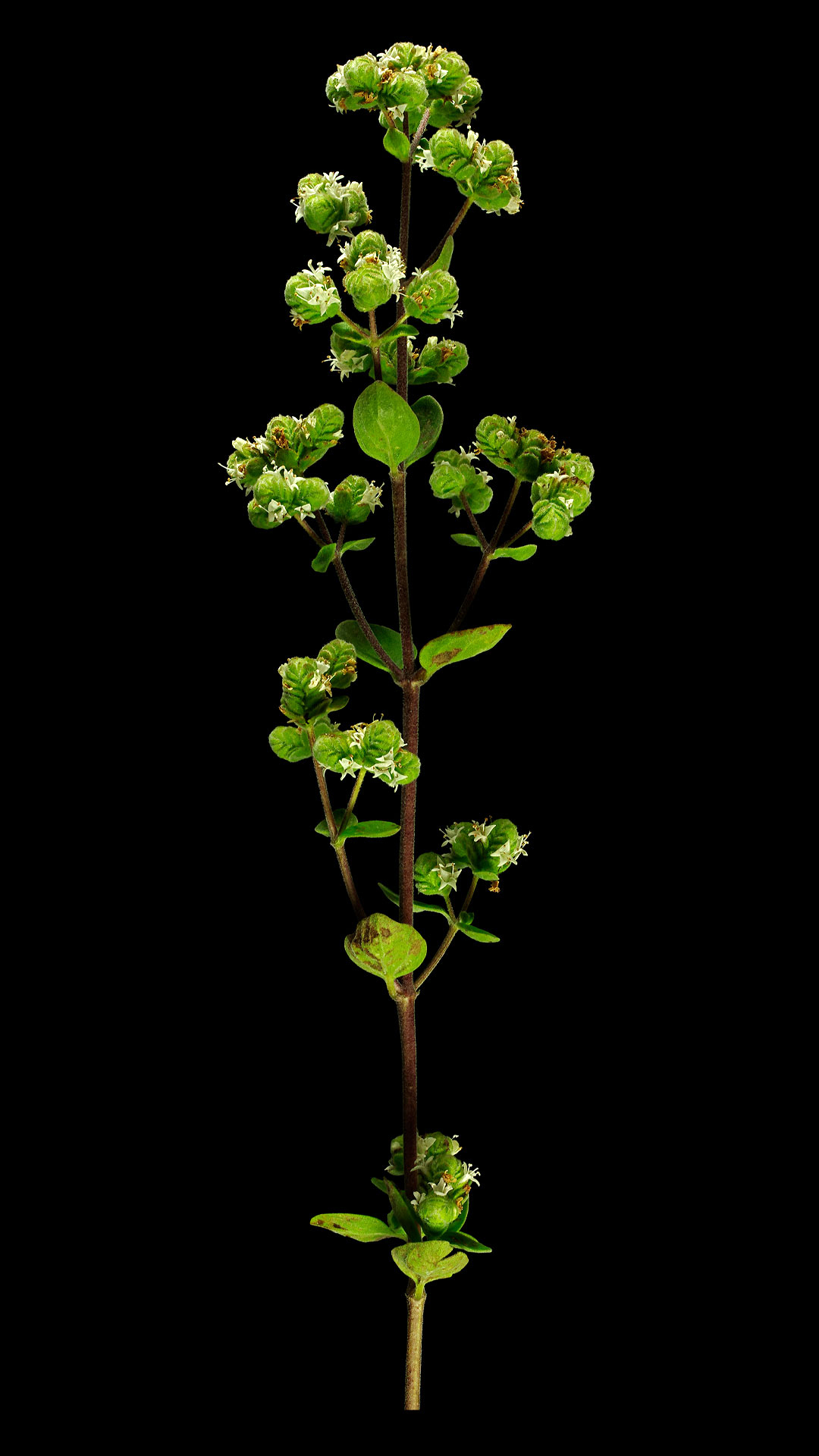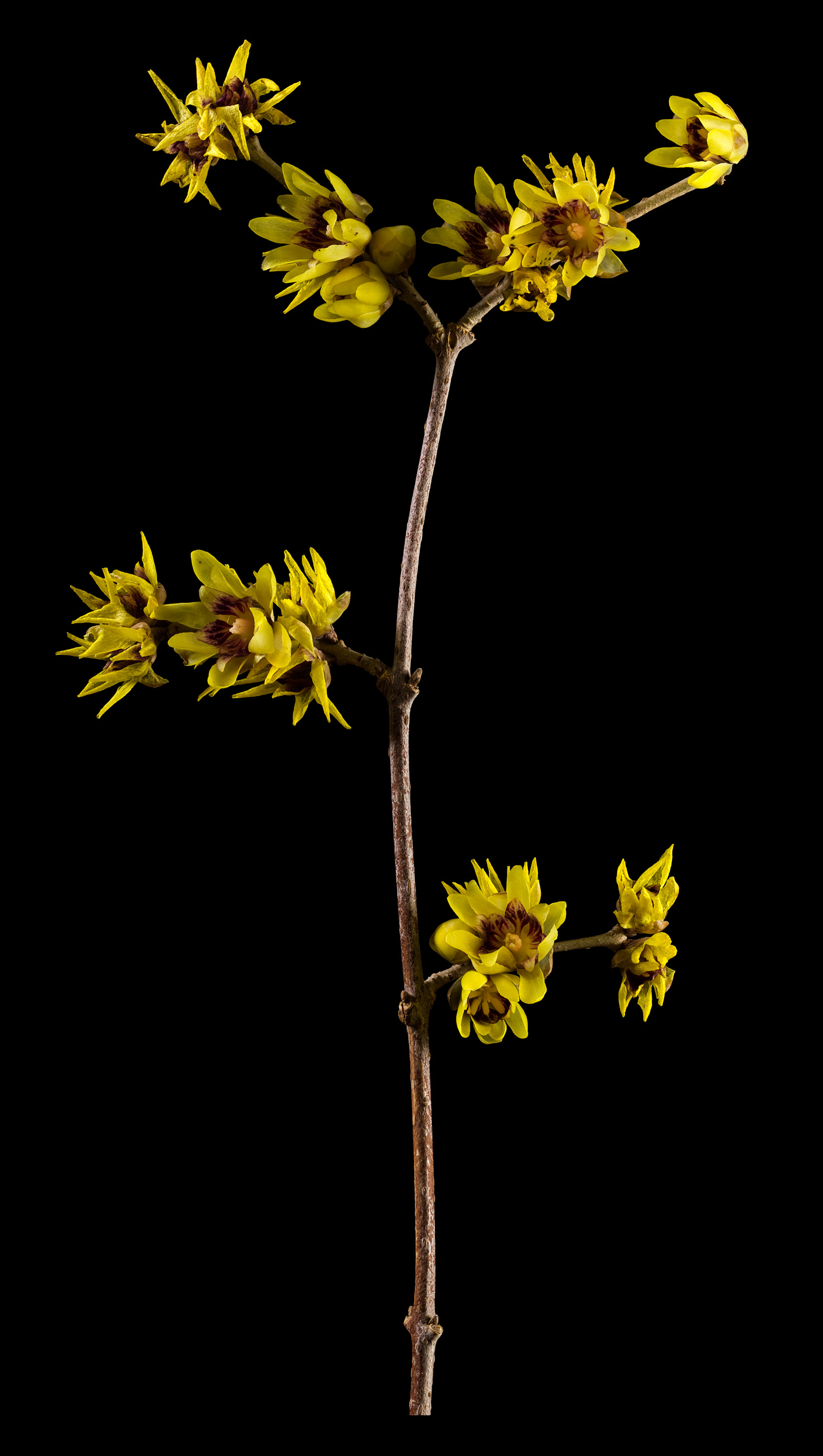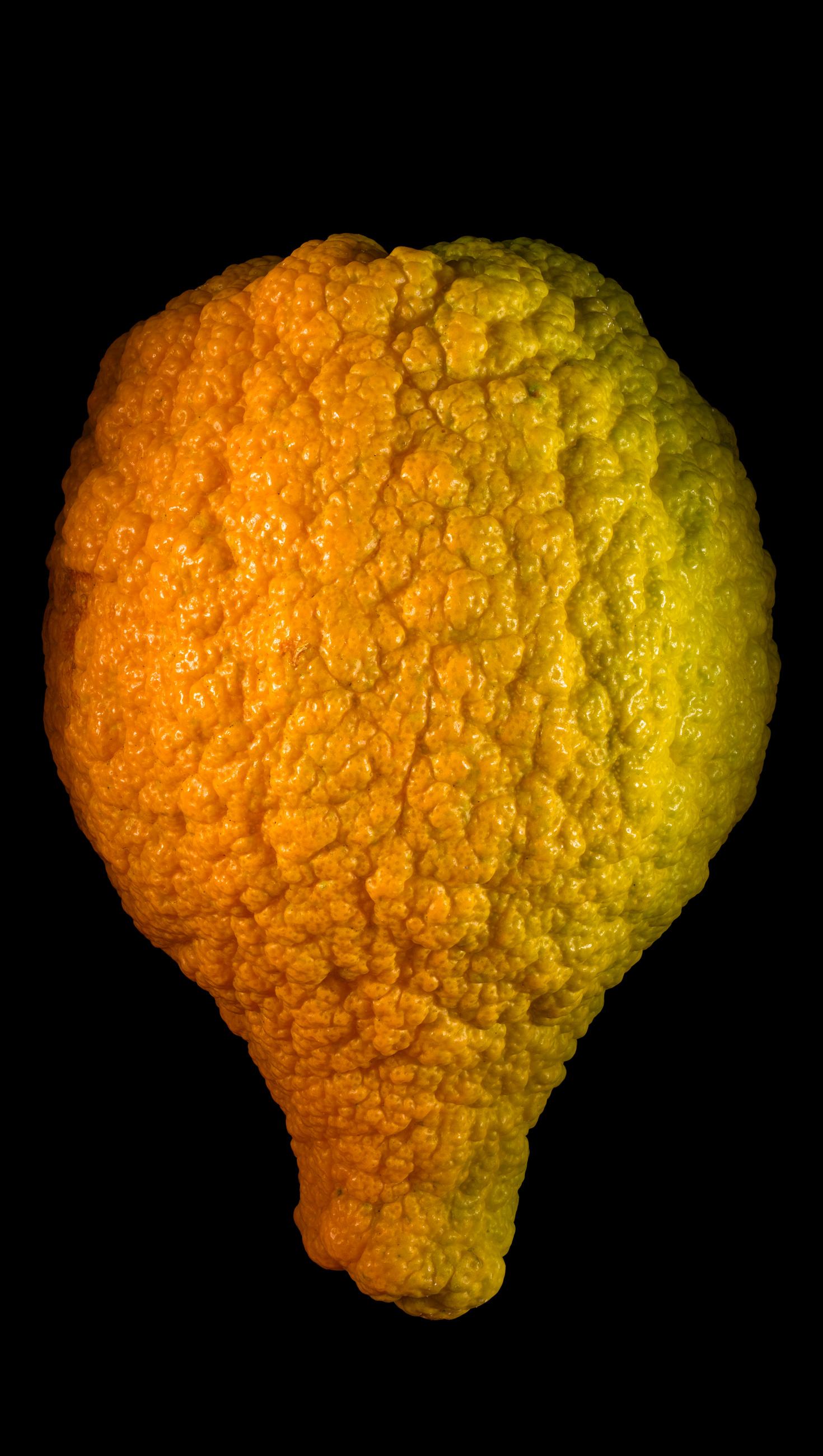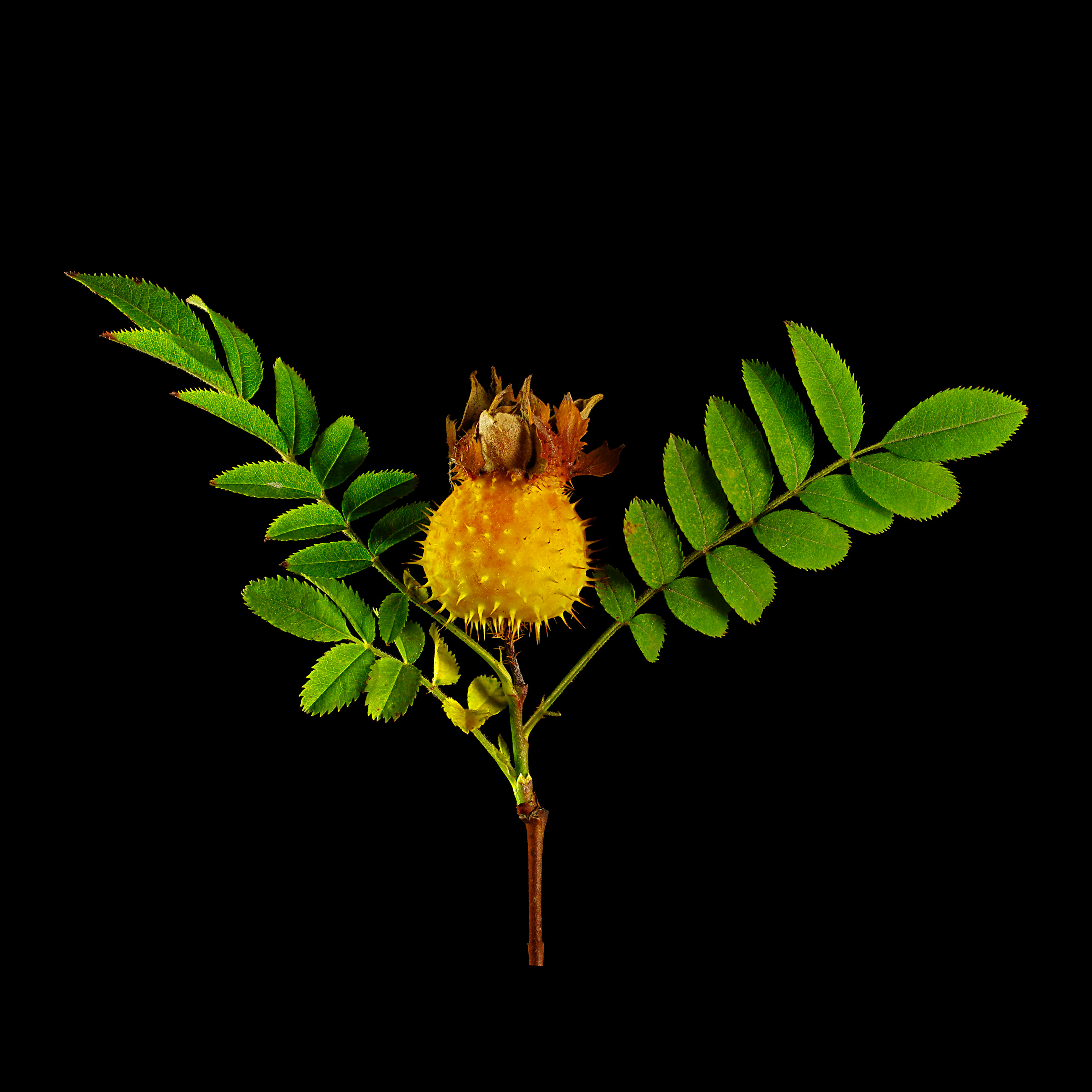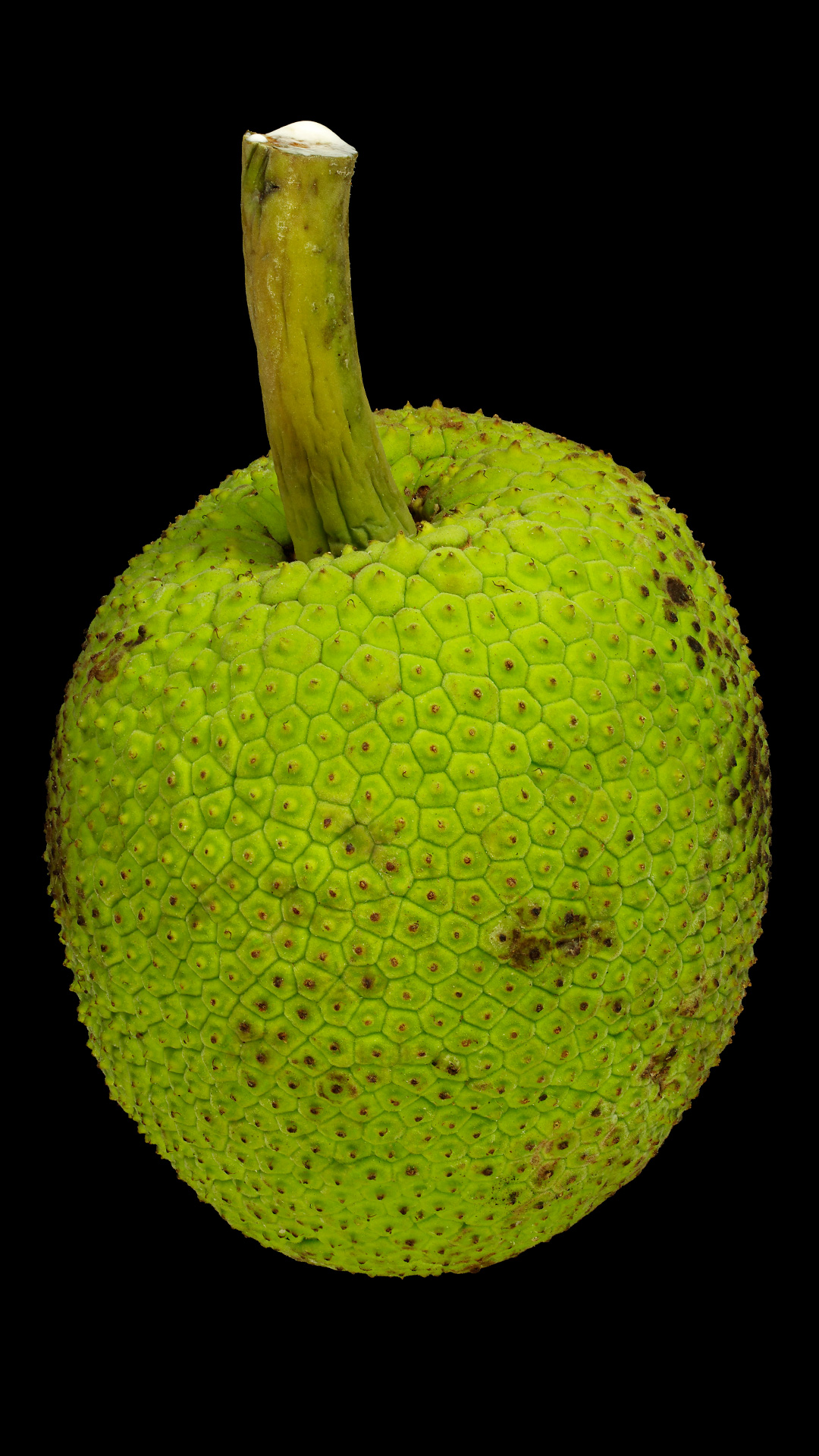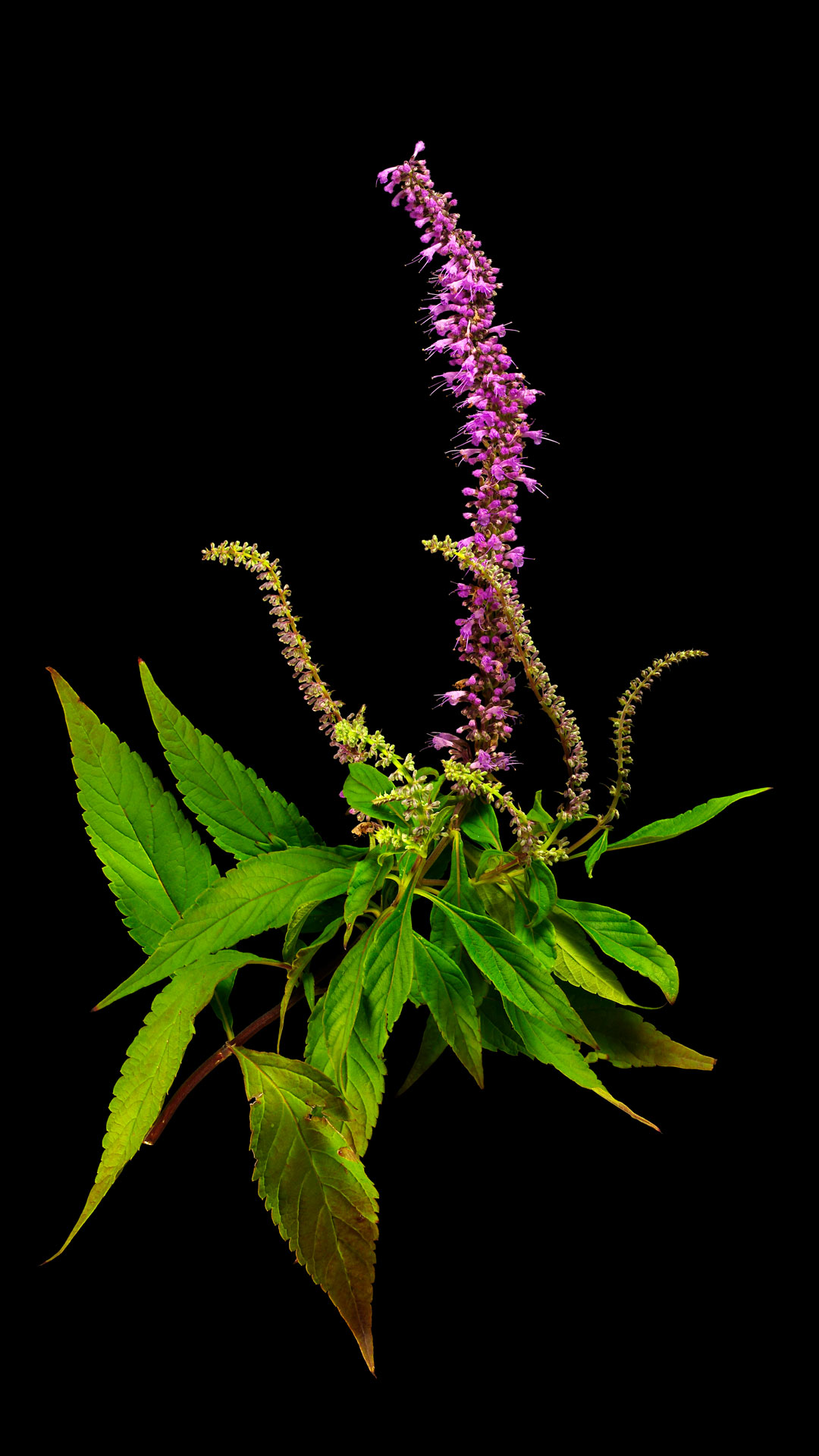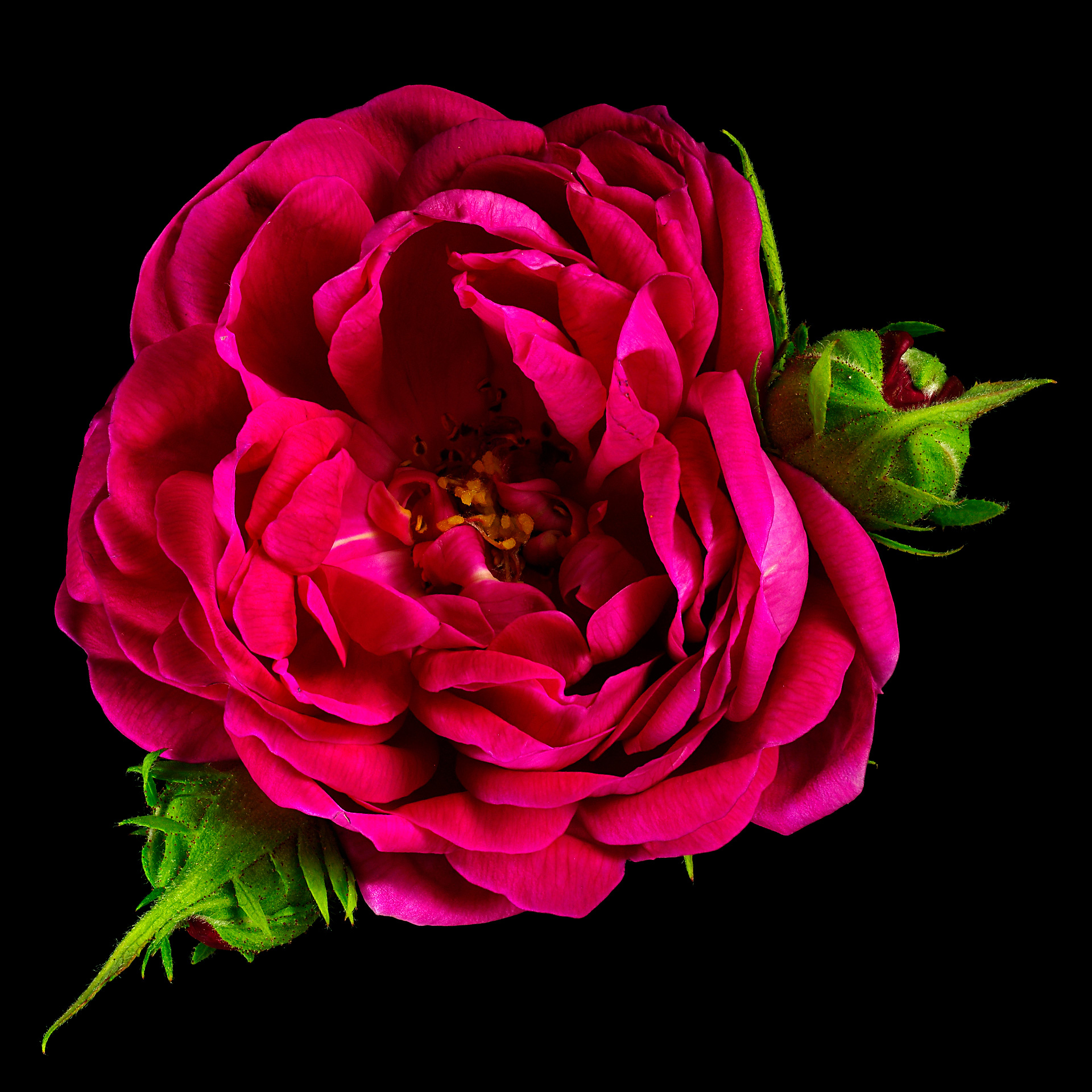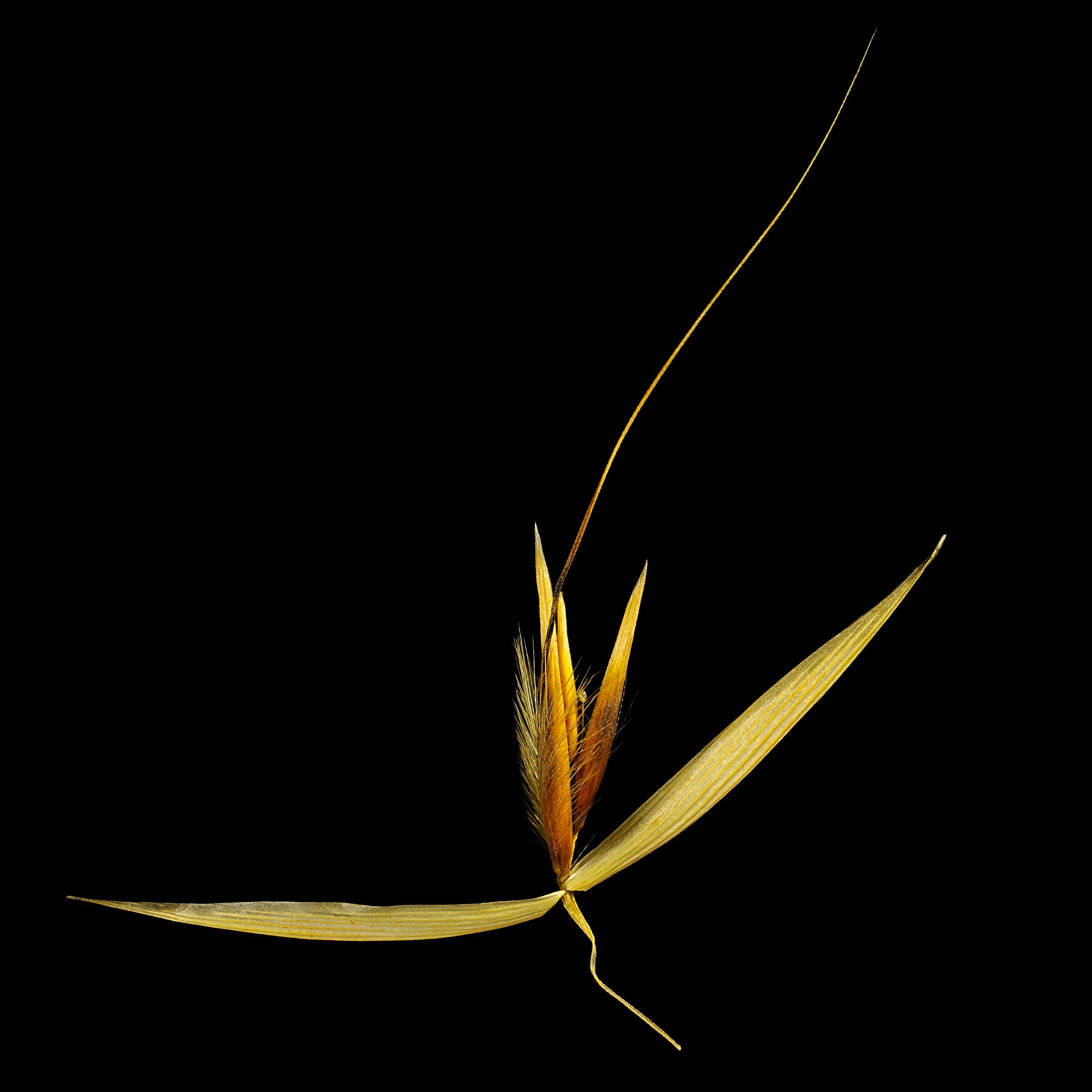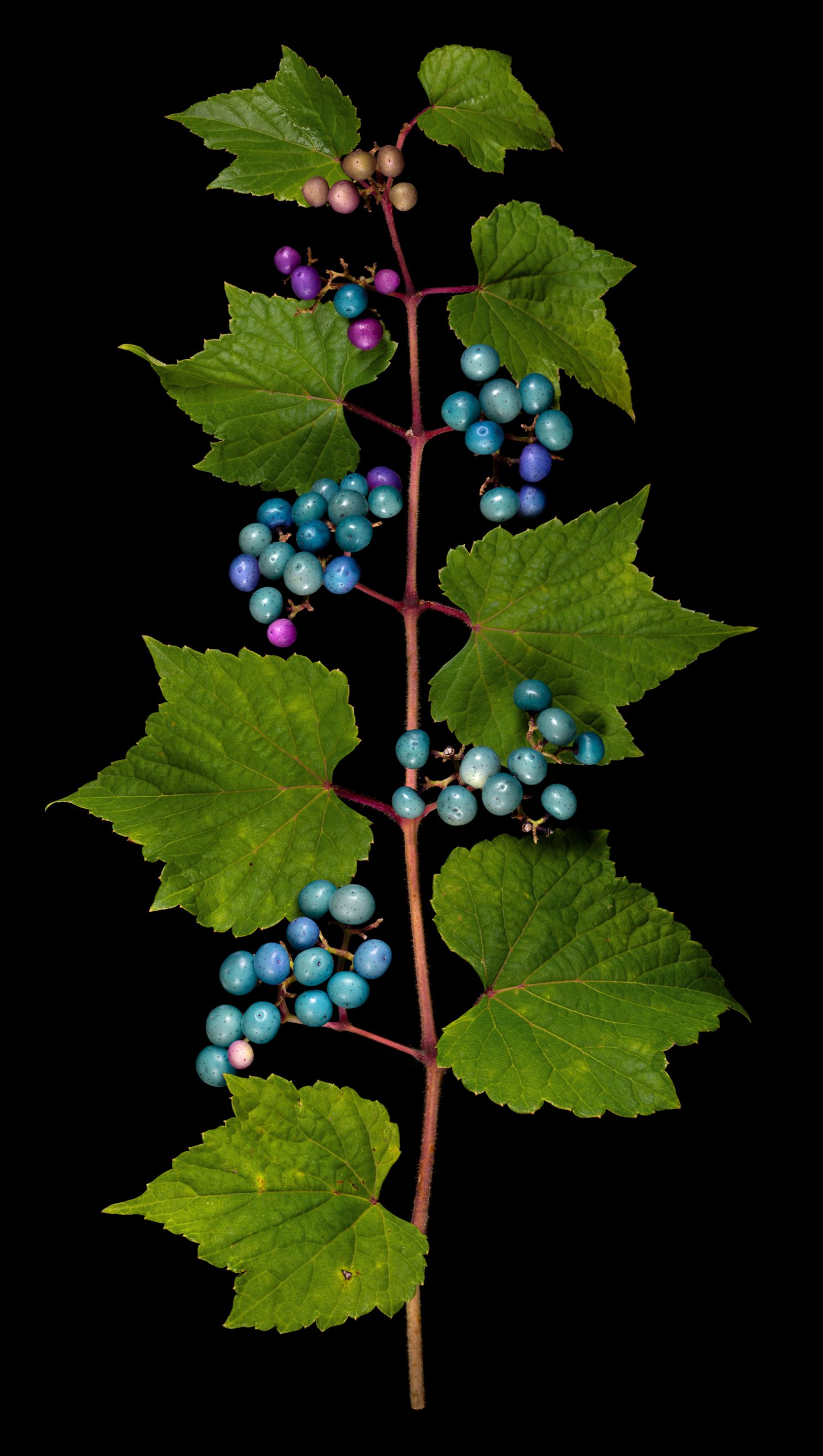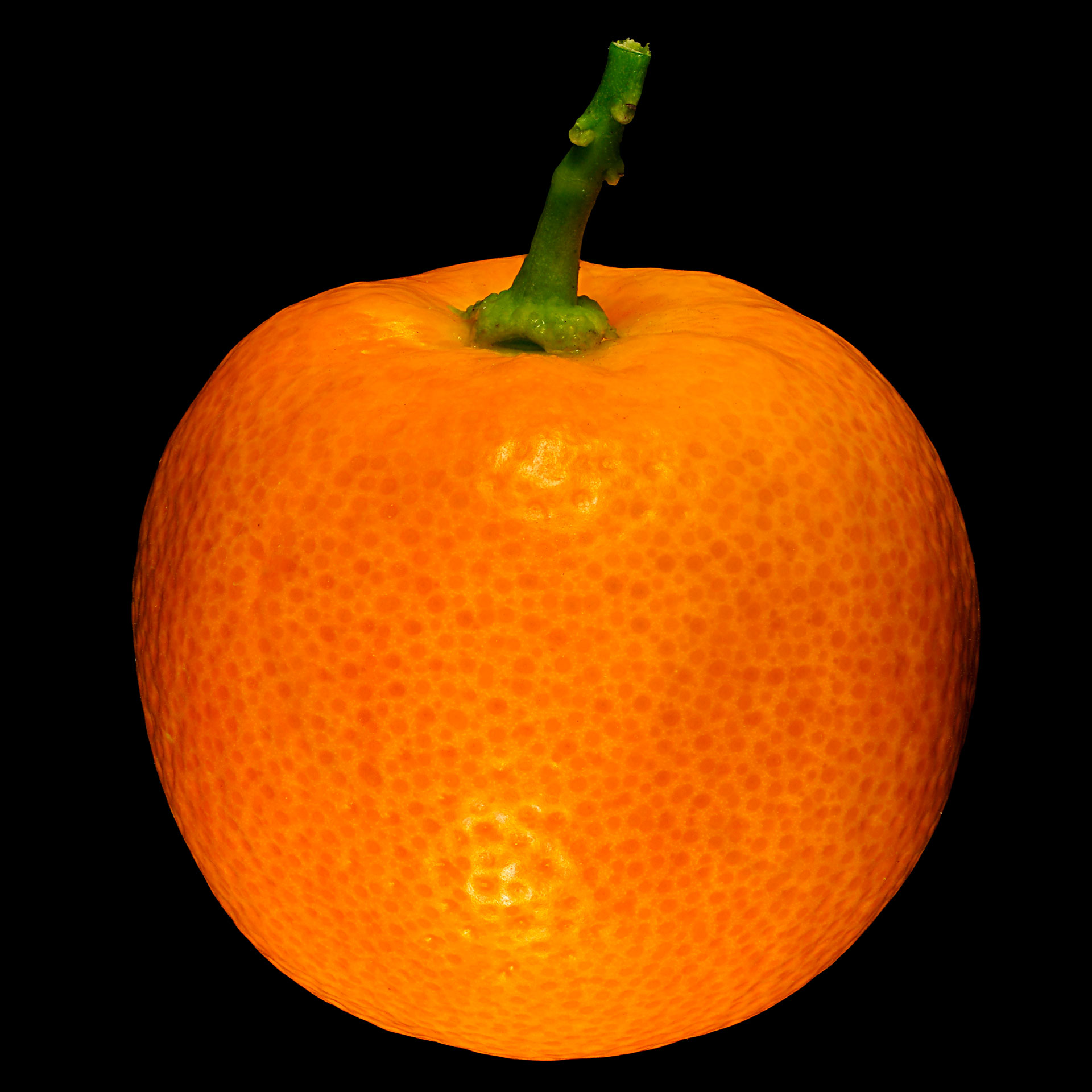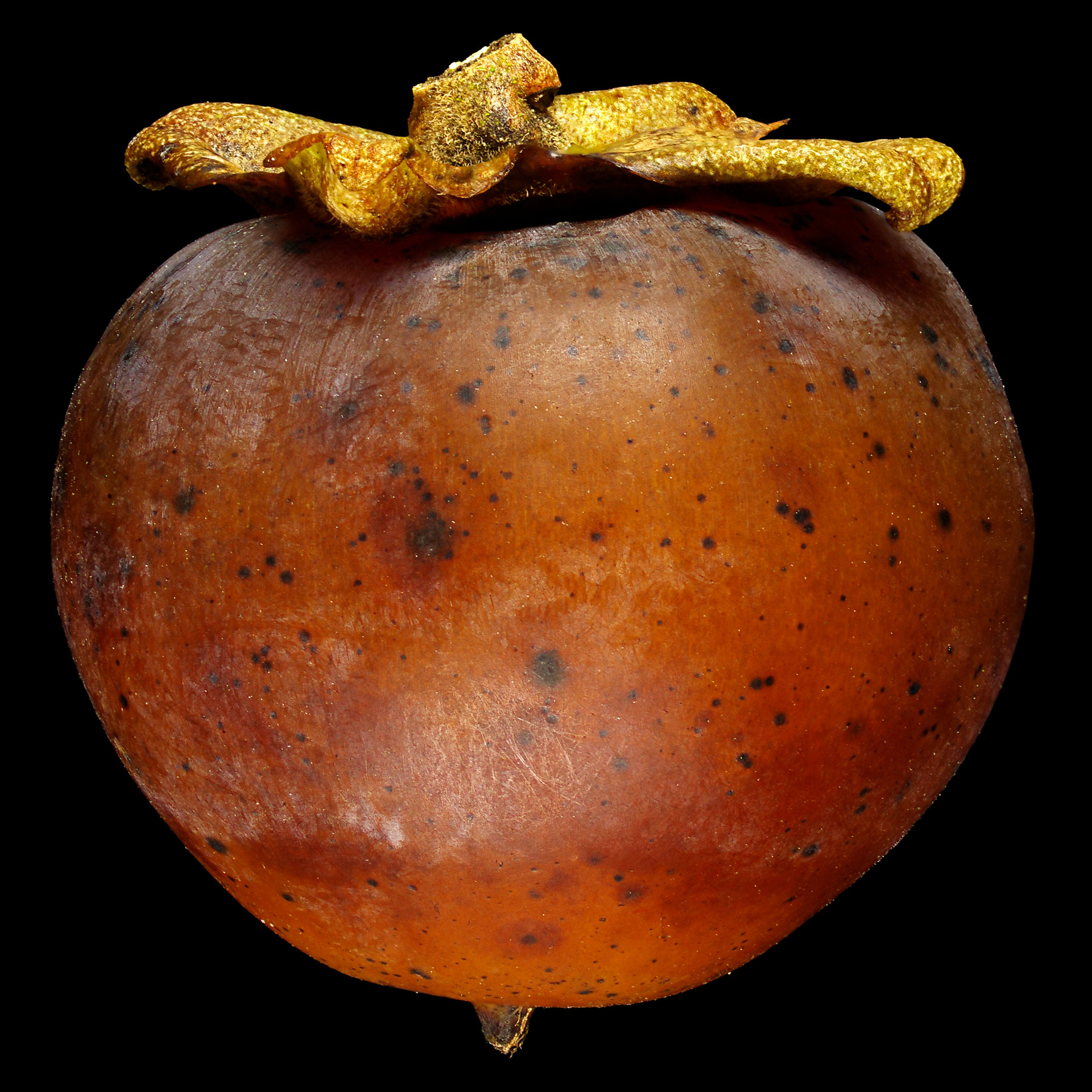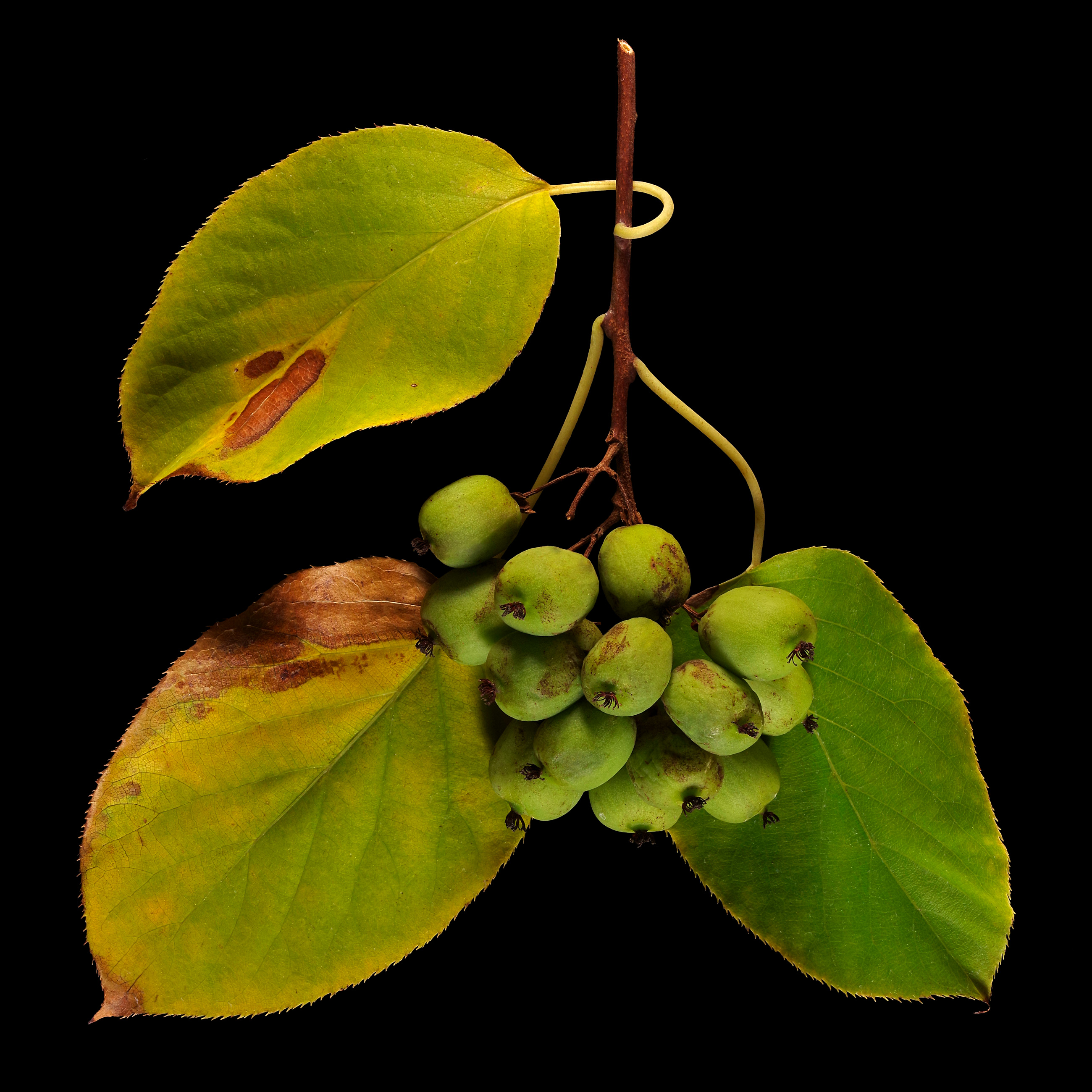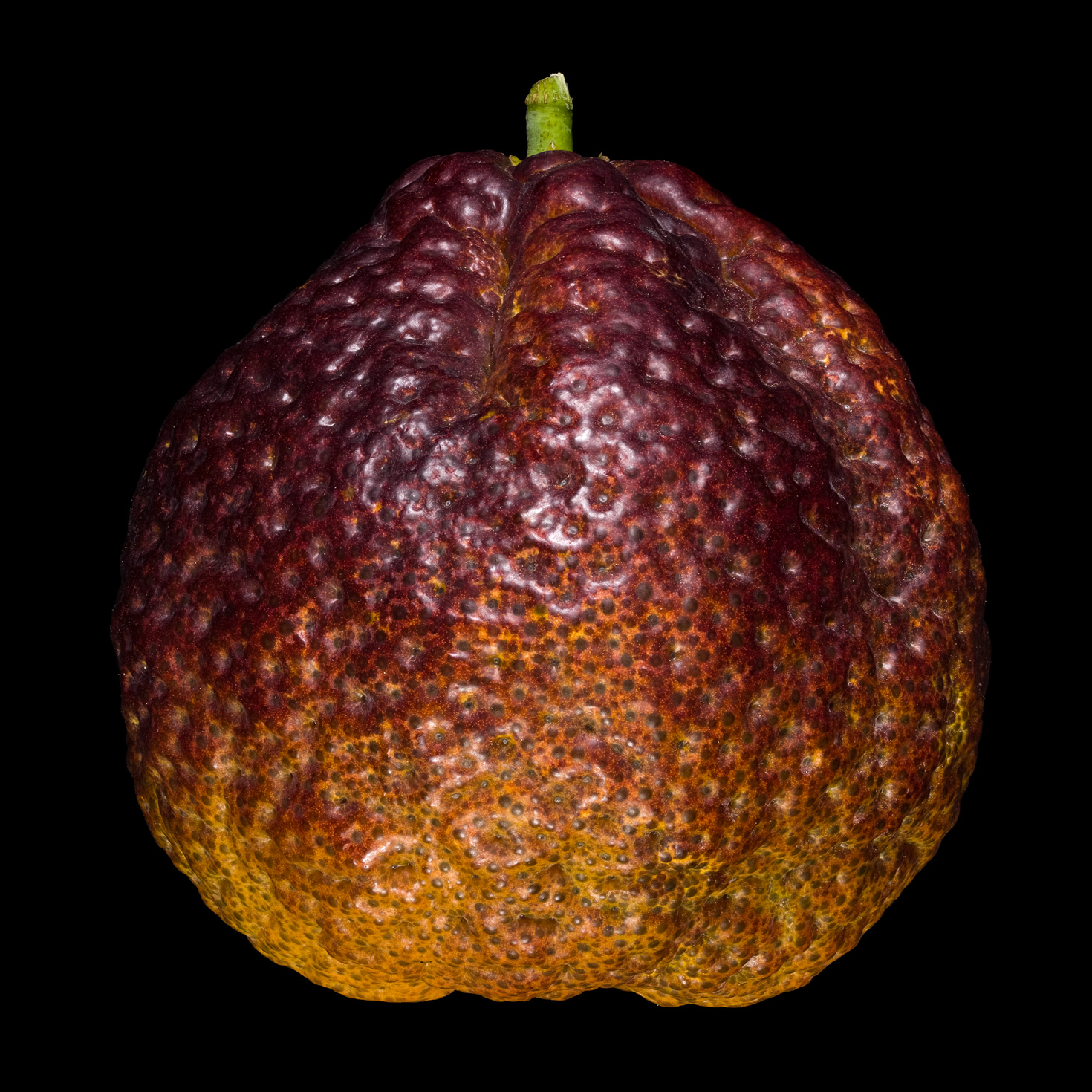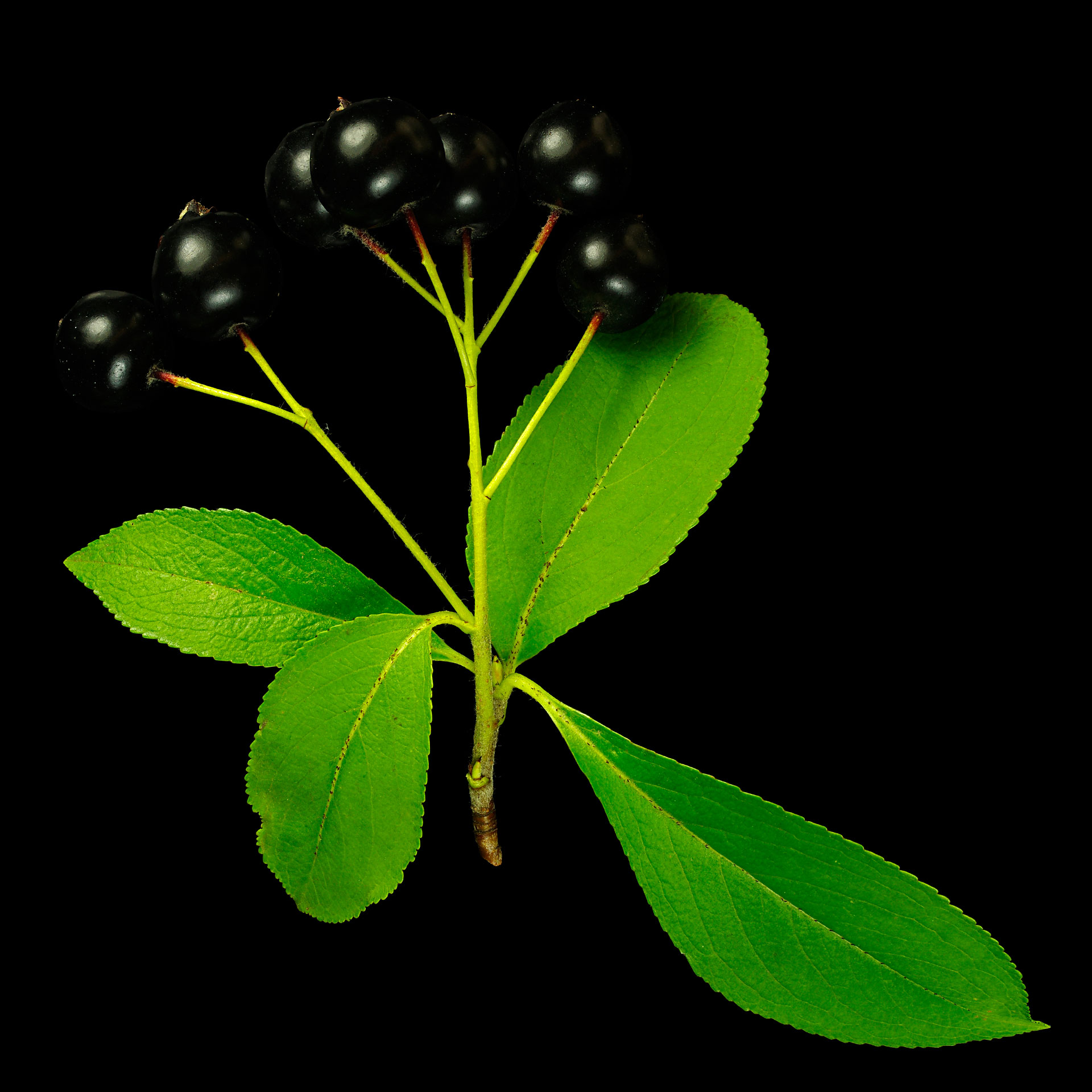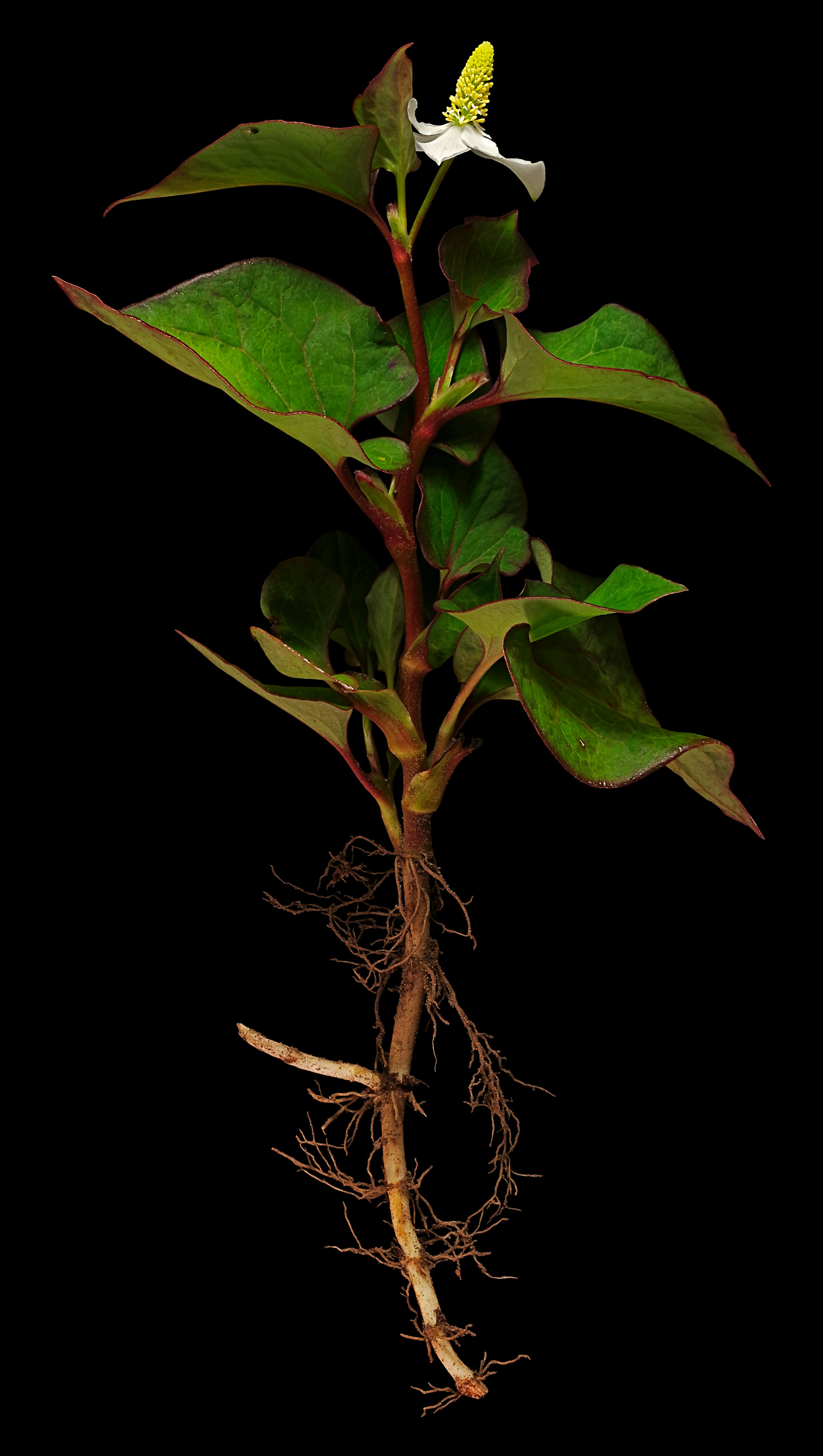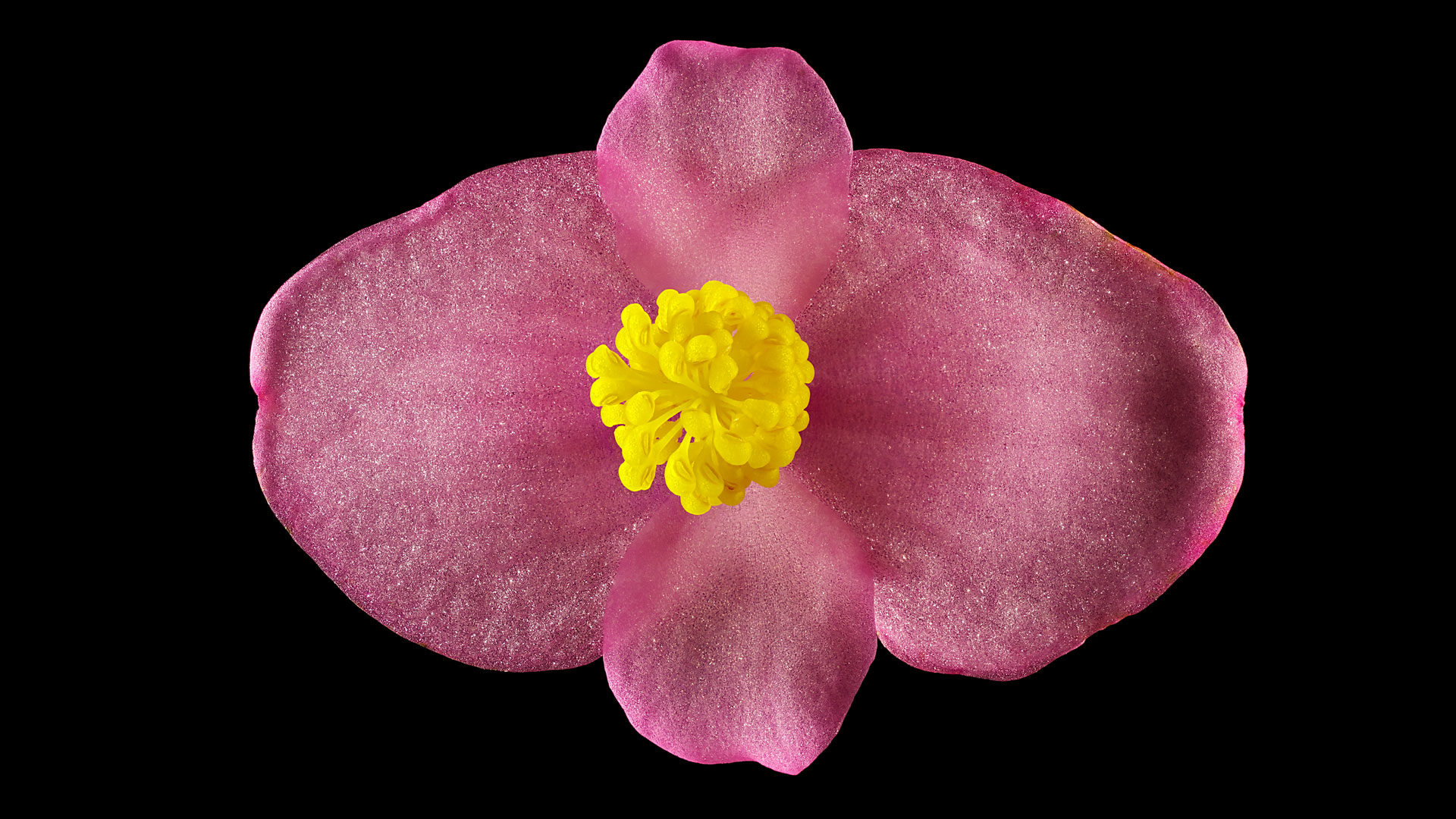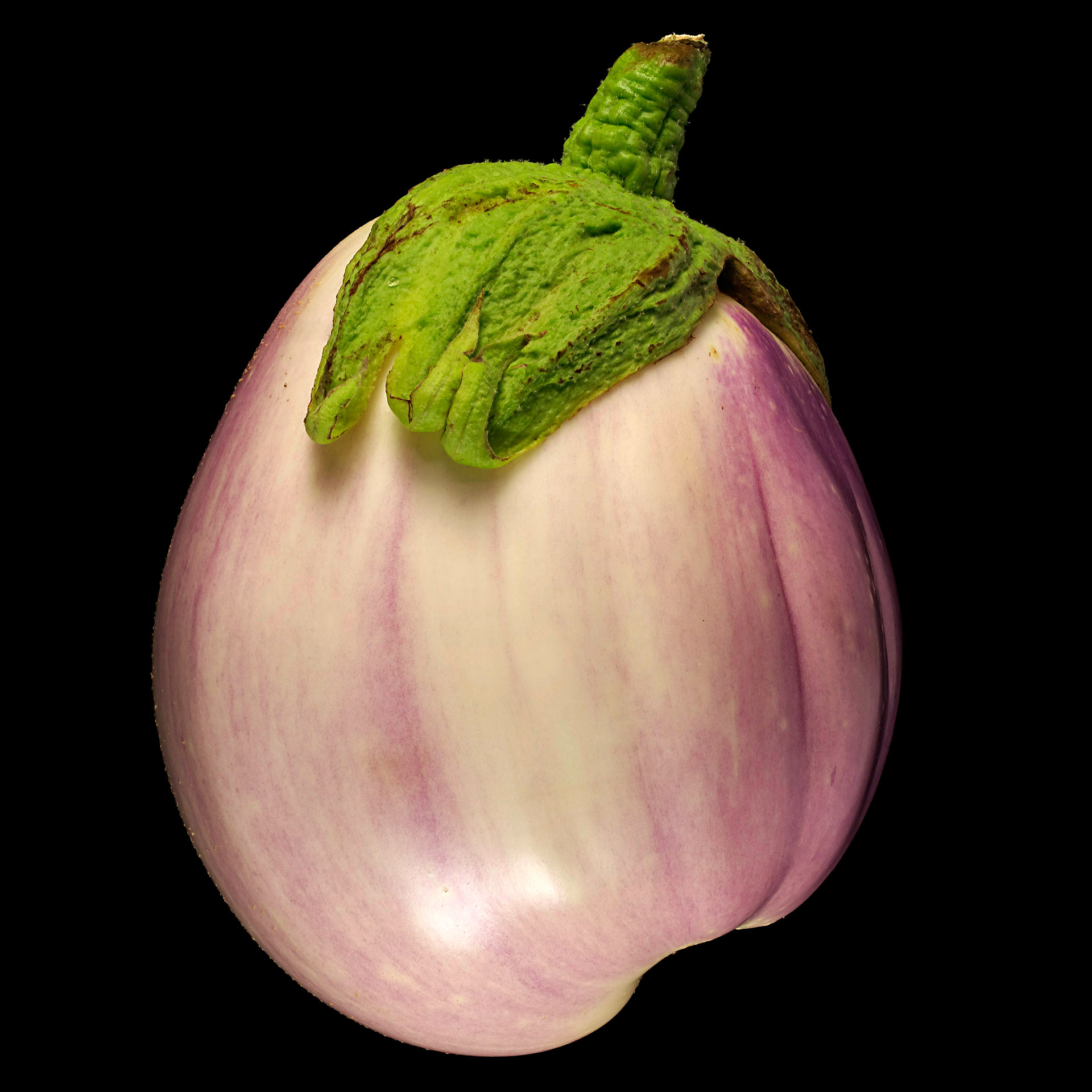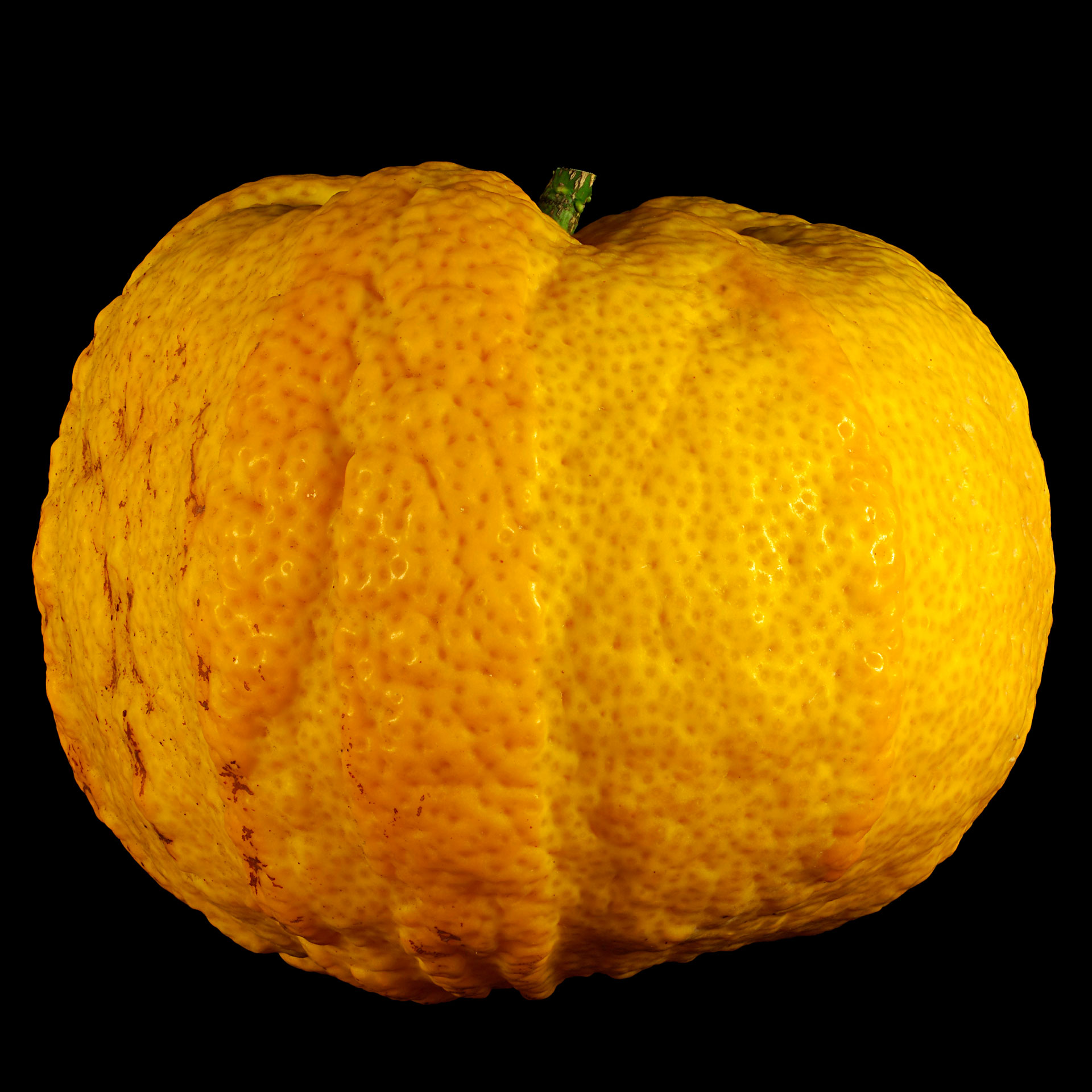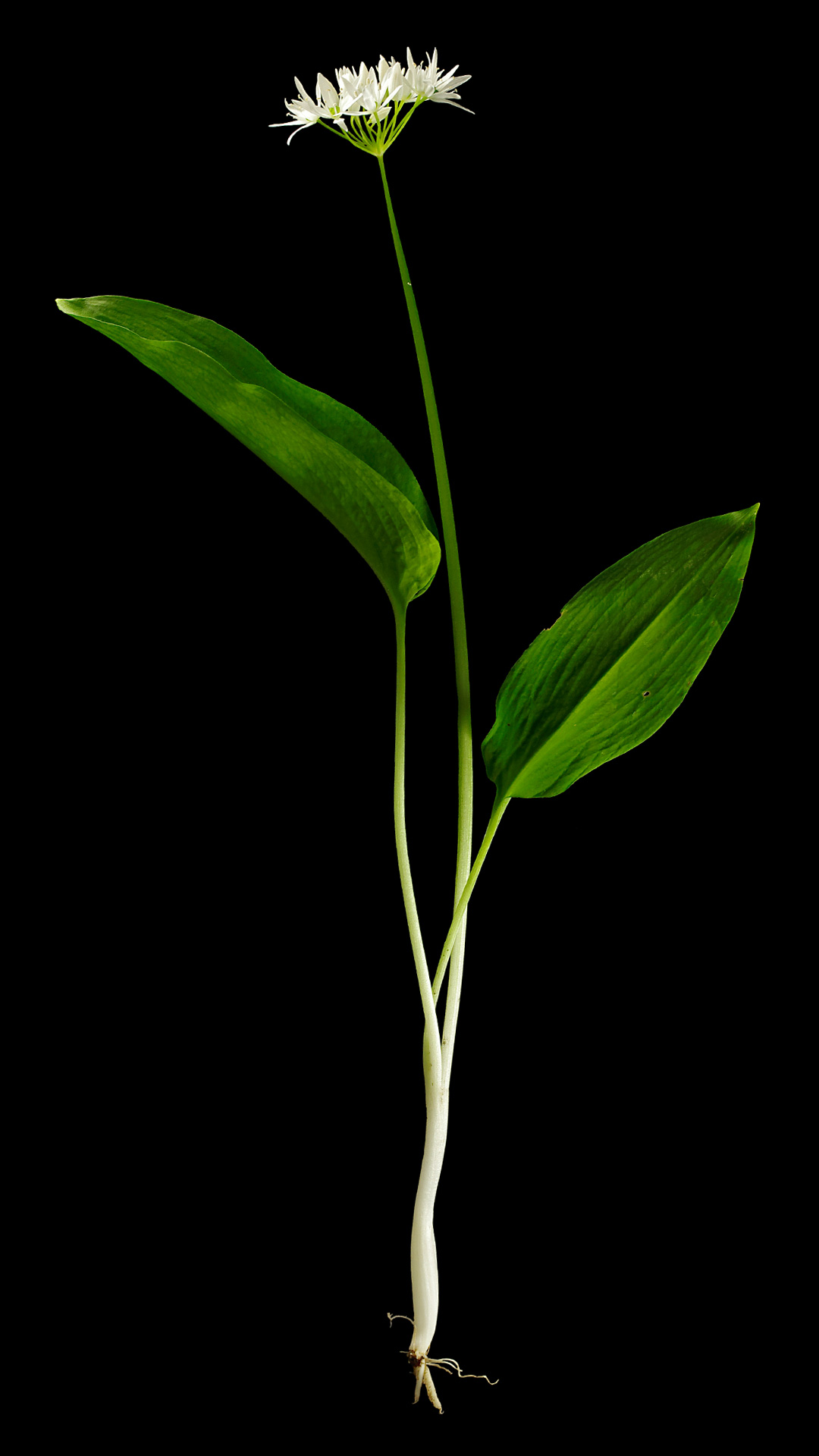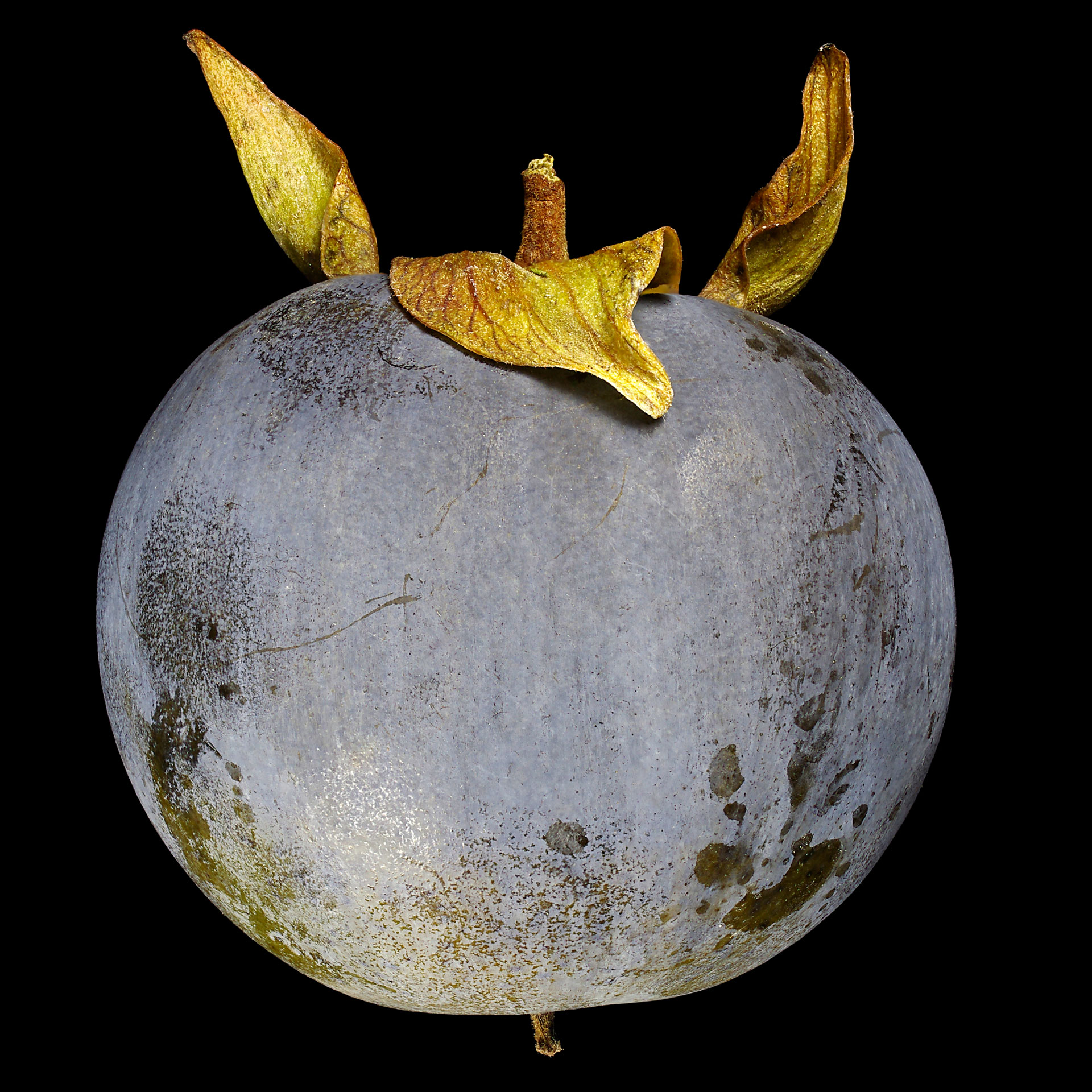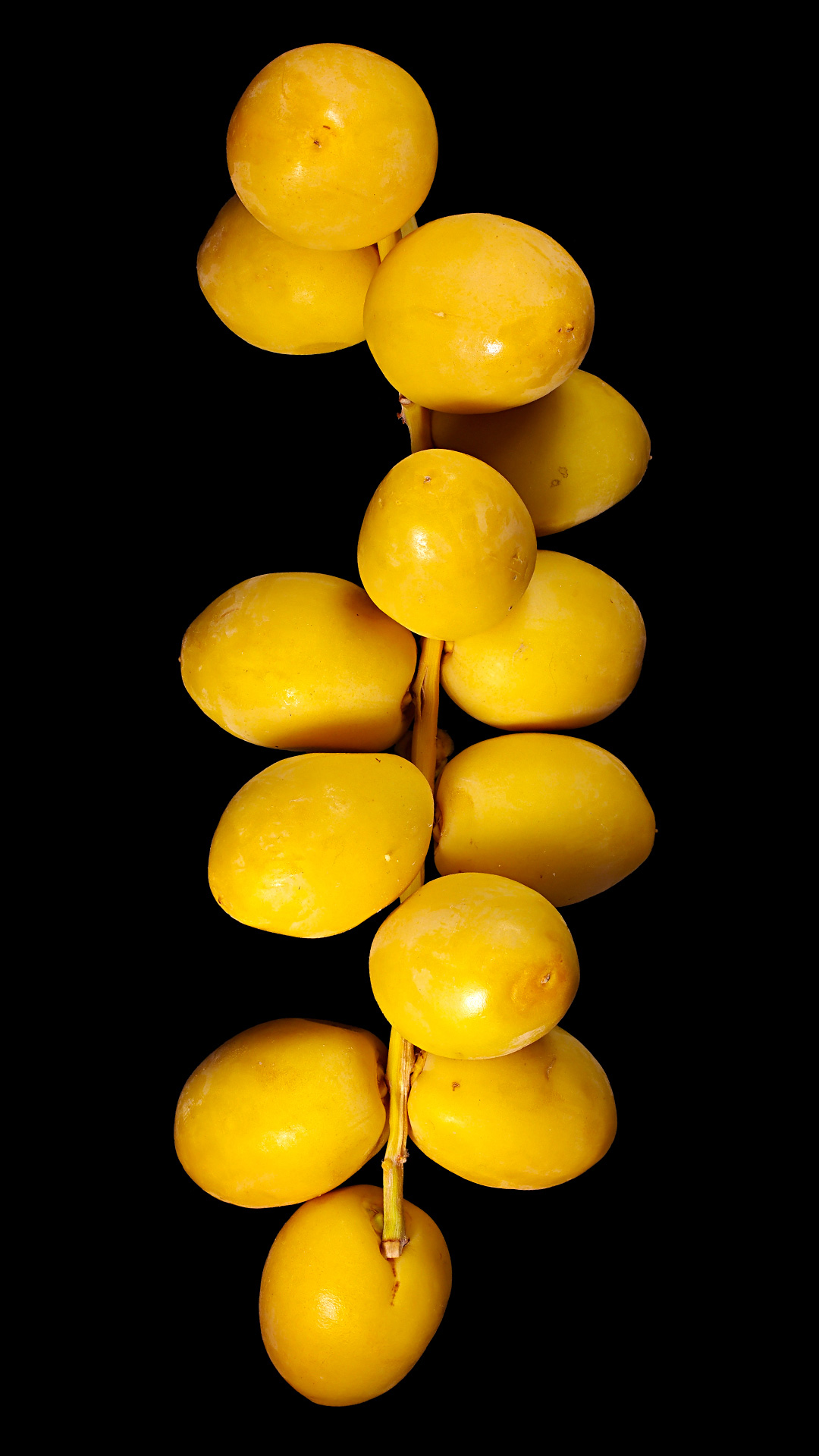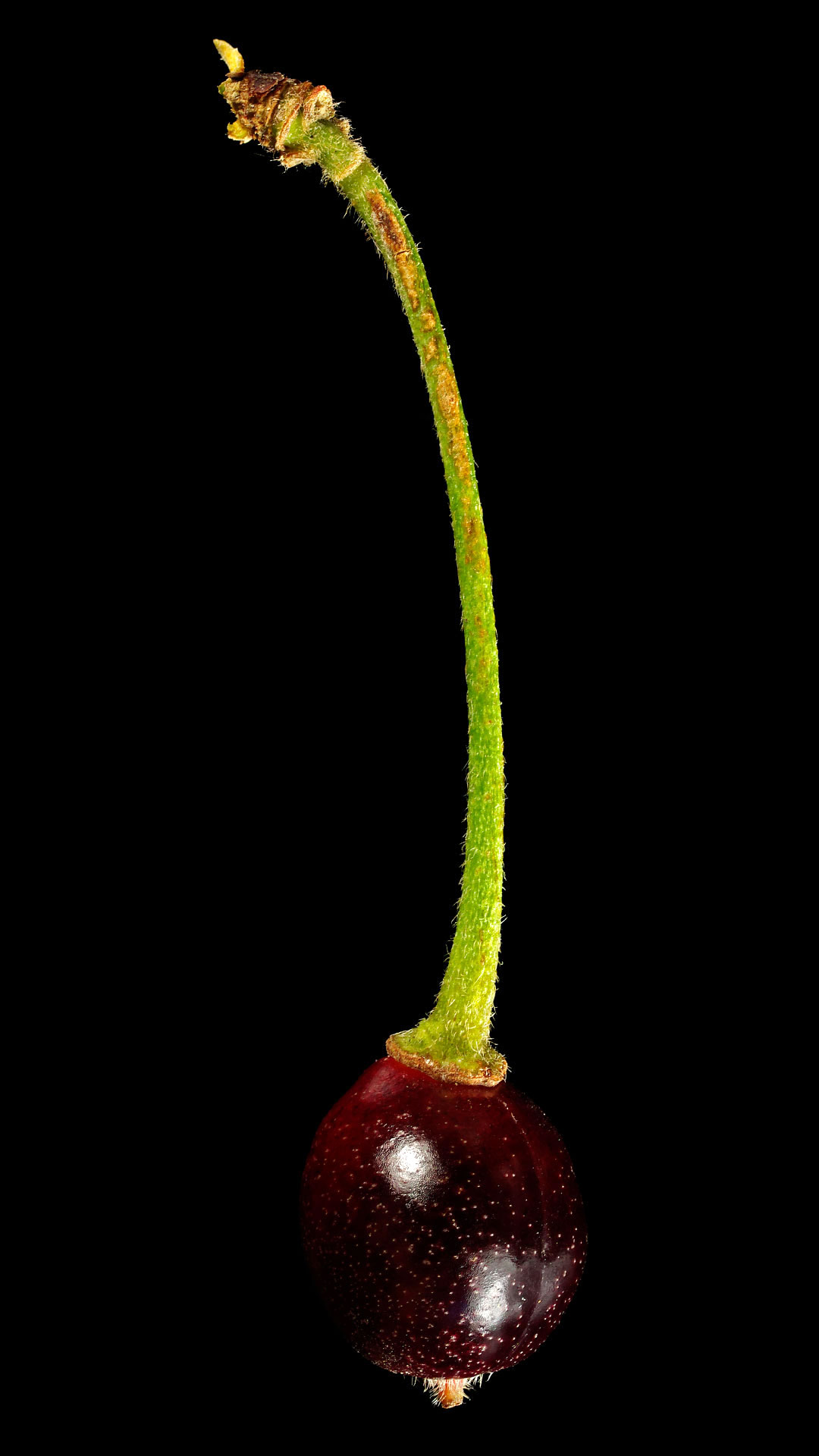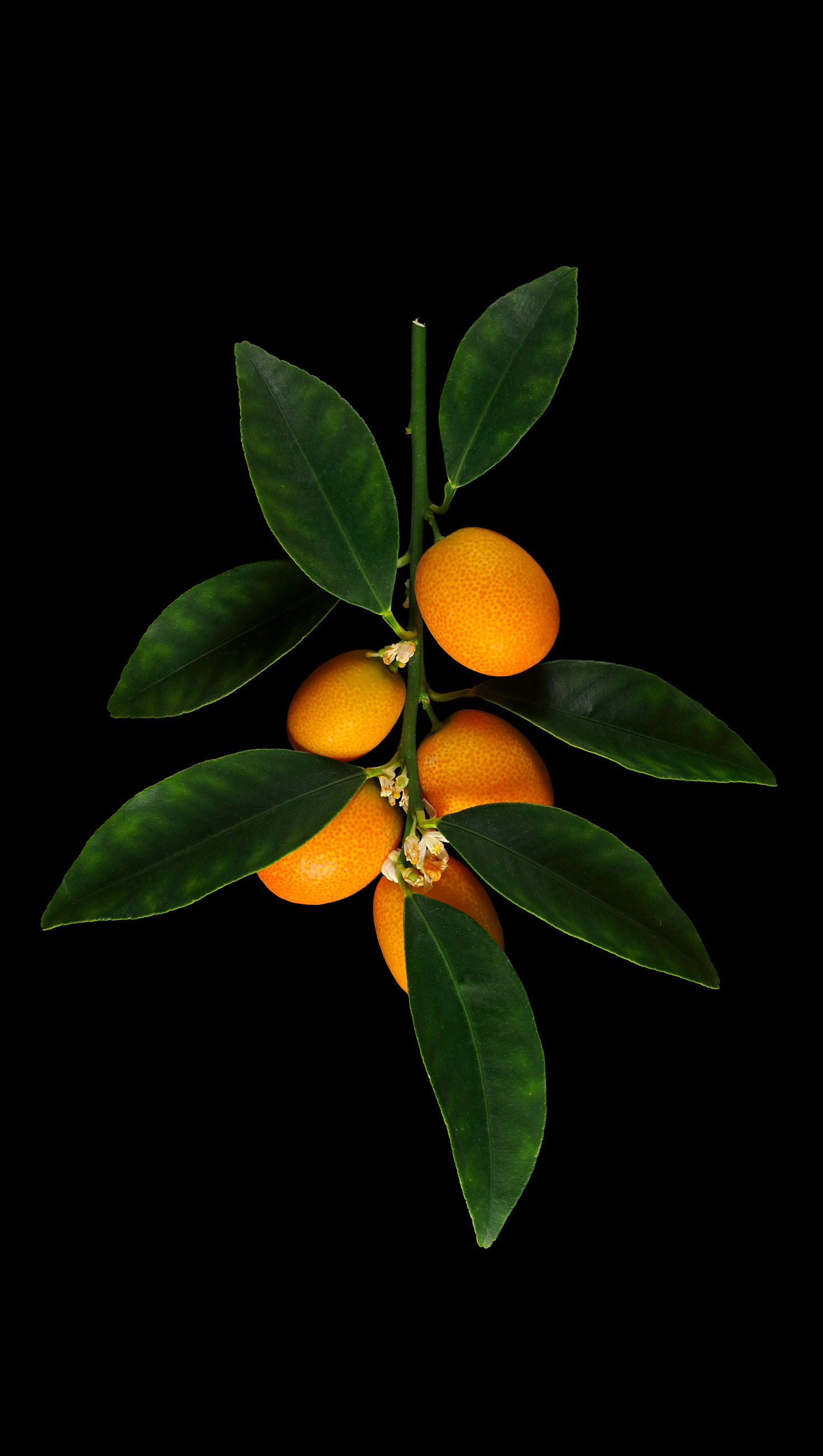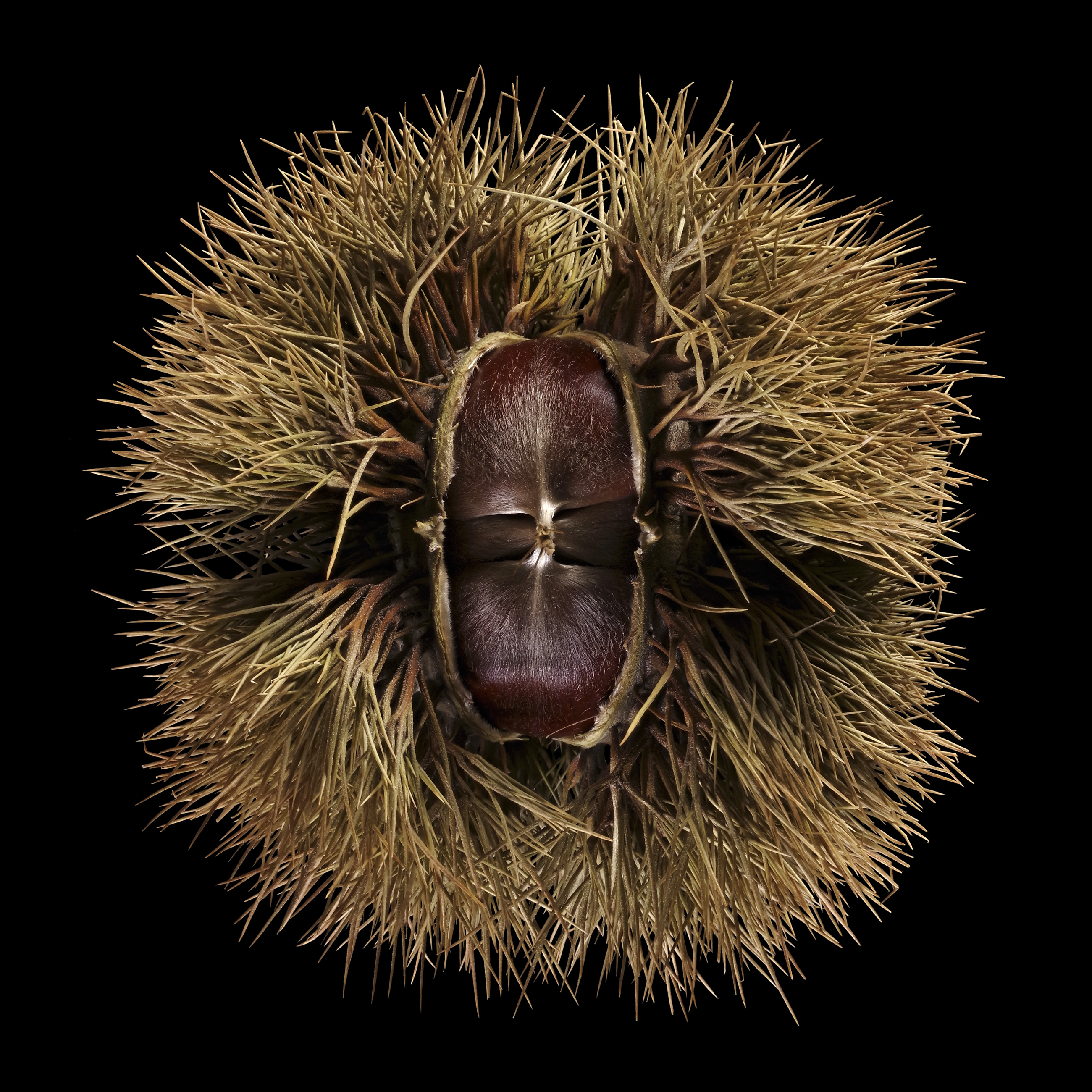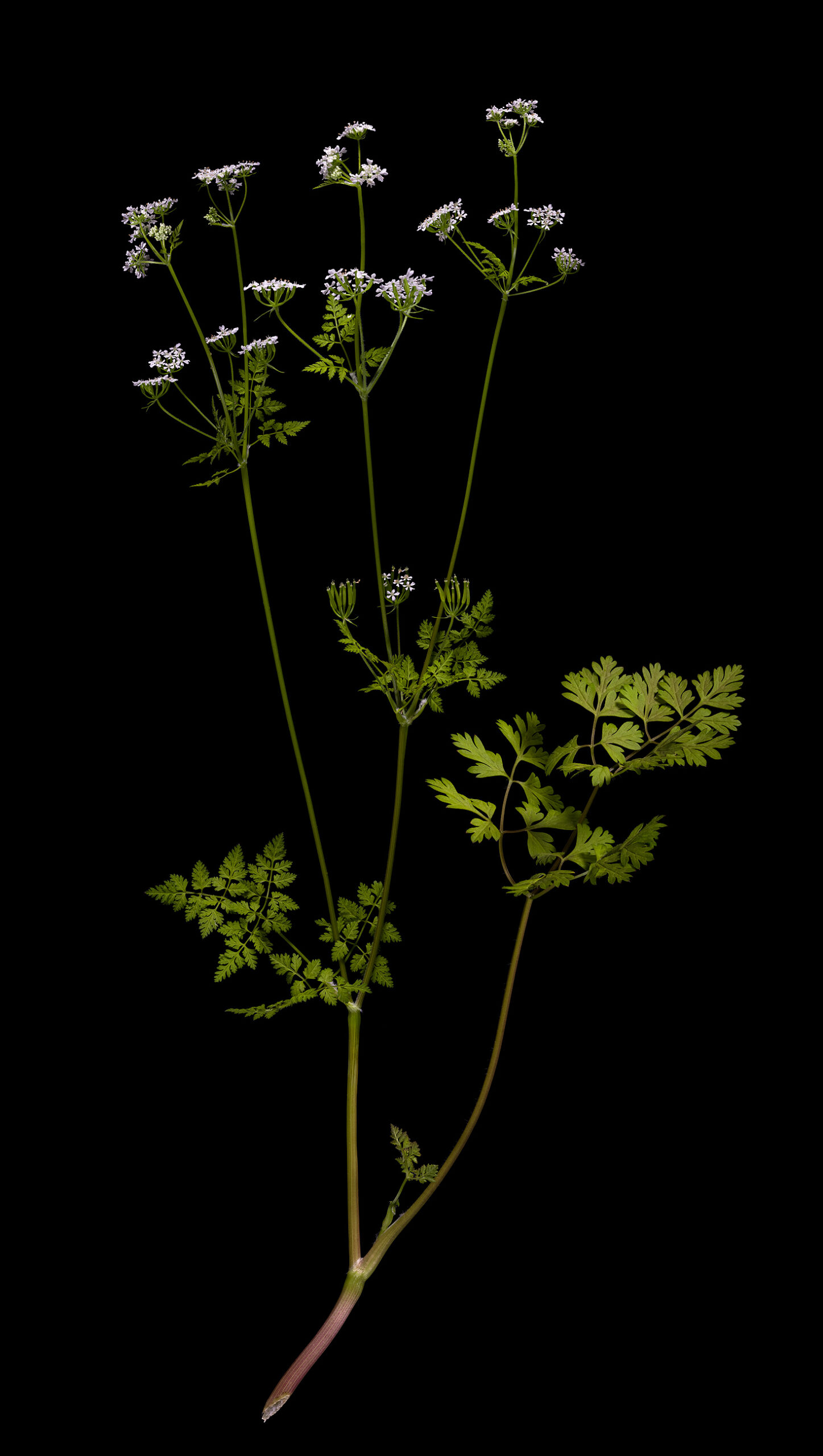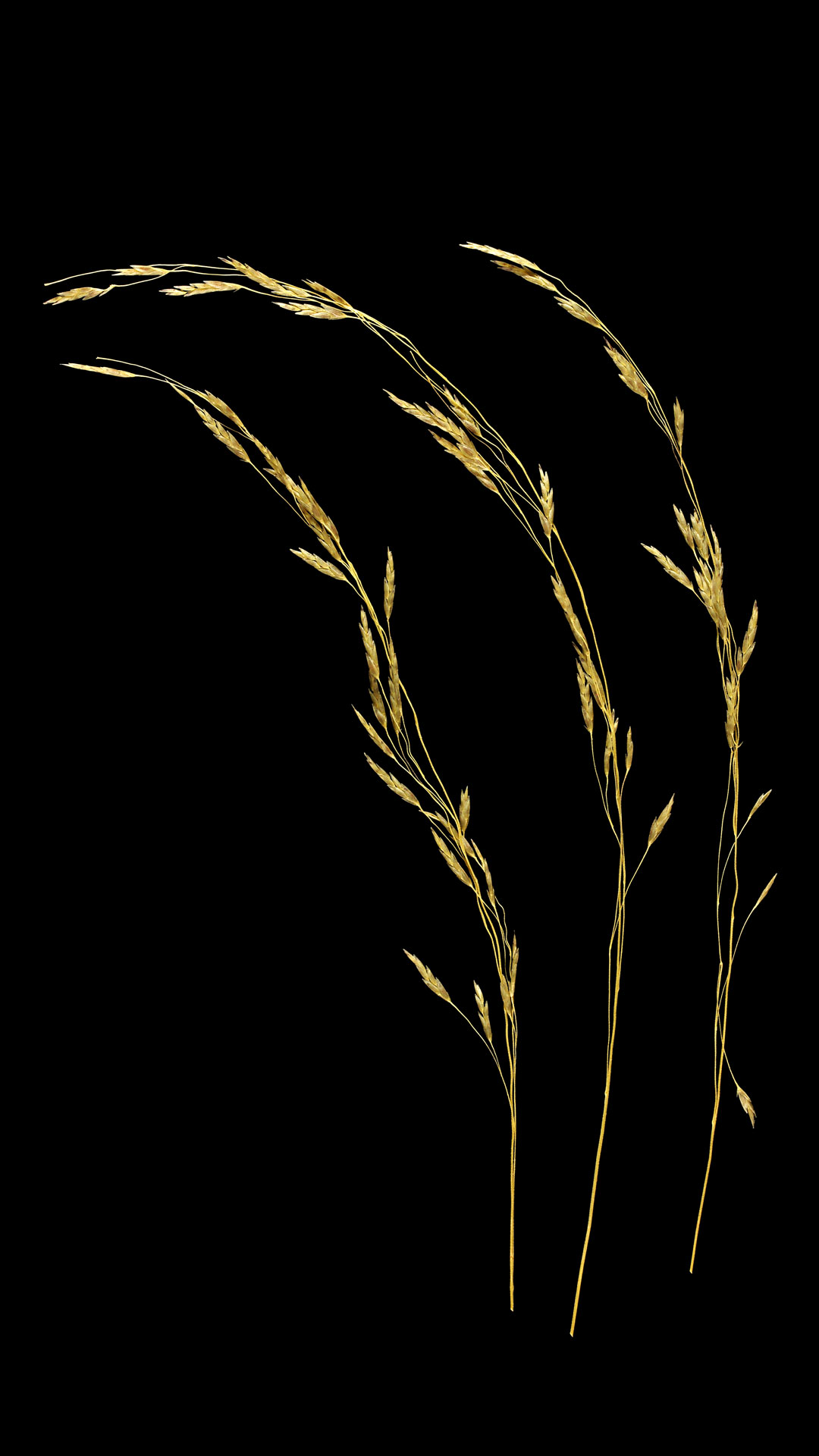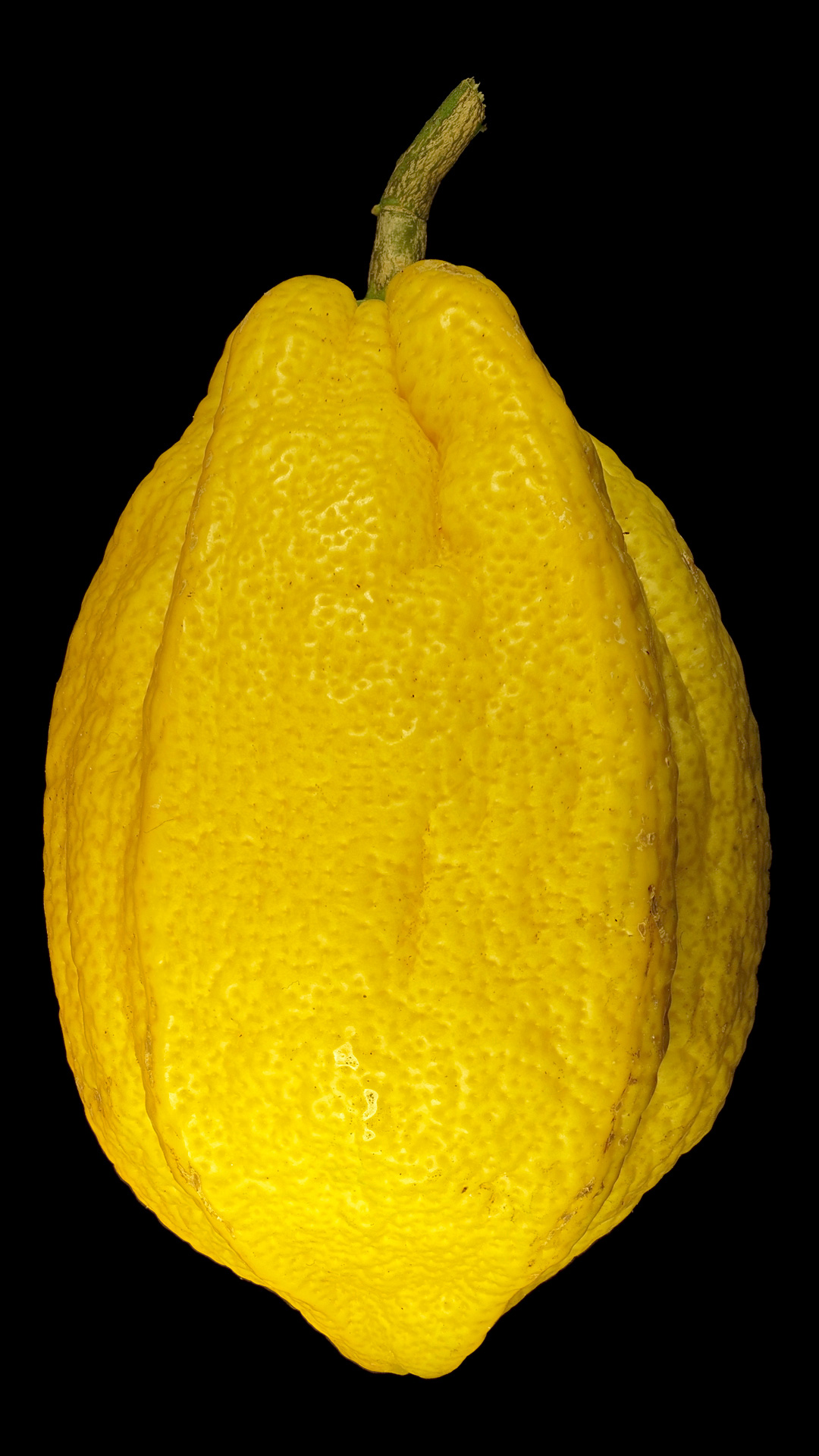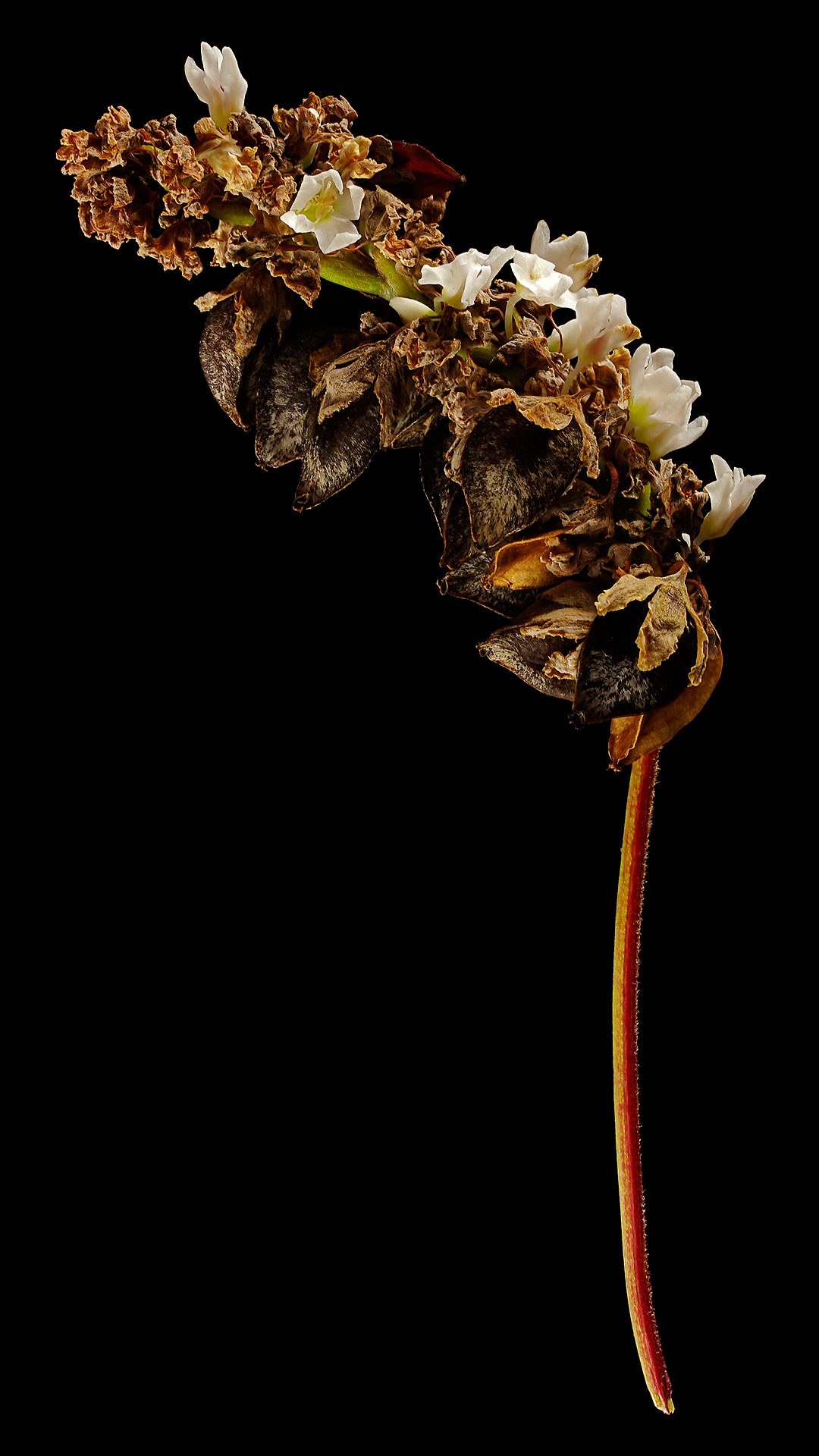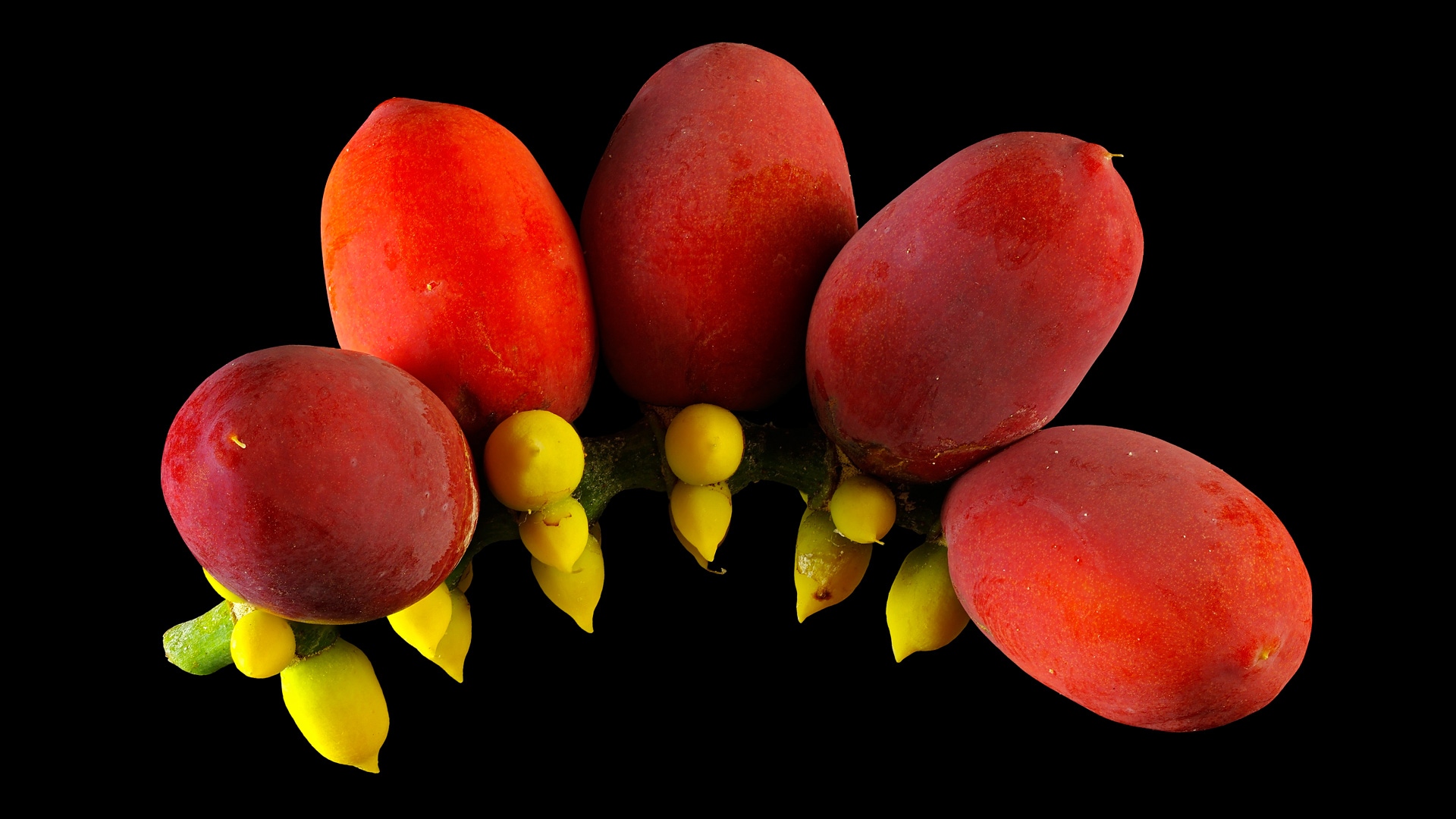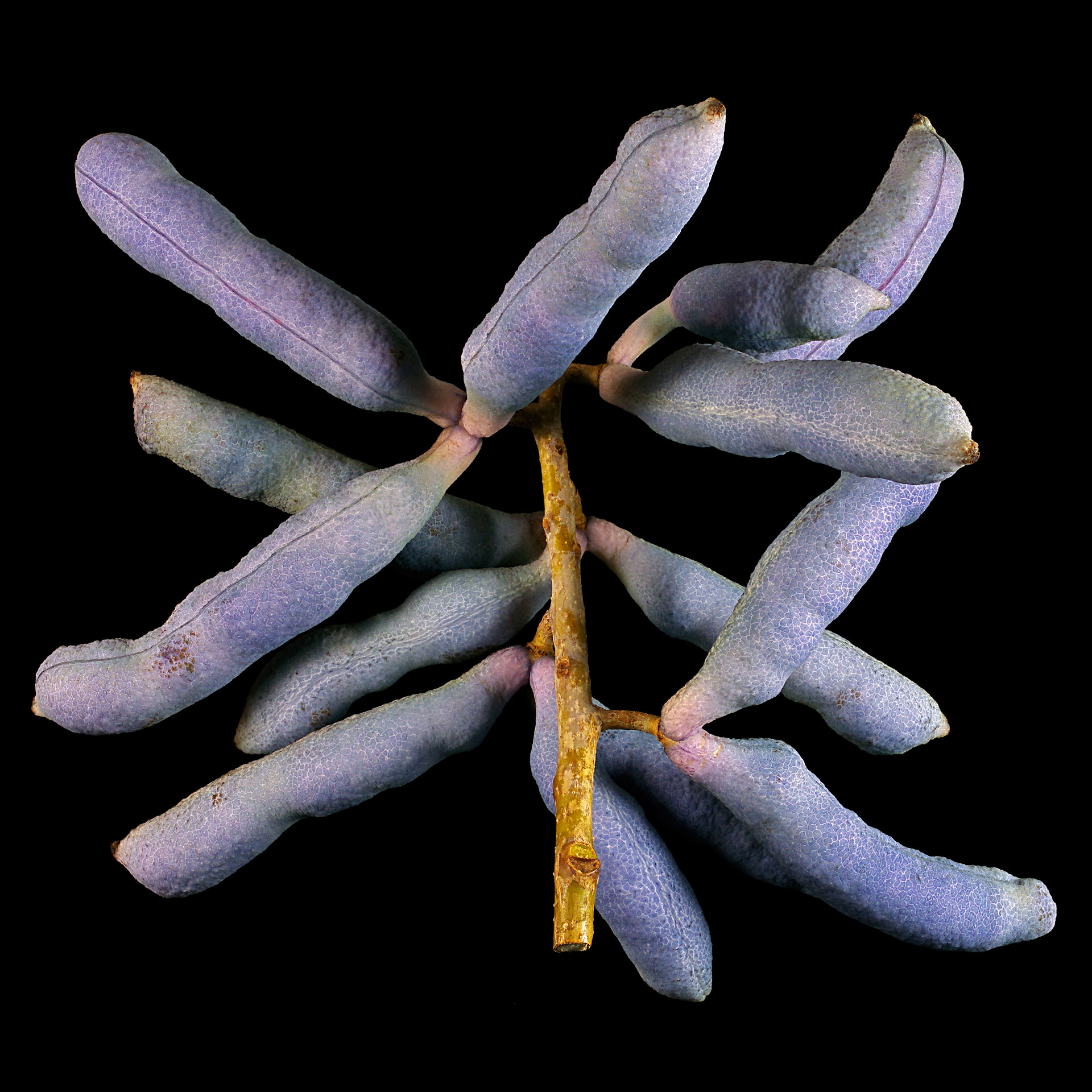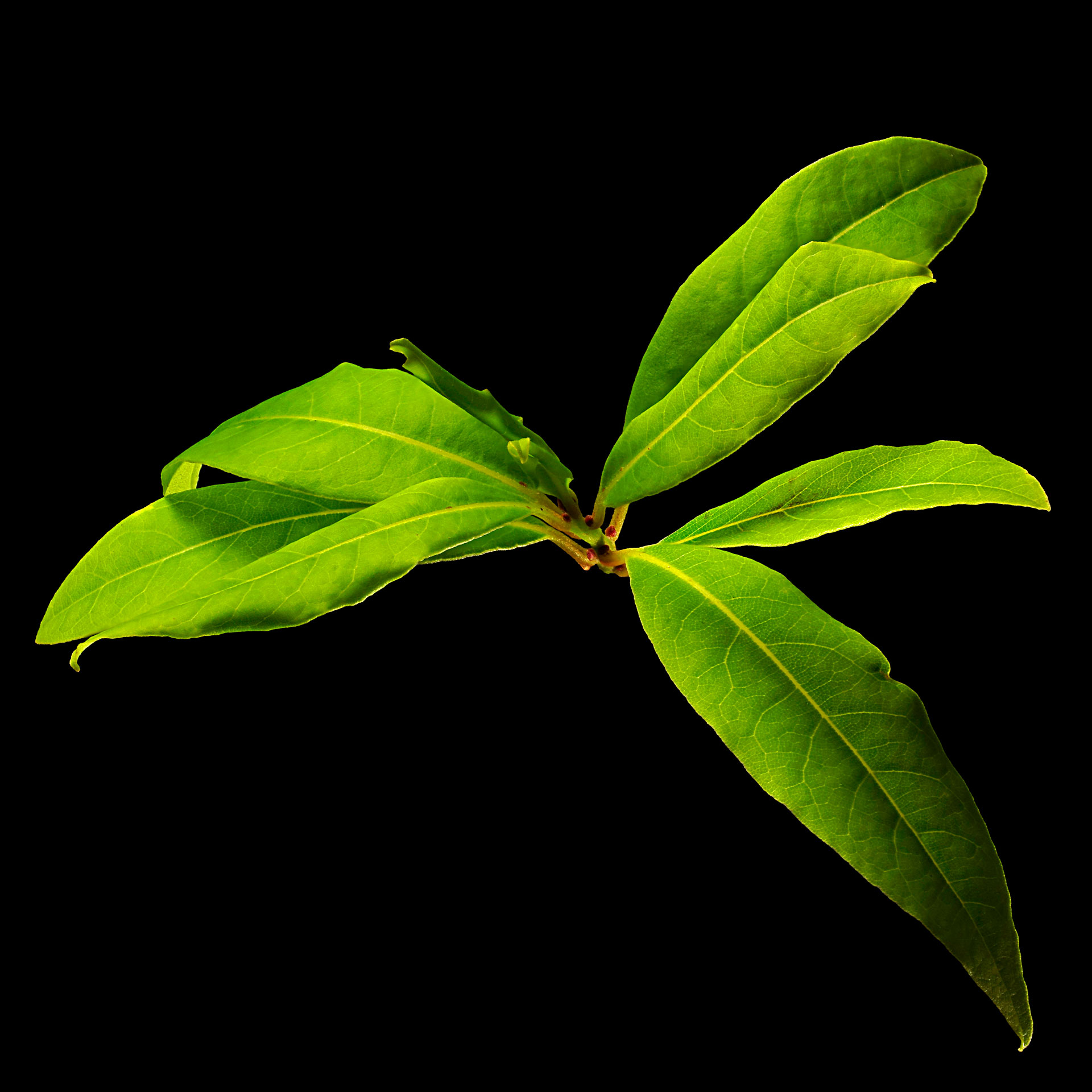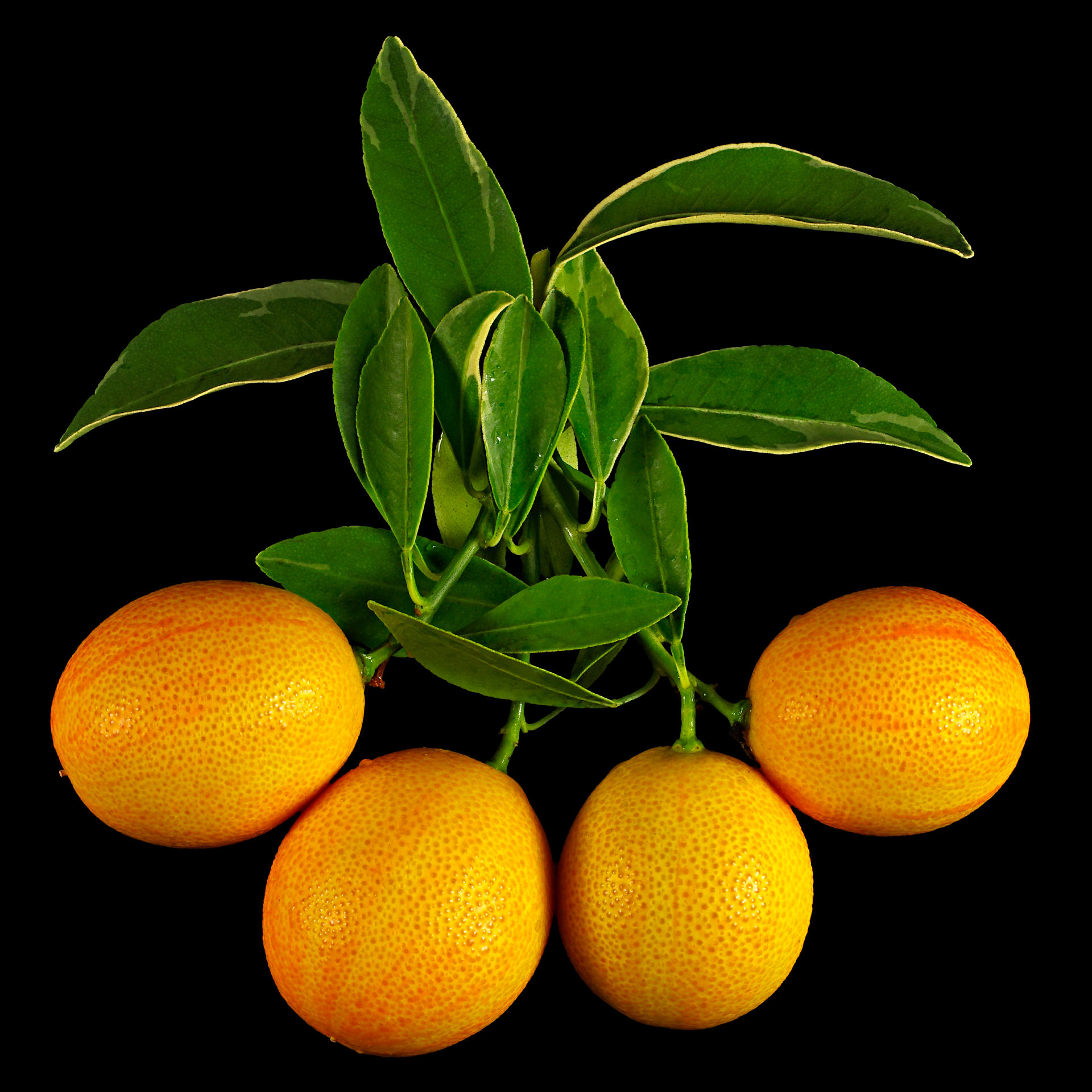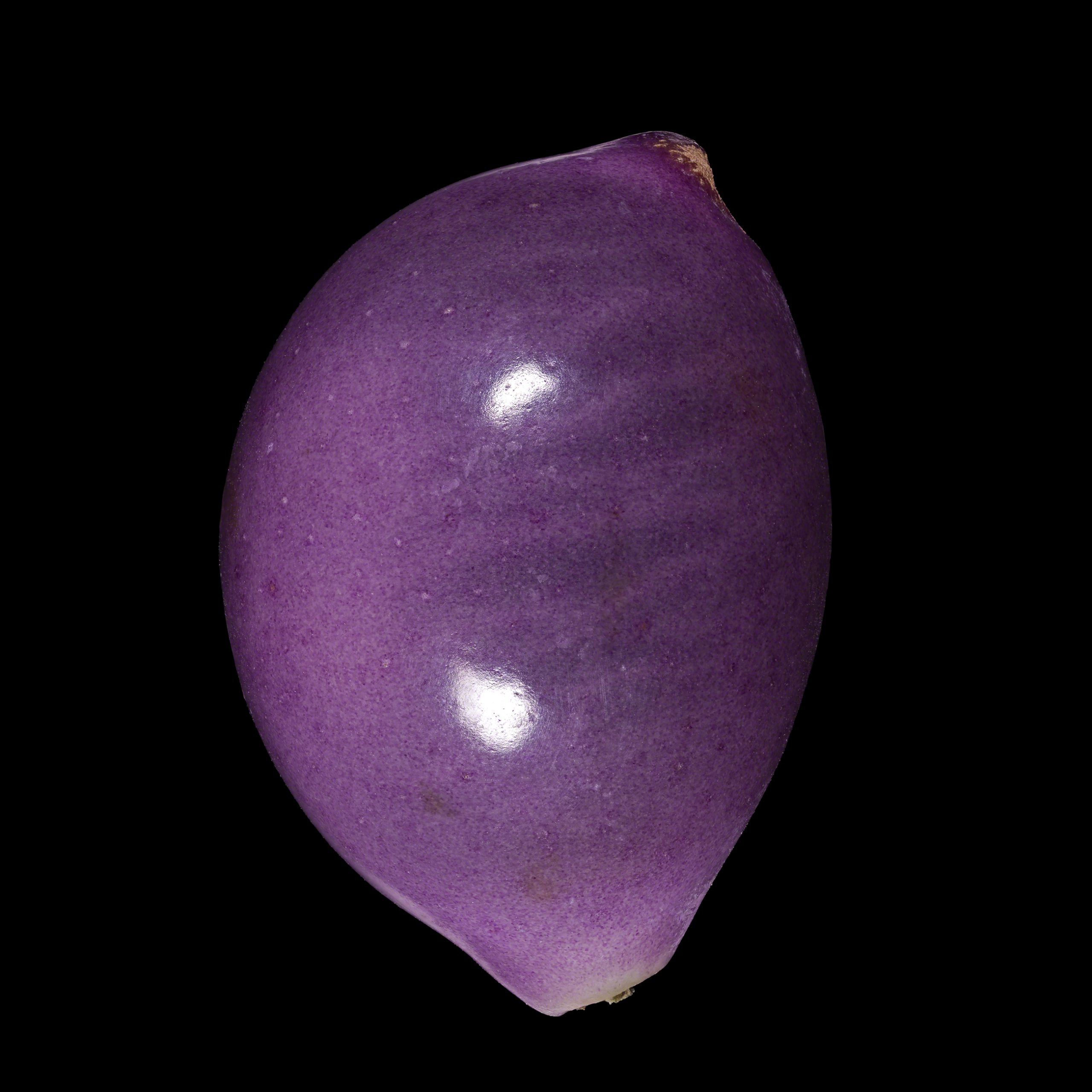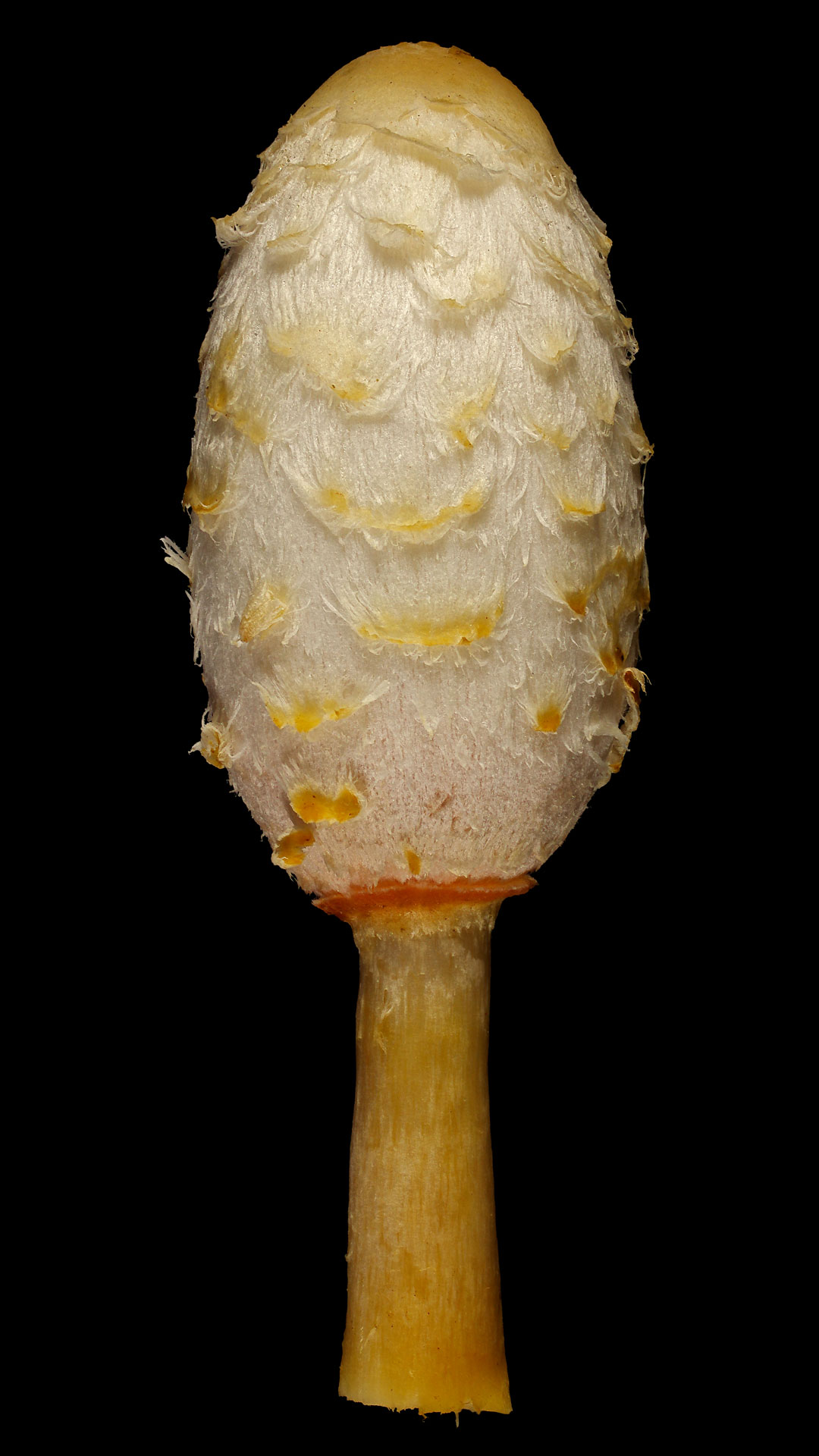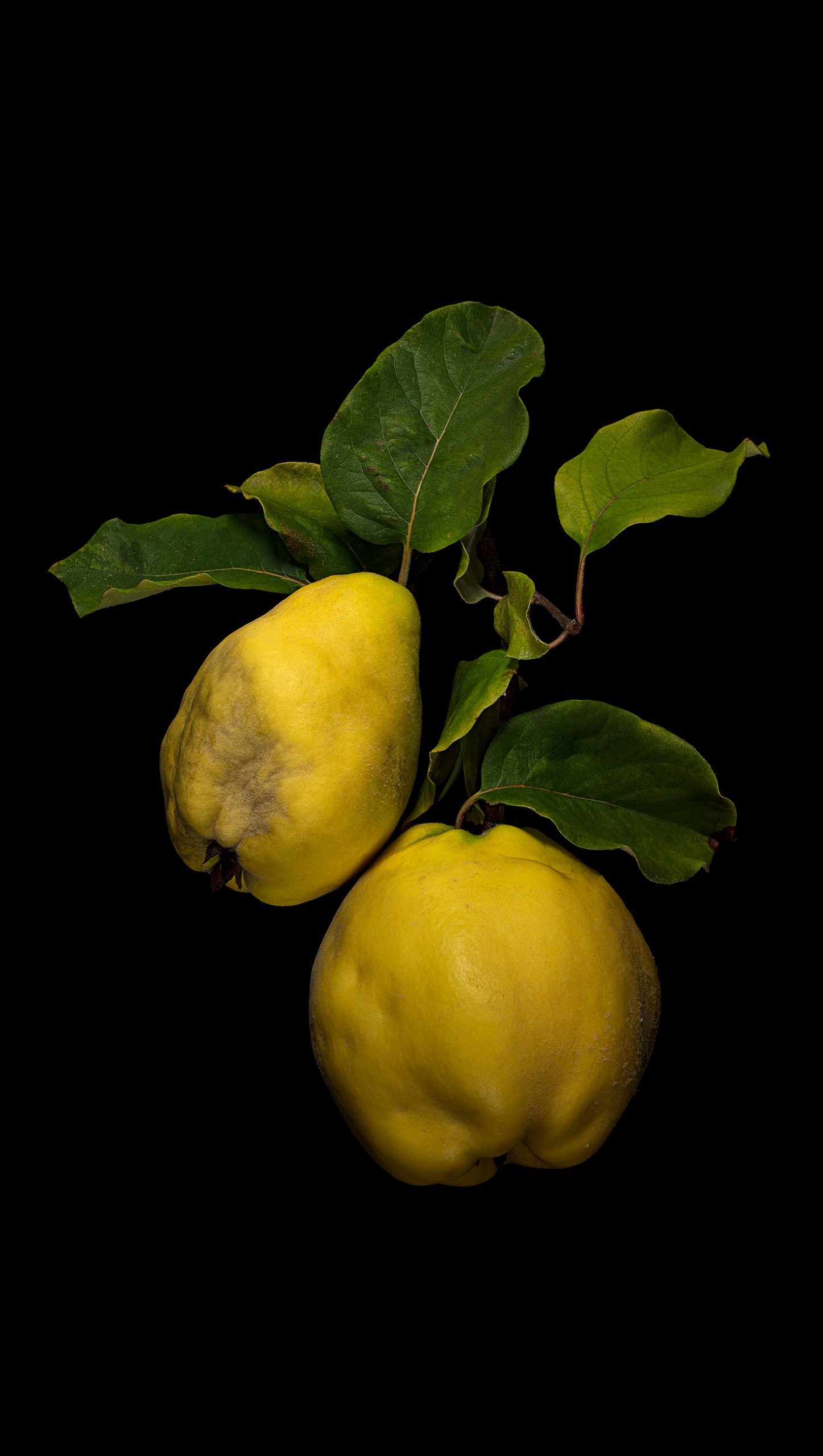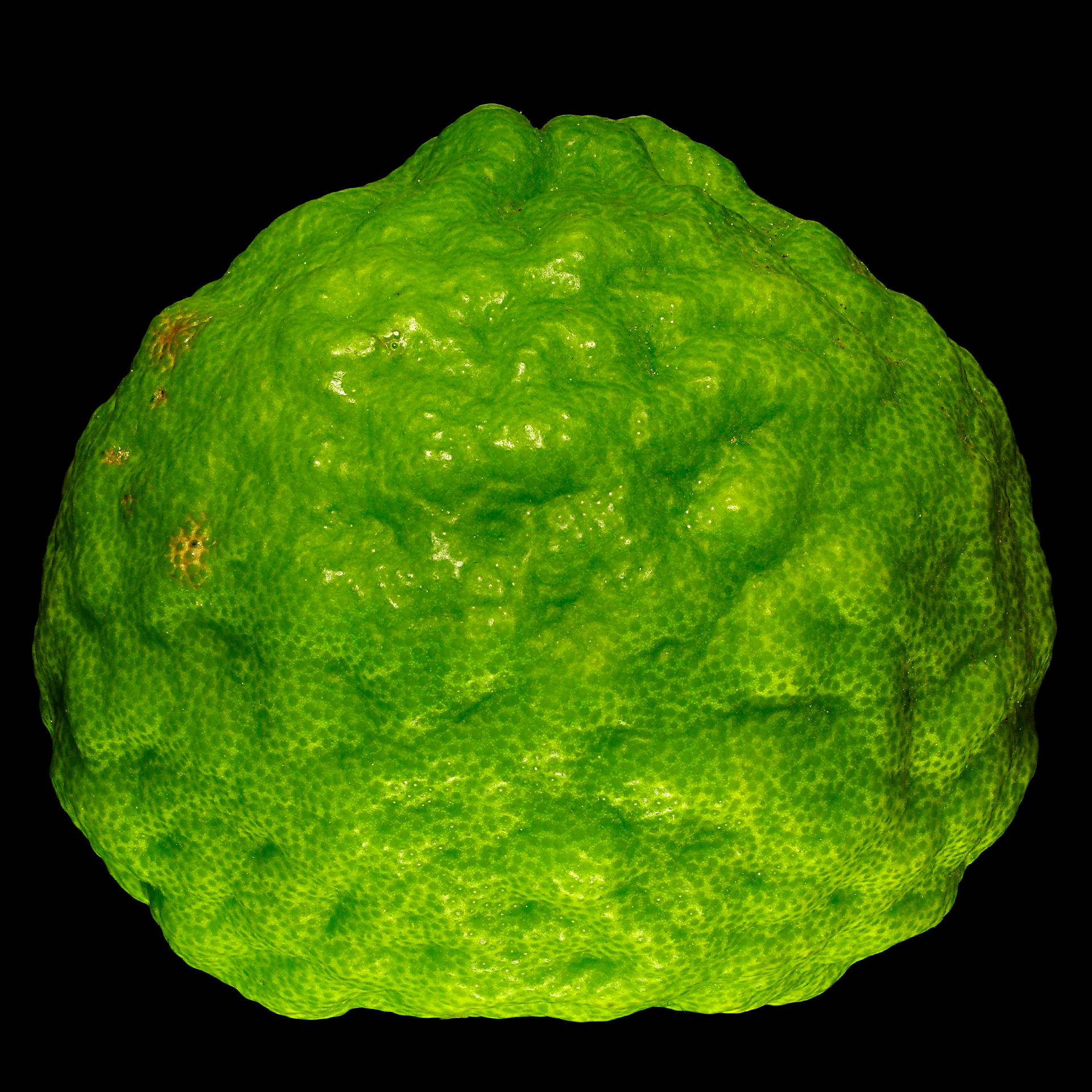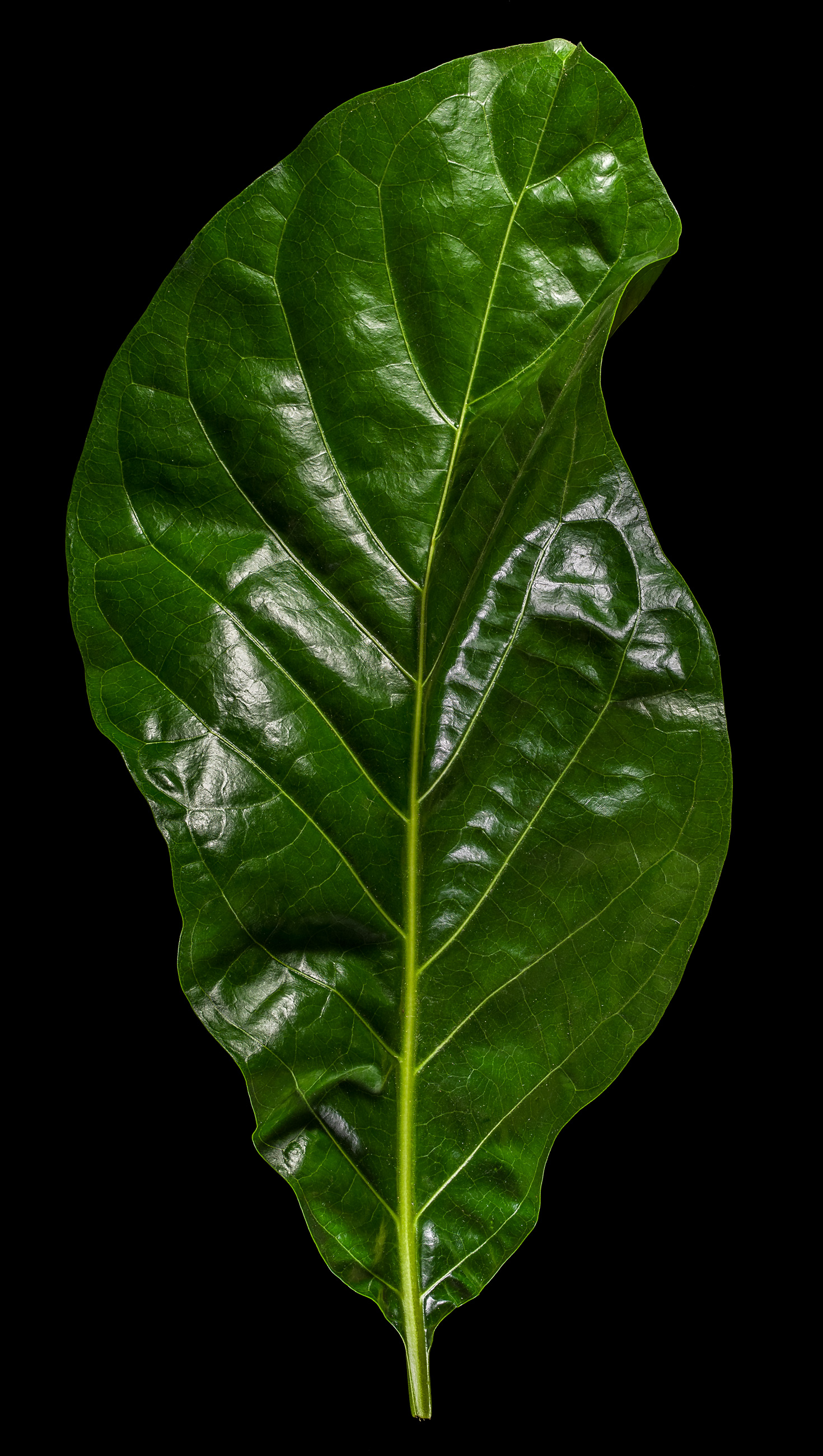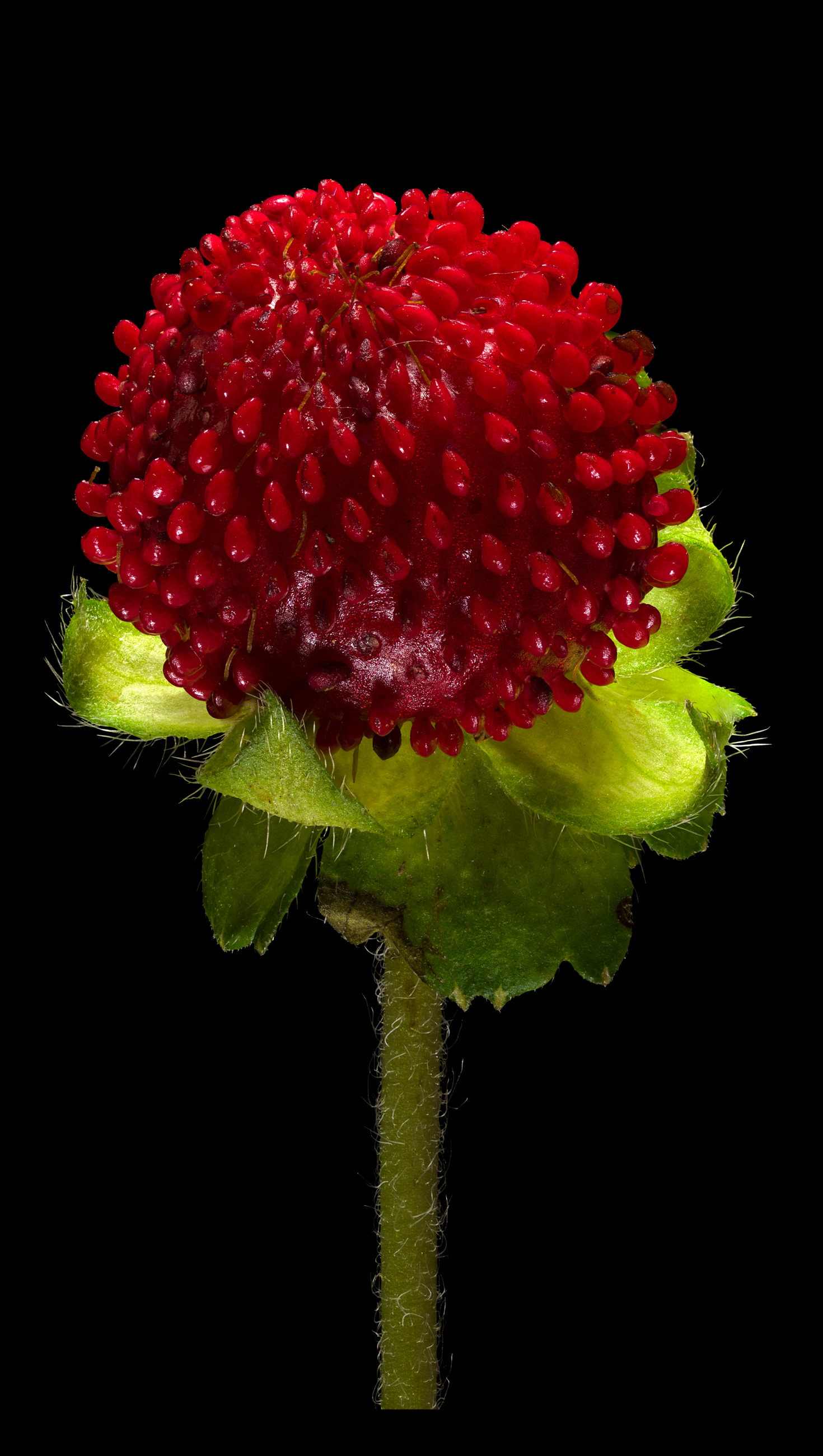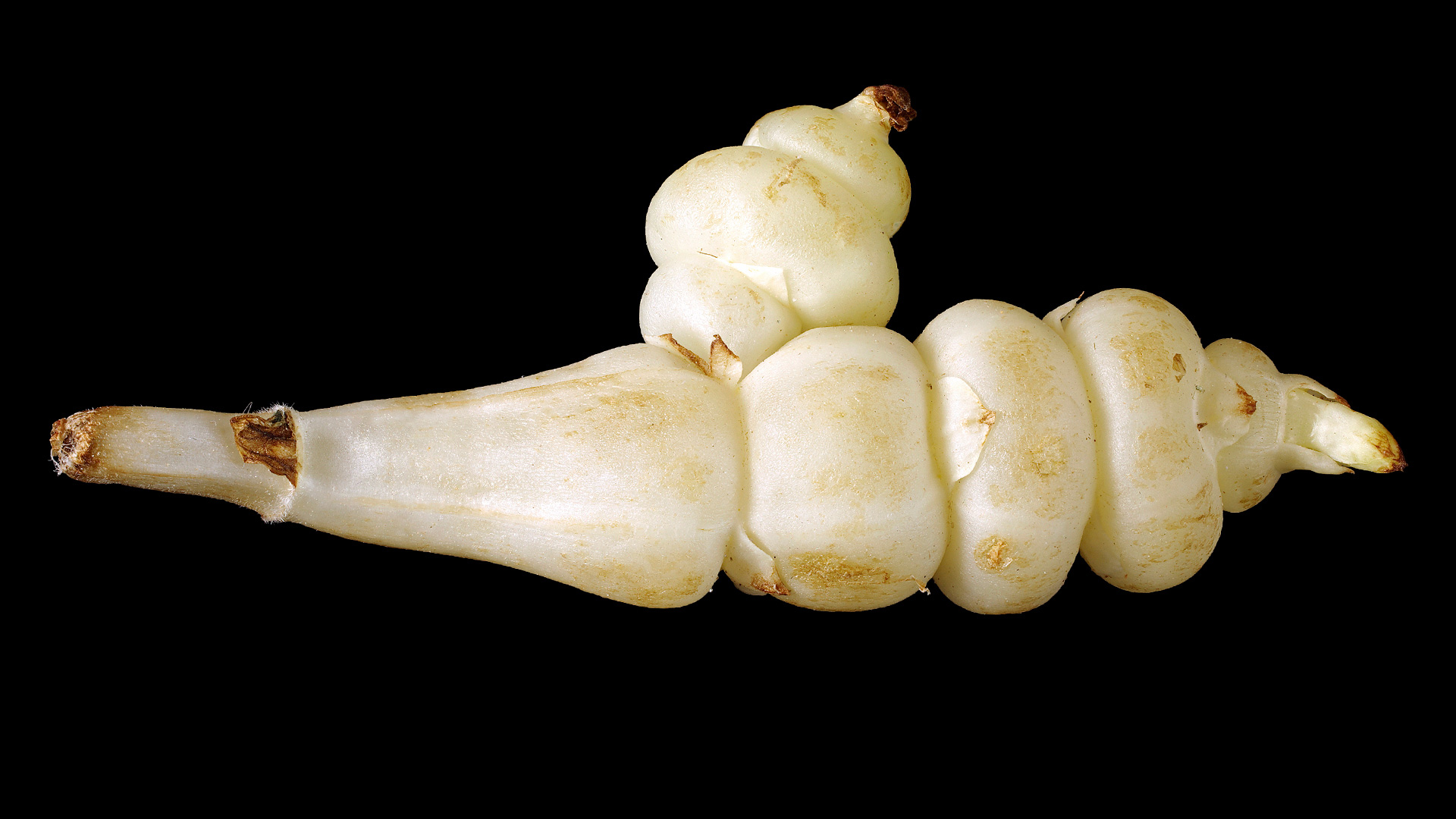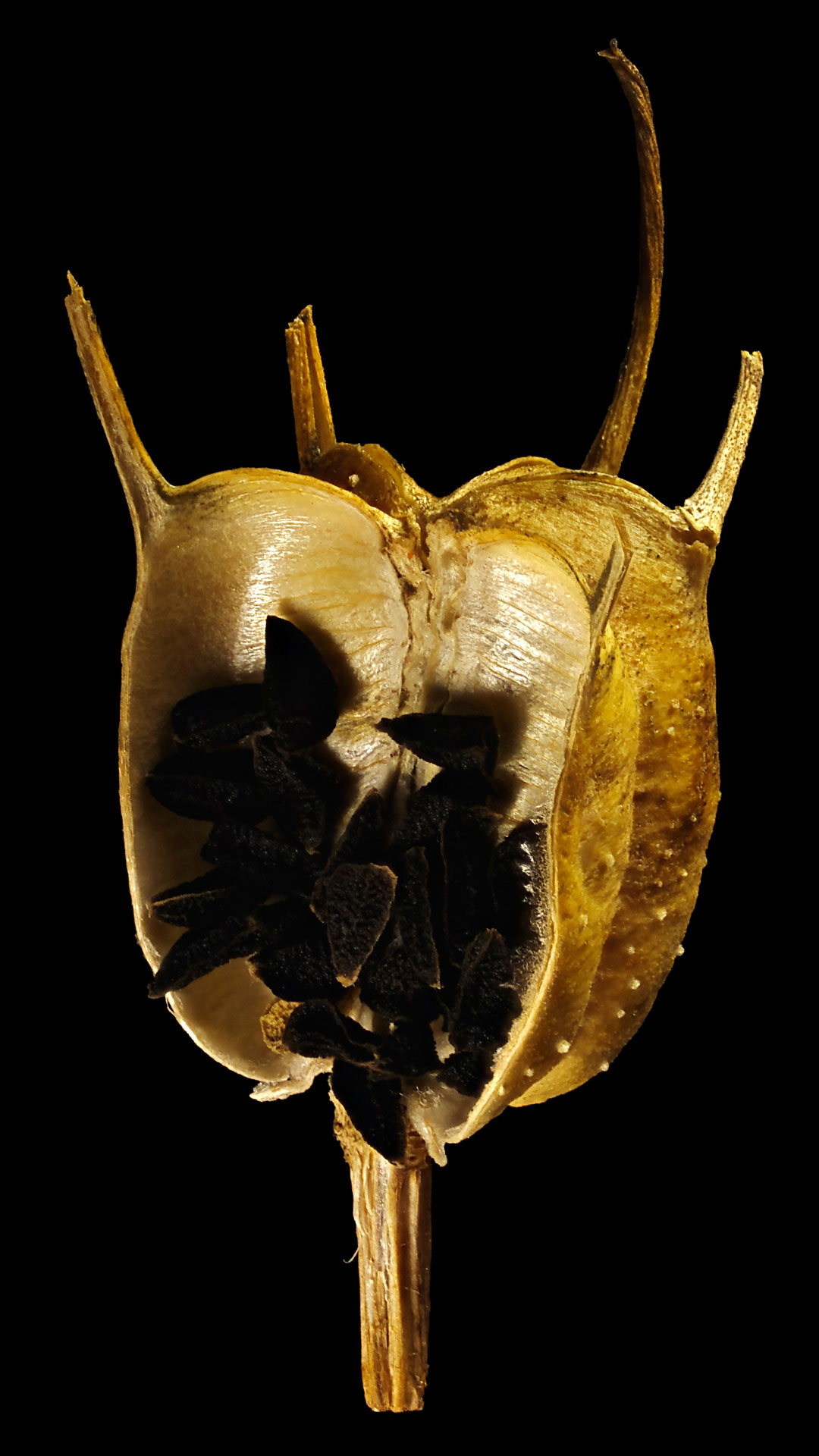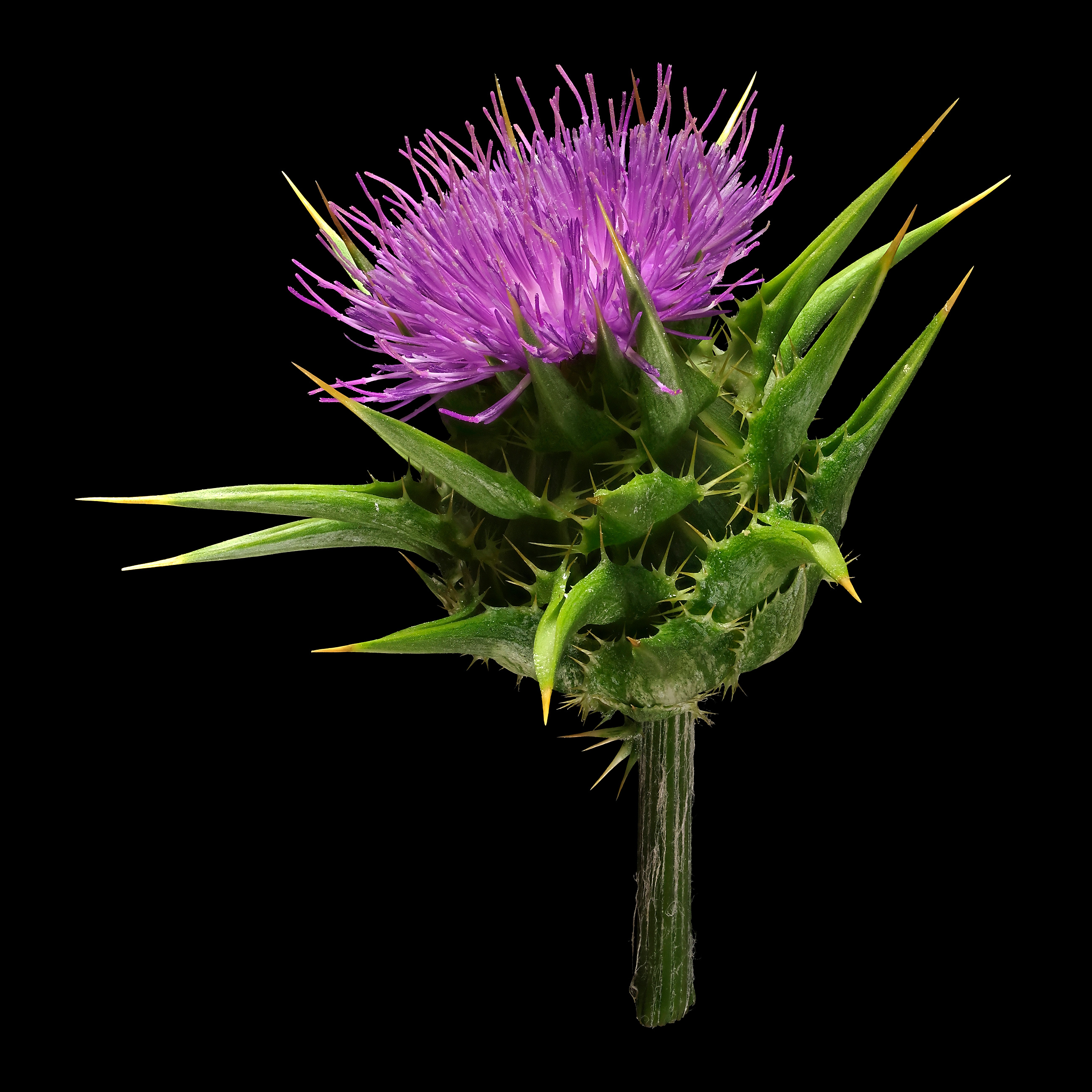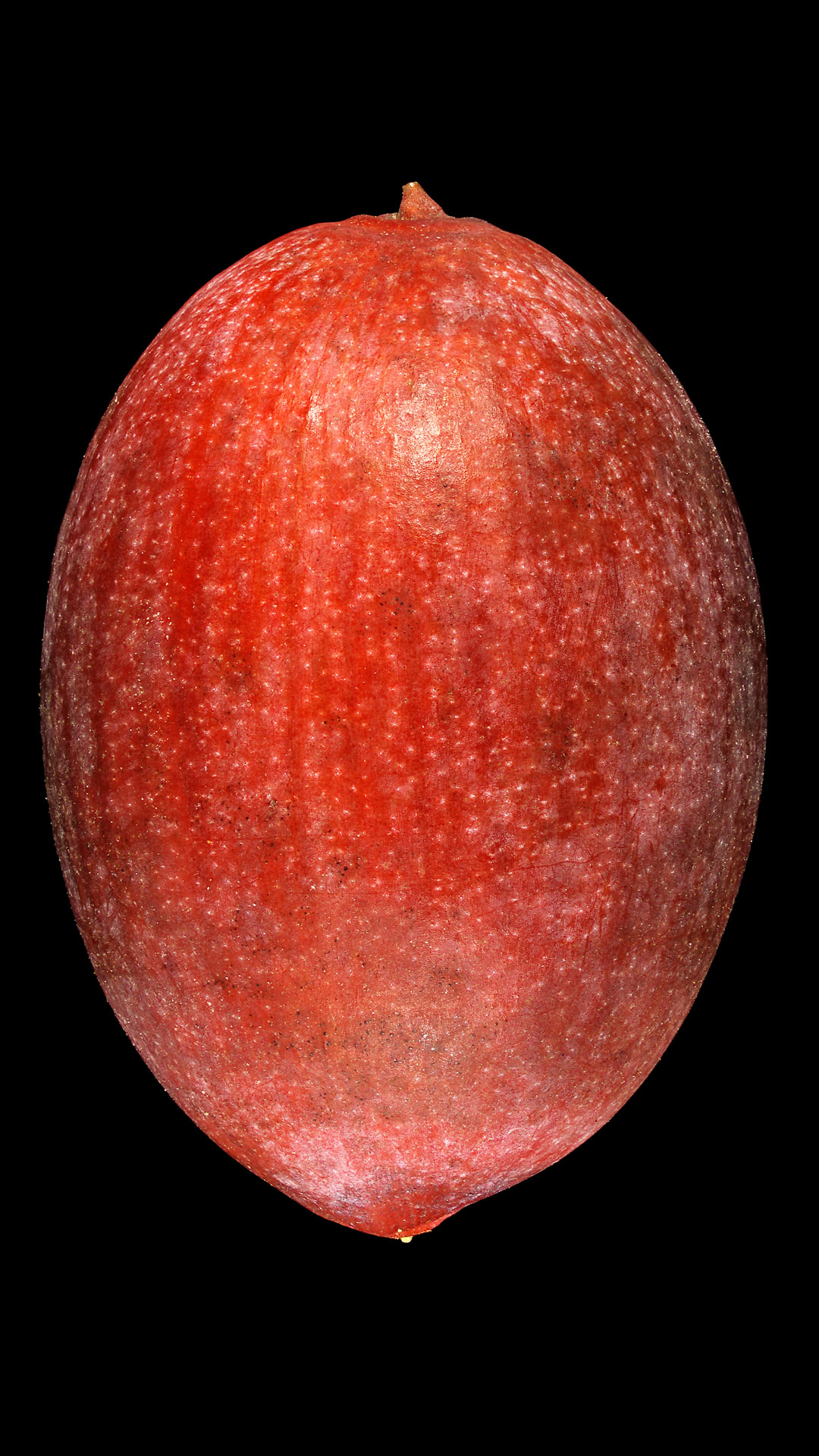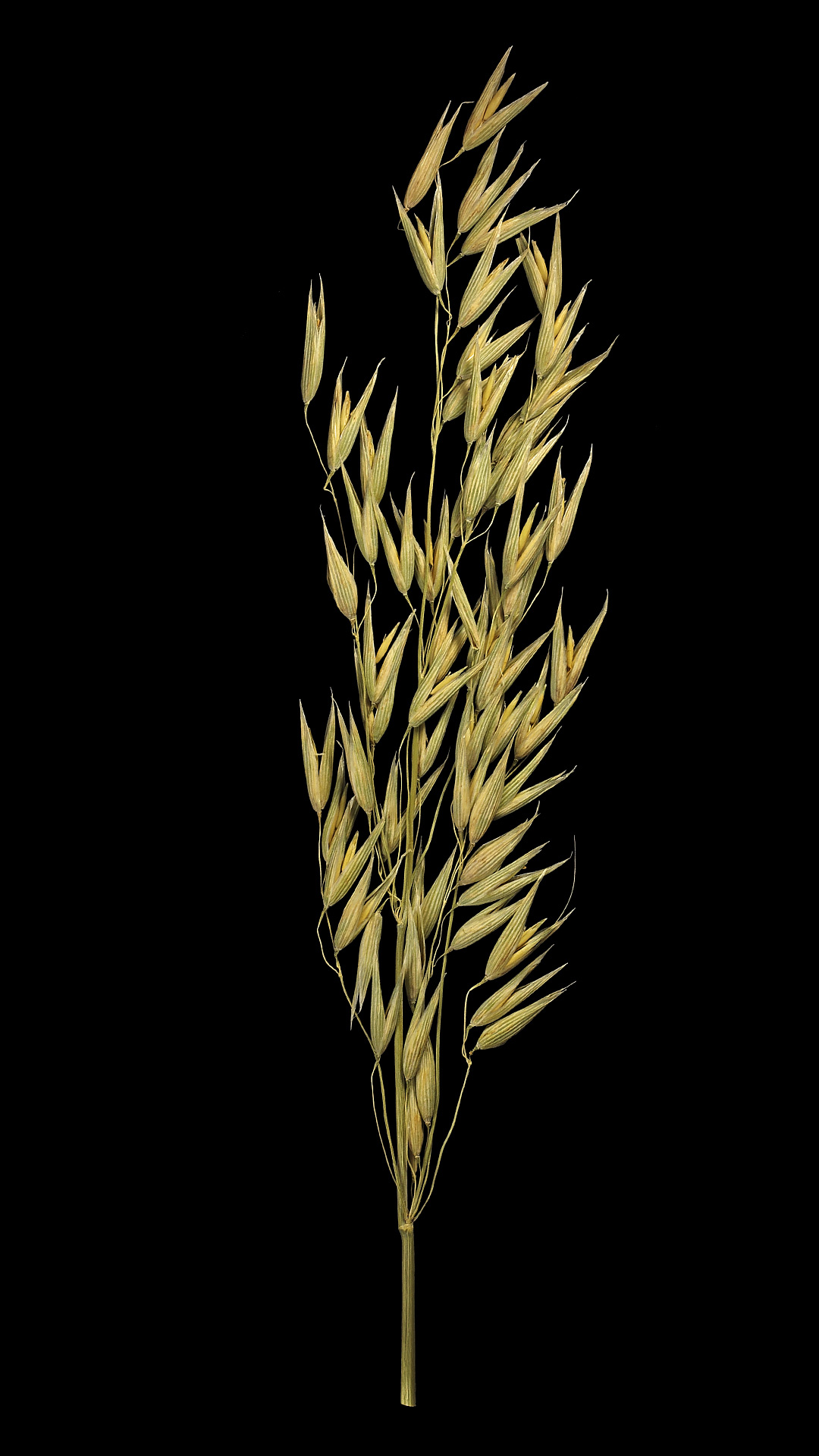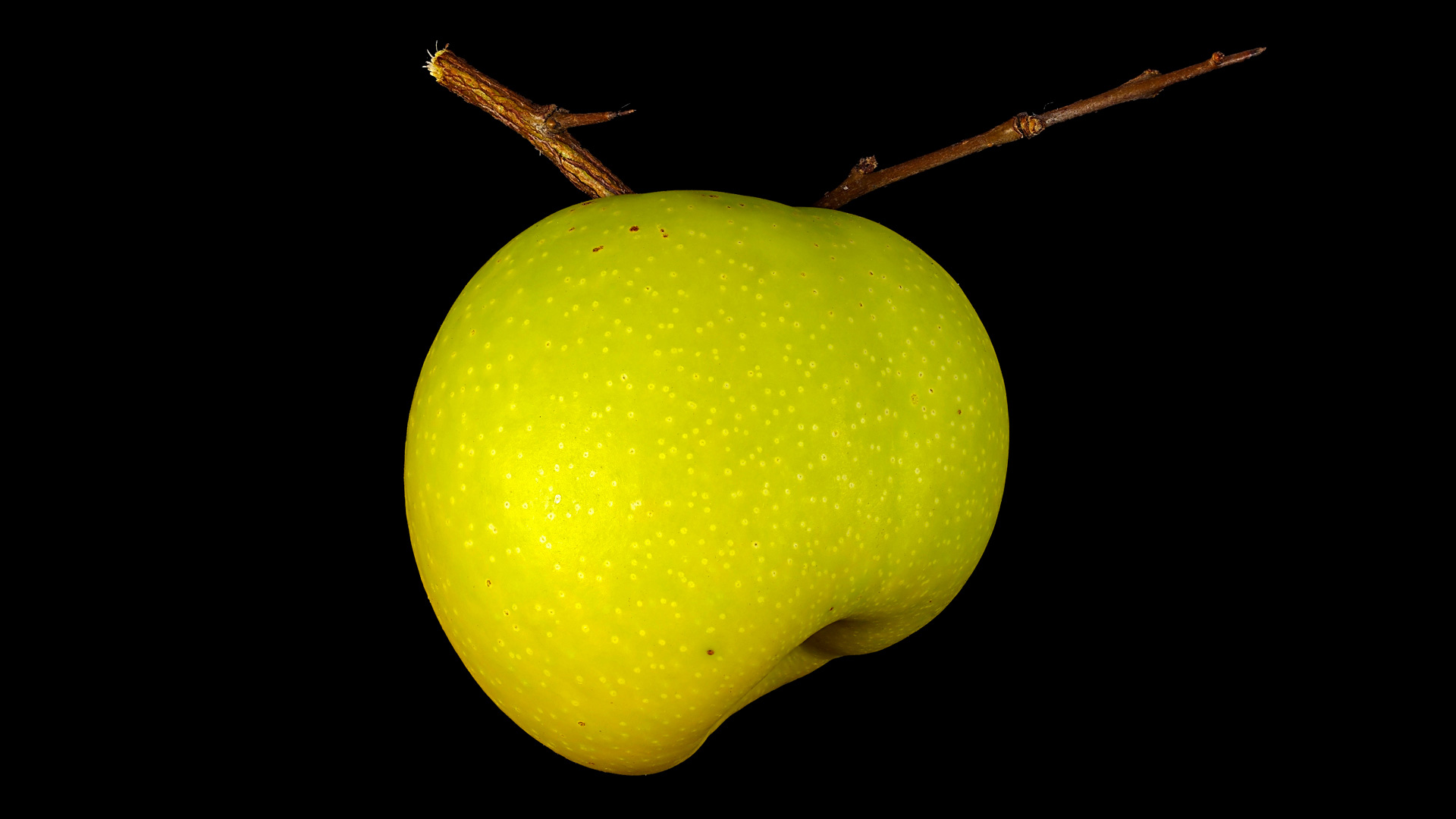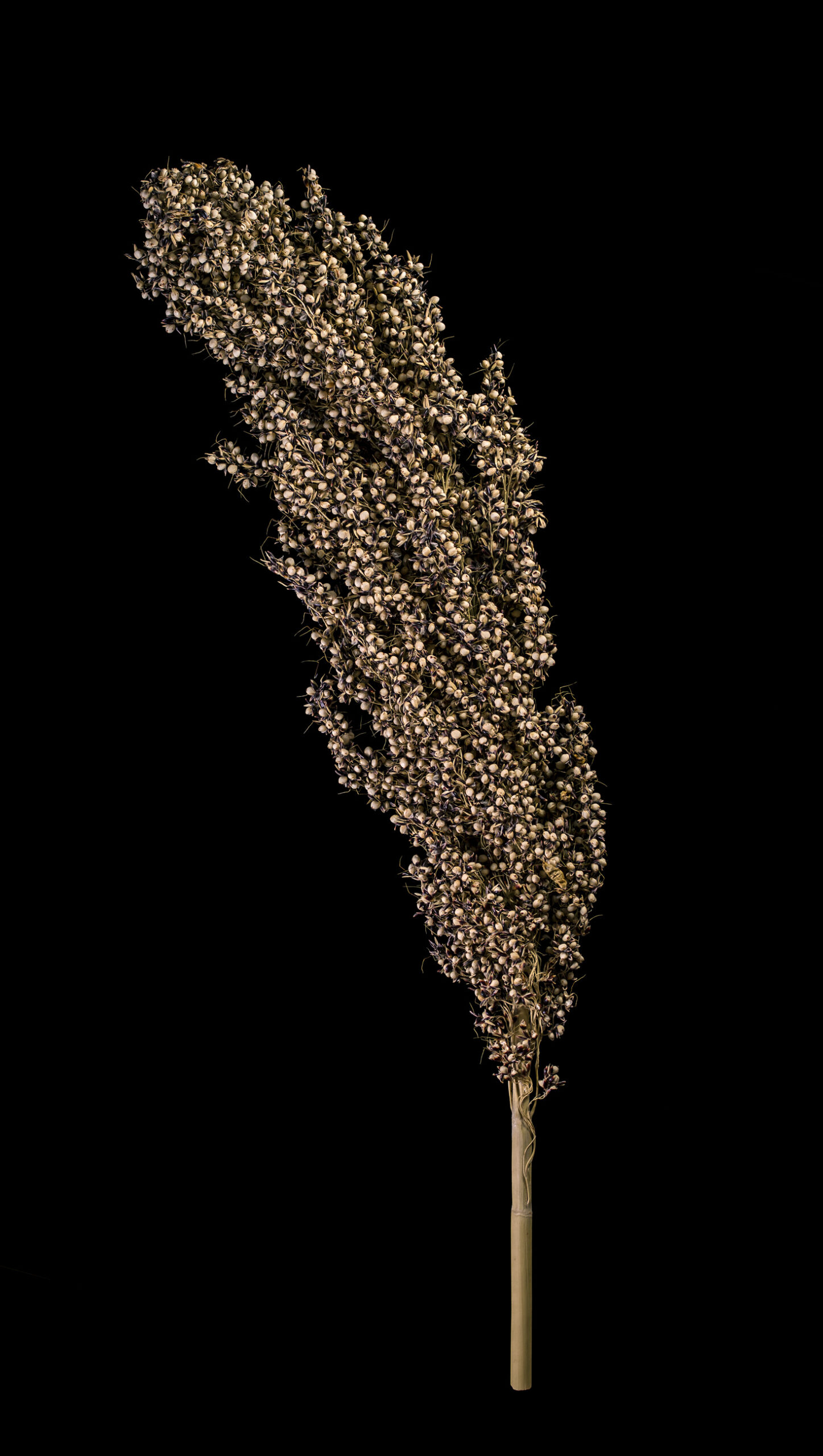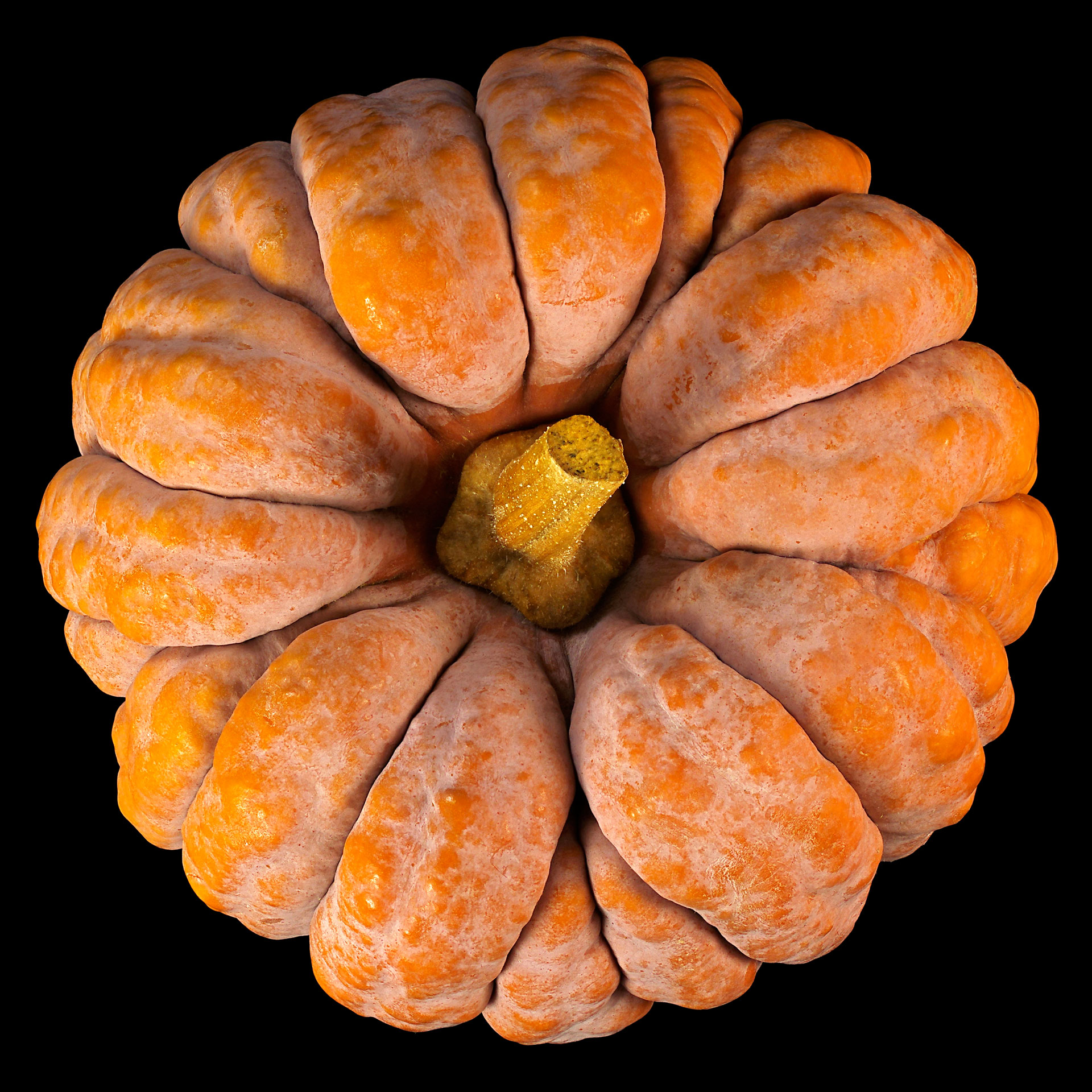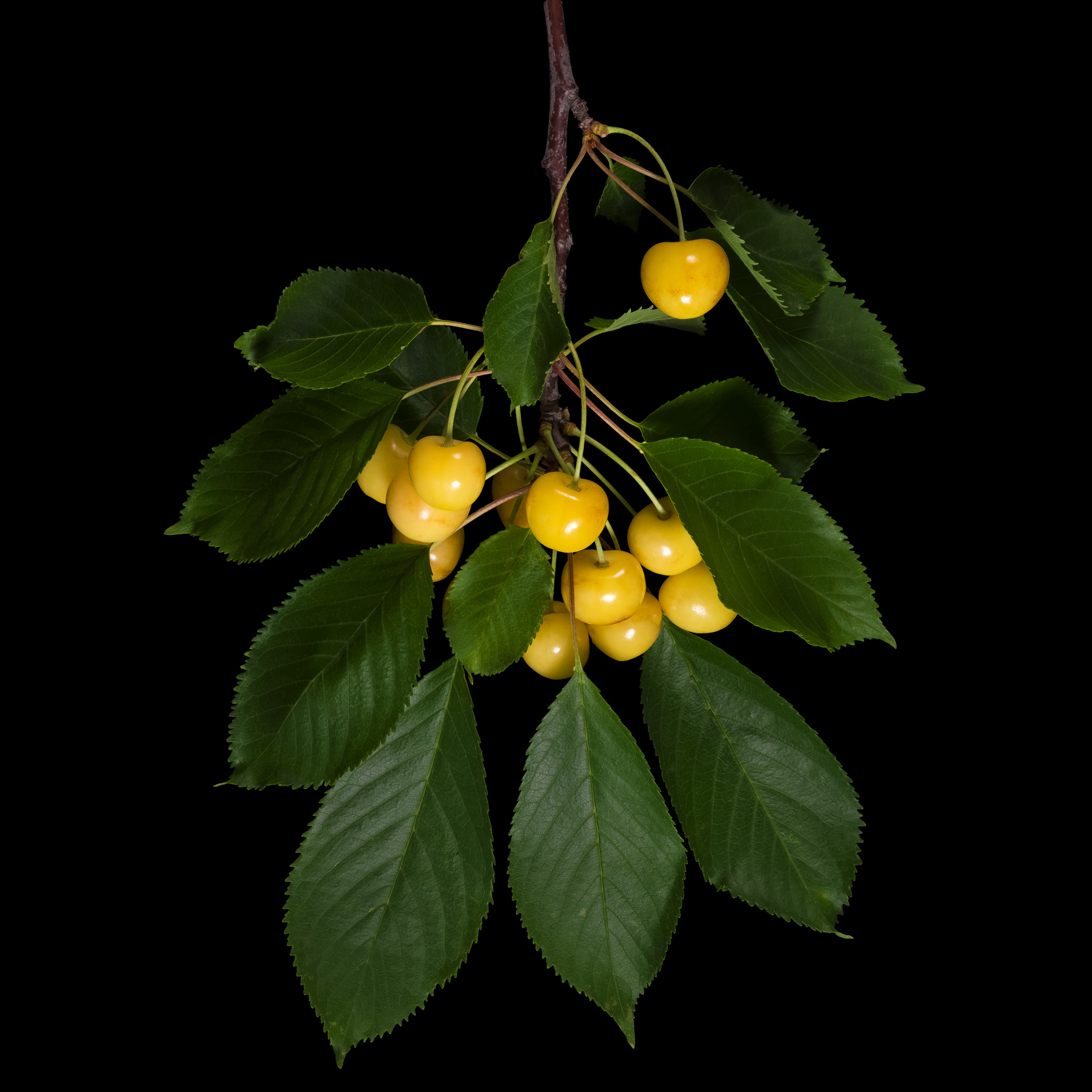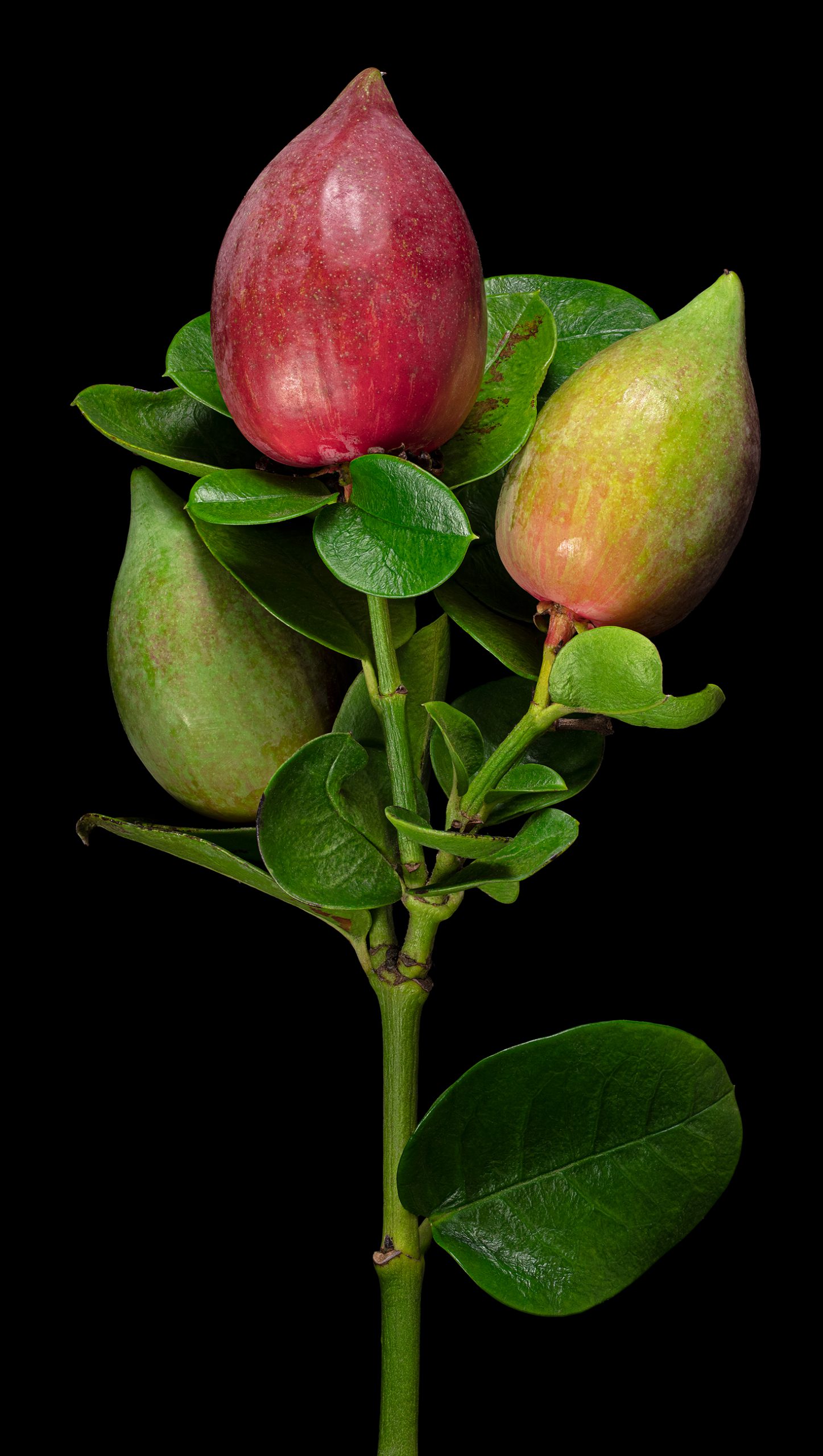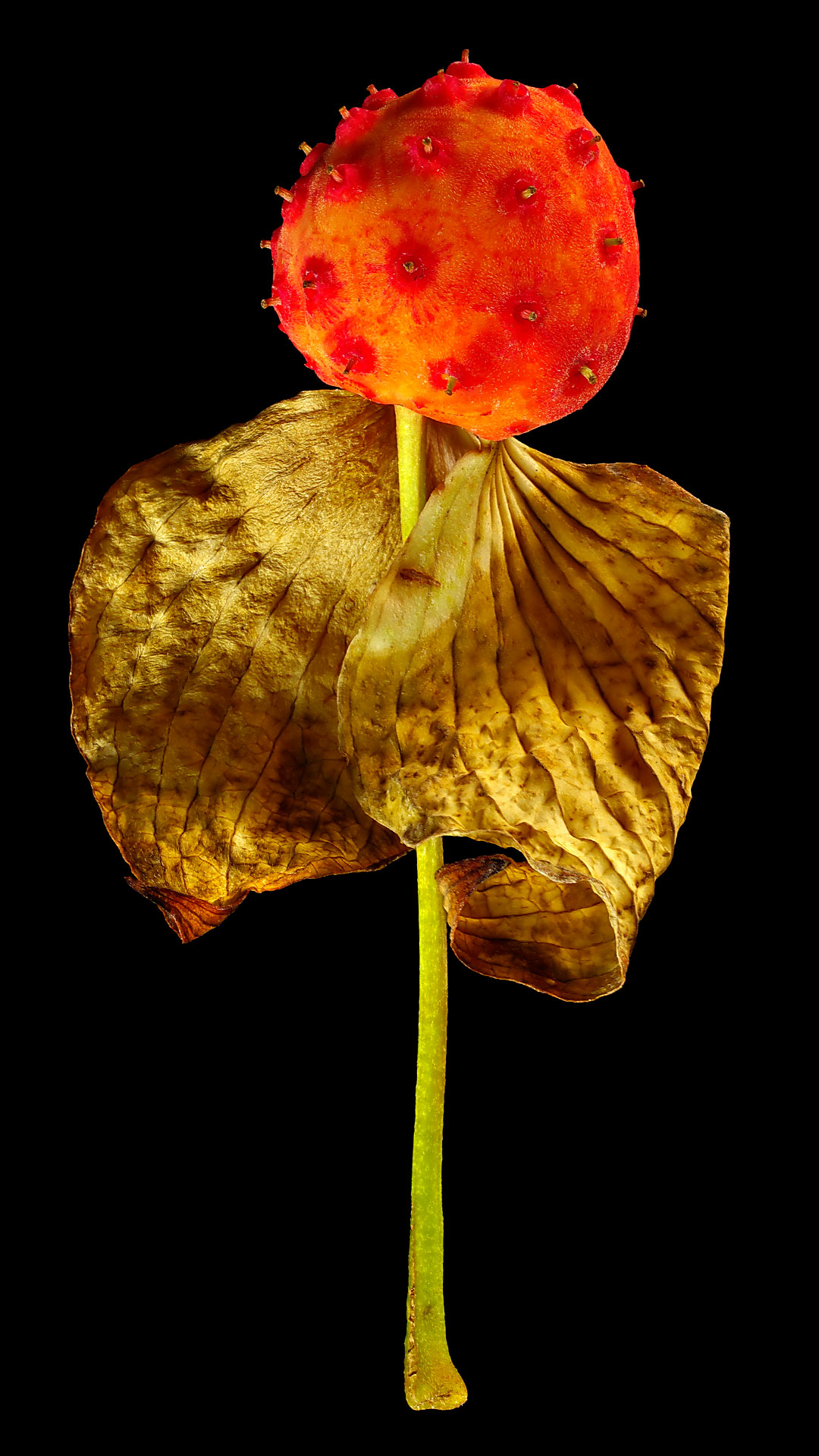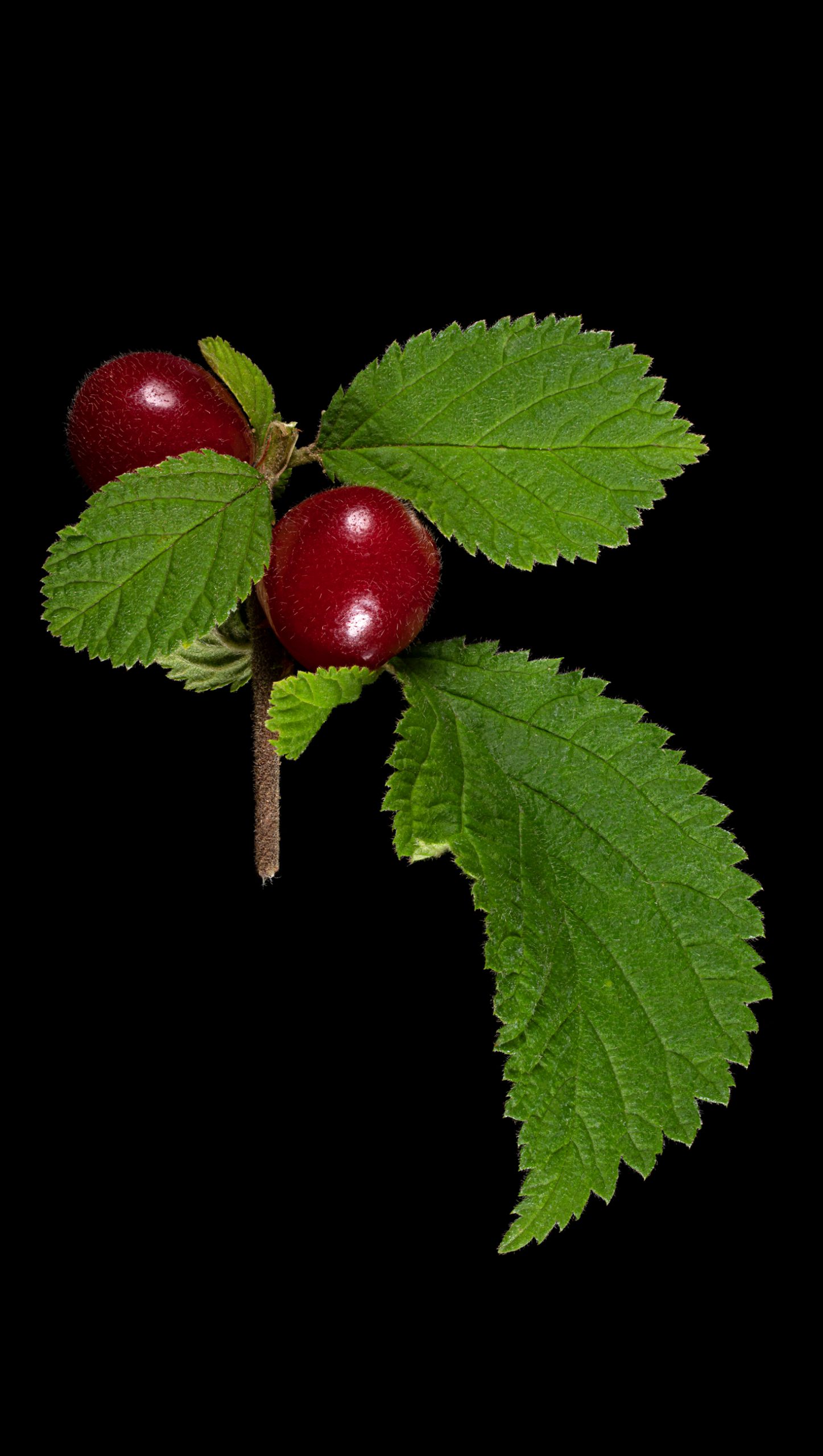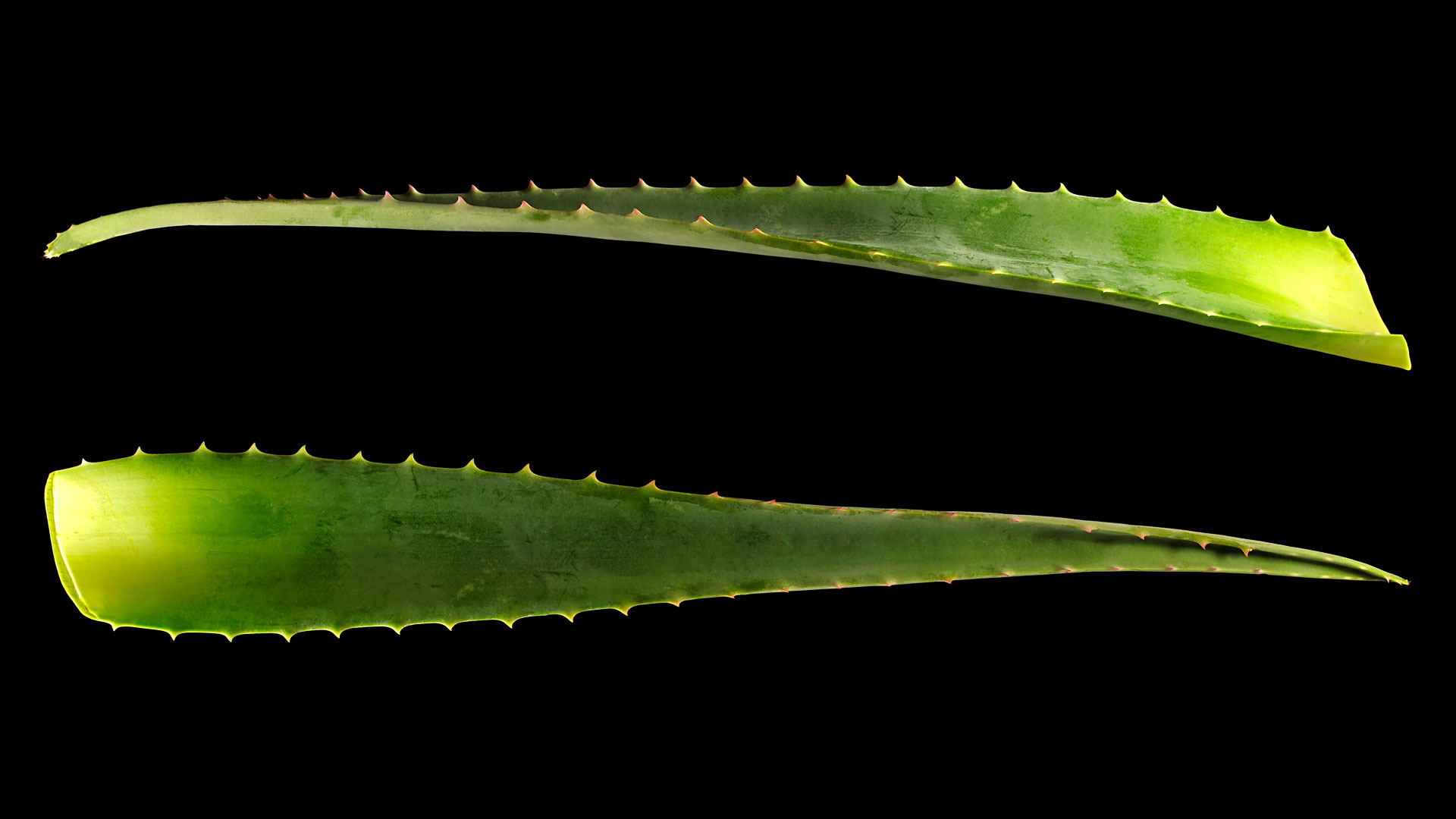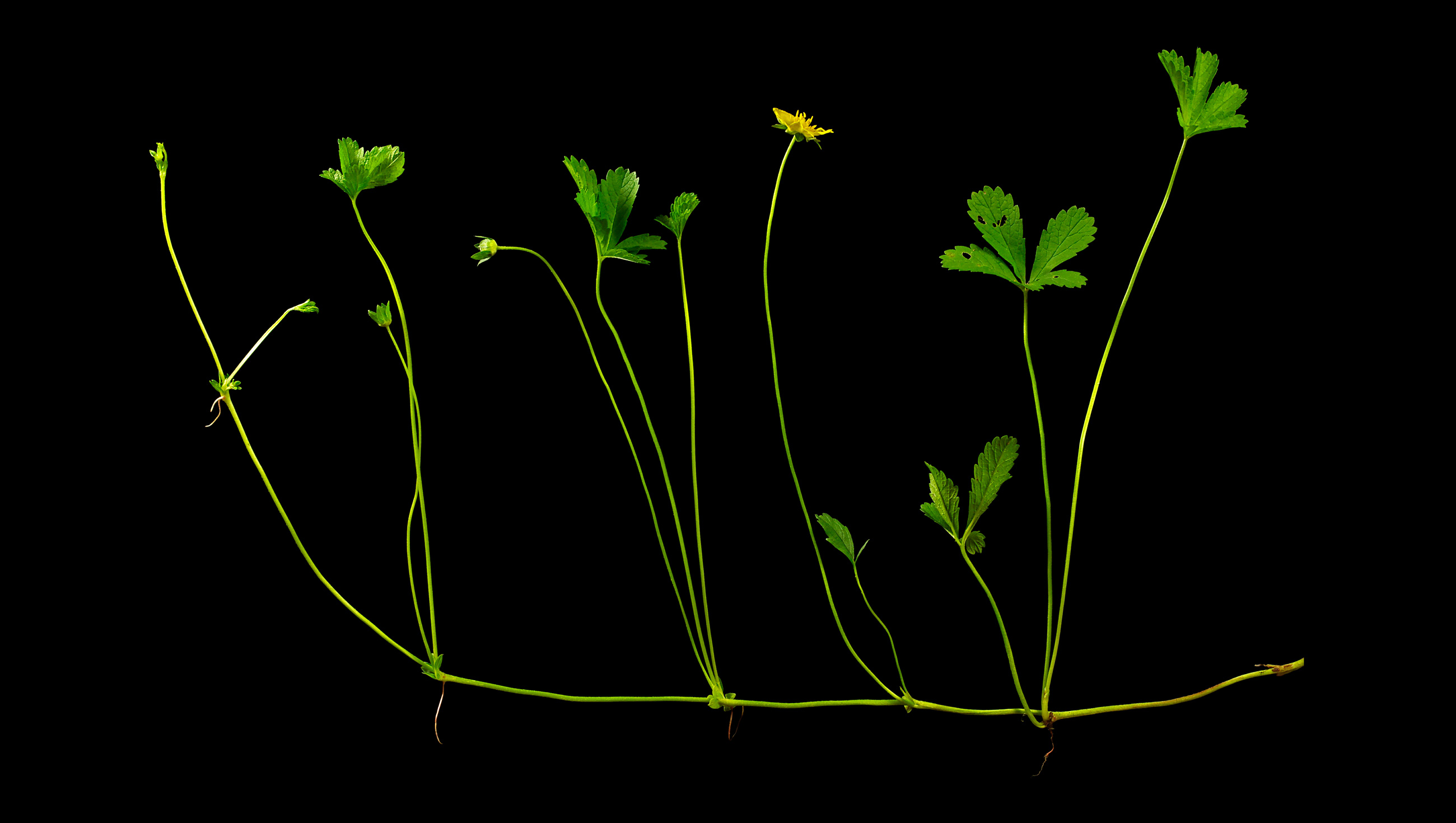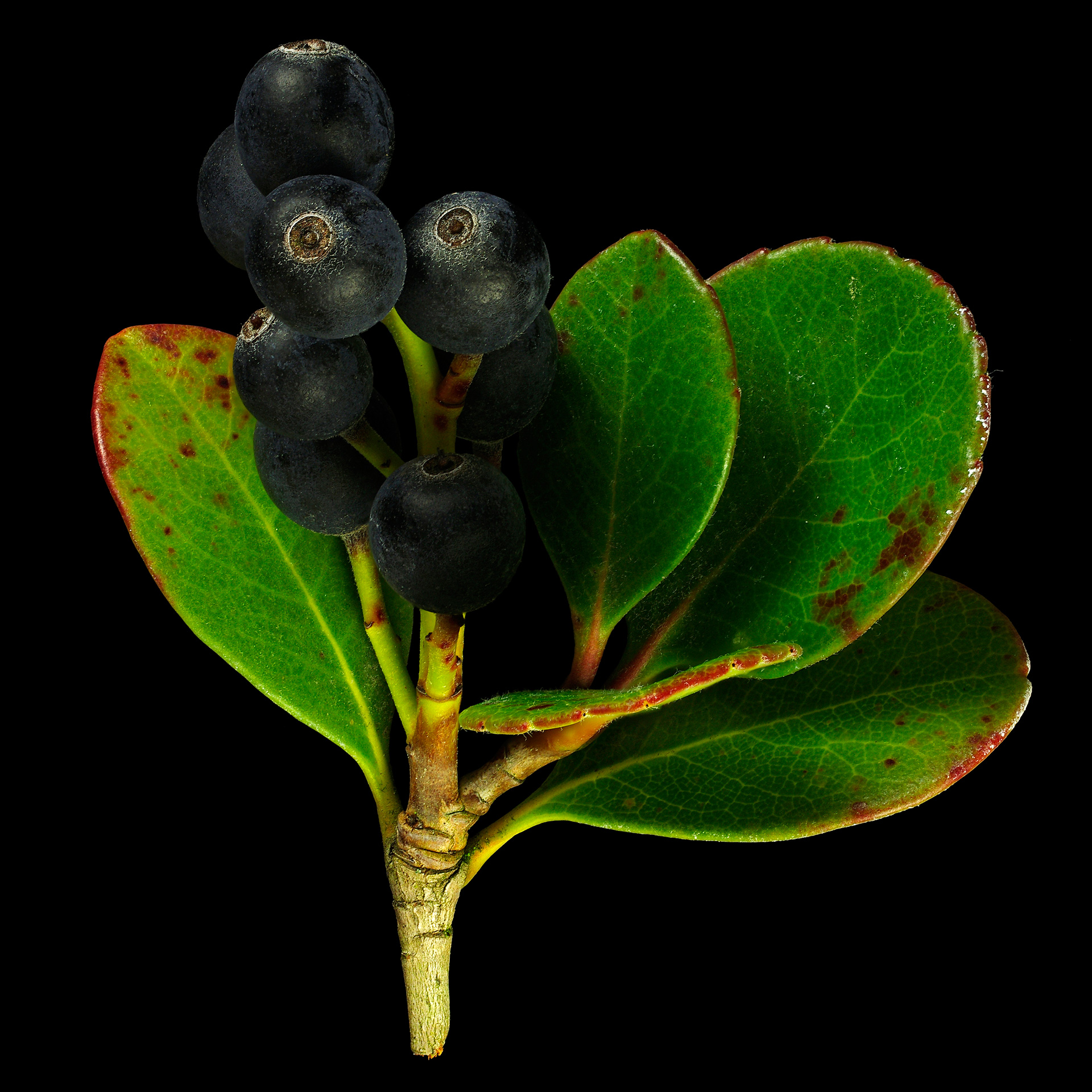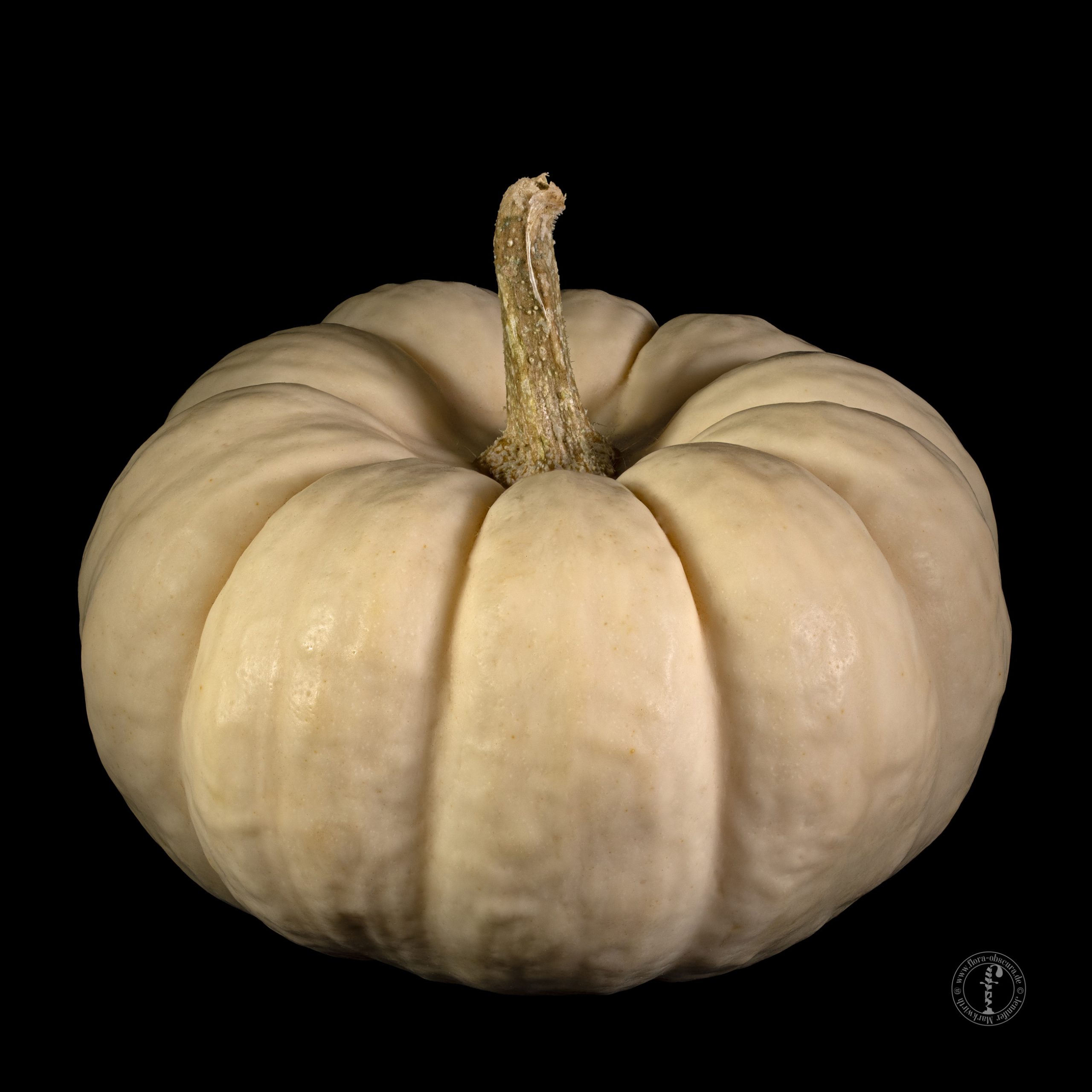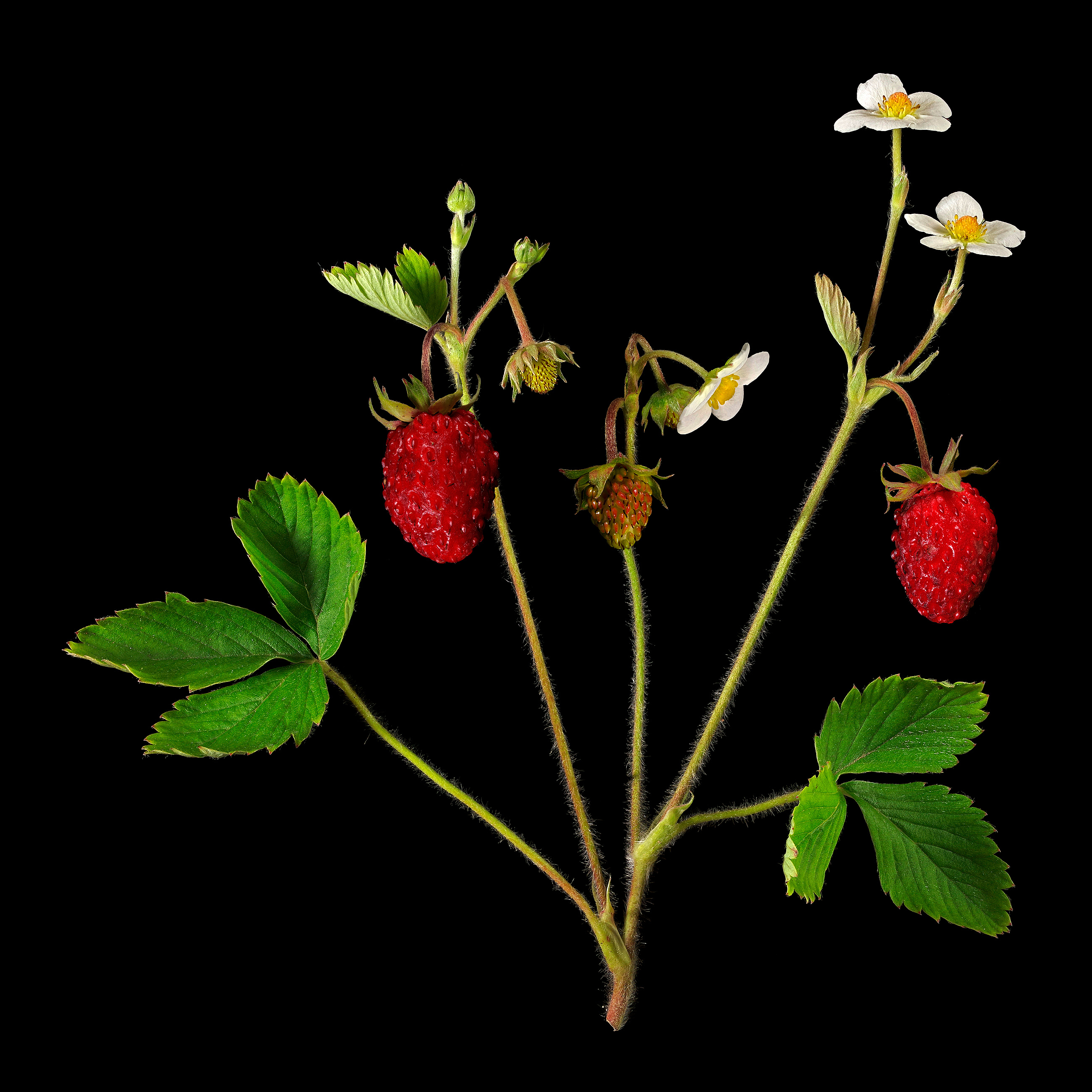Search Results for East-Asialang=en
During the ripening process, the initially yellow fruit is covered more and more with reddish-brown spots until the whole skin is brown.
Like most wild forms, also those of rye are not particularly productive and are rarely or no longer cultivated today in contrast to the cultivated forms.
This wild vegetable, which tastes like a mixture of celery, carrot green and parsley, is particularly popular as an ingredient for green smoothies. The tender leaves also refine salads or stews and spinach.
The Ligiri, native to East Asia, carries clusters of small berries that taste bitter and tangy. They can be eaten raw or cooked.
Rosehips can be used to make fruit tea and Hagebuttenmark. Dried and ground, they even replace flour and can be mixed with it.
Young leaves and stems are edible as vegetables, the small flower buds can be prepared like artichokes.
Rosehips can be used to make fruit tea and Hagebuttenmark.
Pomegranate juice is obtained from these fruits, which is then processed into pomegranate wine and grenadine.
The numerous, tiny seeds are collected wildly in times of food scarcity, slightly roasted and ground into a flour from which a thin meal soup or porridge can be prepared.
They are mostly cooked along with the other ingredients as a whole, so that they release their abundant aromatic oil, but the leaves are too leathery to be eaten.
In their East Asian origin, the fruits are chopped up and drunk as fruit tea, or they are made into canned goods.
The berries are compact, the fruits are green when ripe and have a high sugar content.
Chives are finely chopped or cut with scissors, and are used in herb butter, sauces and various other herbal preparations.
The mature, fleshy single fruits of the infructescence is sweet and can be eaten directly or processed into jam.
Despite its bright red berries, Schonburger belongs to the white wines, its quality is compared with Traminer.
The berries of Cabernet Mitos not only have a deep blue, frosted skin, but their pulp is also rich in red pigments, which is not the case with most other grapes.
Pinot Gris is a variety of the common grape vine, which belongs to the white wines although the grape skin has a reddish to grey-violet colour.
Riesling wines are of high quality and easily assume the character of their growing region.
Scheurebe produces excellent dessert wines. But an early harvest leads to extremely unpleasant aromas, which are supposed to remind one of sweat or cat urine.
As long as they are very tender and have barely broke through the soil, the shoots can be prepared as bleached vegetables such as asparagus. Aboveground shoots can be eaten like rhubarb as long as they are not too woody.
The smaller, thin-peeled fruits of Meyer lemon taste very intense and are not as sour as many other varieties. At the same time, they are very juicy.
If the myrobalan plum is not eaten raw, it can be processed into compote and jam.
Fruits and leaves of “Monk’s pepper” work as spices. Especially the hot tasting fruits can be used as a pepper substitute.
The fruits can be cooked to make jam and juice. Raw, on the other hand, they taste very astringent.
Zwetschgen are eaten fresh, processed into zwetschgendatschi tart, schmootsch and as dried fruits.
The fruits are small, not particularly juicy and decompose easily, which is why they have not become established as a fruit plant.
Green Luobo can be eaten raw and when cut into thin slices is a decorative addition to a salad.
The highest importance has the aromatic oil, of course, in the perfume production, but also tea (Earl Gray and Lady Gray), confectionery and Lokum are flavored with bergamot oil.
Water chestnuts are usually peeled and then cooked. When cooked, the white tuber tissue retains its crunchy consistency, reminiscent of firm apples.
The name “Amanatsu” means “Sweet Summer”. The sun-yellow fruit is about the size of an orange. In Japan iIt is eaten fresh or processed into jam, juice, ice cream, liqueur and wine.
As soon as the small fruits of pheasant berry are ripe and therefore dark brown and soft, they taste intensely like slightly burnt (bitter) caramel.
The multiform Buddha’s hand is a special kind of citron.
Despite its numerous uses, which are also used for medical purposes, Job’s tears are not very popular compared to other cereals. The cultivation is even declining.
In Tibet, the roots are supposed to be eaten comparatively frequently as a nourishing root vegetable. They can be processed fresh or dried for later use. The leaves can be chopped (because they are very fibrous) and added as wild herbs in salads or steamed in oil.
The soft, juicy pulp tastes aromatic of fir, it is tart and resinous, yet very sweet.
This red-fleshy variety with the reddish peel is very delicious!
It is still a stubbornly held legend that the fruits of the rowanberry or mountain ash are poisonous. The small fruits are ideal for jam, mash, liqueur…
The green walnut is the unripe walnut fruit (J. regia) harvested before St John’s Day on 24 June which is processed into a delicacy.
The ripe seeds of the okra or okro can be roasted and nibbled or used as a coffee substitute.
Few-flowered leek: Allium paradoxum The leek with the bell-shaped flowers Few-flowered leek can grow in a dense, lawn-like stand. It is edible like spring onions, although the "tuber" remains somewhat smaller and the whole plant has a more delicate growth.
The variety morello cherry (subsp. acida) is well-known and often traded in glass jars, as compotes and jam, and it is an essential ingredient in the Black Forest gateau.
The white, sweet-tasting pulp inside the pink five-leaf akebia fruits is best eaten while the fruit has not yet opened by itself.
Ripe fruits of Beale’s barberry are edible raw or cooked and a jam can be prepared. Dried berries give muesli a fruity note.
The whole herb is used with flowers and stems, both fresh and dried. It goes very well with potato dishes and legumes.
After thorough cooking and rinsing, the flowers are also edible and are served with oil and salt.
Despite its higher juice content, Chinese citron can be used in the kitchen like other varieties of citron, such as succade or jam.
From rose hips a fruit tea can be prepared as well as jam (“hagebuttenmark, buttenmost”) . Dried and ground, they even can be used as a flour substitute and can be mixed with flour.
Under the light green skin of these large, still immature fruits is a white, firm fruit flesh, whose sticky latex quickly turns yellow.
The leaves taste like a mixture of caraway, mint and lemon.
Strong fragrant rose varieties have long been cultivated for the production of rose oil, which is not only used in perfumes, but also in some liqueurs and sugar confectionery.
Wild oat is edible and can be valuable in times of need as a famine food.
The colourful fruits of Amur peppervine taste predominantly sweet. They have no intense taste and no acidity.
The calamondin has a thin, sweet peel and sour pulp.
Date plums can be eaten raw after frost destroyed their adstringency, but they are most eaten dried.
The small kiwi berries are in their anatomy miniature editions of the common kiwifruit (A. deliciosa) and also have the typical aroma of the large fruits.
As with blood oranges and the red lemon, there are also red pigmented variants of mandarins and clementines.
The black chokeberry contains many vitamins and other important substances in such large quantities that it has also medical significance.
The plant with the beautiful name “fish mint” has a quite unique, strong taste, which certainly not everyone likes.
Hardy Begonia: Begonia grandis x Begonia evansiana Kitchen herb and decoration The pink flowers of Hardy Begonia are a pretty decoration in salad or - sugared- on confectionery. They have a lemony flavour. The yellow stamens of the male flower
The variety ‘Rotonda bianca sfumata di rosa’ is found in the trade quite rare, typical in our (European) view are the black varieties.
The cross section shows that ripe fruits of this variety no longer contain fruit juice.
Wild garlic can be collected in the spring from March to the end of April in many places in the forest. There it grows as a dense, dark green carpet.
The flesh of this persimmon reminded me of a dried date: it was brown and soft, tasted sweet, perhaps caramel-like, but unfortunately also “not quite fresh”.
The fresh, yellow fruits still taste astringent. Only in the brown, overripe fruits are the tannins degraded and the honey-sweet, caramel-like taste dominates.
Even if the fruits are not productive, they can be eaten fresh from the tree or processed into jam, compote and liqueur. The beautiful flowers can decorate dried tea mixtures.
Kumquats are eaten as a whole. They are sweet and tangy and very aromatic.
The list of preparation options for eating chestnuts is long…
The whole herb, including the deep purple flowers, can be eaten raw as a salad or cooked as leaf vegetables.
Chervil tastes like aniseed or tarragon. It is used to season soups, salads, sauces and herb butter and is one of the seven herbs in Frankfurt’s green sauce.
Although the seeds of the hairy love grass produced in panicles are only about 0,5-0.8 mm in size, they are used as cereals.
The fruits are juicy, which suggests a use for lemonade, marmelade and jelly.
Common buckwheat: Fagopyrum esculentum More than just ``Poor man's food`` An important identifying characteristics of the common buckwheat that differentiats from the other buckwheat species is the red stem. Because gluten is absent, buckwheat can not be used alone for
The kernel (nucellus) contains a lot of starch (and vitamins), so that a flour can be obtained from them after roasting, with which flat bread is baked or crackers called “emping” are fried.
The jelly-like fruit content, which surrounds the disc-shaped seeds, tastes sweet and is a small snack for anytime.
Many plants with aromatic leaves are called “laurel” or “bay”, but none of them taste like true laurel.
Kumquats are eaten as a whole. They are sweet and tangy and very aromatic.
The edible fruits of Sinofranchetia are very similar to grapes, but less sweet and with a little leathery skin.
The Shaggy mane is one of the few mushrooms for which no trip into the forest is necessary to collect them, because they are in our midst – even in big cities.
Quinces are rarely eaten raw. They are mainly consumed as jelly, stewed fruit, mush, chutney, schnapps and “dulce de membrillo”.
Specially from the immature fruit (as well from the leaves) of the bitter orange the aromatic oil “Petitgrain” is won.
In contrast to other types of lime, kaffir limes contain little juice, which is why the use of the essential oils in the dish is the focus.
Bai-yo or noni leaves are rich in vitamin A and like the fruits they are also offered as superfood in various forms.
The deep red colour of the Red Velvet Okras gets lost during cooking, the fruits turn as green as ordinary okra pods when heated.
The strawberries-like red fruits are edible, but taste dull and watery.
The small white tubers have boiled about the consistency of marzipan and a pleasant nutty flavour. They can also be eaten raw, roasted or pickled.
The seeds of the Black-caraway are mostly roasted. They are slightly bitter and spicy, with an unobtrusive aroma of cumin and roasted sesame seeds.
The milk thistle is extremely thorny, but culinarily it is like a small artichoke: The base of the bud is edible.
In addition to the flower buds of milk thistle, which are comparable to artichokes in culinary way, the large, wavy leaves with numerous thorns are also edible.
The extraordinary taste reminds of the resin from conifers compensates for the low yield.
In contrast to many other cereals, oats do not need to be peeled, only dehulled. Oats are always a wholemeal product and therefore rich in vitamins, minerals and fibres.
The very firm, pleasant-smelling and astringent tasting fruits can be cooked and then juiced. For example, a jelly can be prepared from the juice.
Sorghum is a staple food in parts of Africa (especially West and East Africa) and India.
Juice and fruit pulp can savoured fresh or processed to jelly and lemonade, if the bitterness is not unpleasant.
The variety comes from Japan and is named after a Japanese tribe (隼 人, “Falcon-People”), who lived on the Kyūshū island during the Nara period.
Of all the yellow cherry varieties, this one is probably the best known and most common throughout Germany.
The fruits of the natal plum, which are red when ripe, have a creamy, soft consistency and taste sweet.
Under the slightly leathery skin is a soft, mealy pulp with a flavour reminiscent of mango and pineapple.
A striking characteristic of T. sinskajae is also the more compact and “round” shape of the awns.
The hairy fruits, which grow on very short stems almost directly on the branch, are juicy and soft, slightly sweet and tart.
Aloe vera has been used for some time past in green smoothies, shakes, cocktails, ice cream, desserts and for some other purposes, although the plant is said to be poisonous.
Finely chopped, creeping cinquefoil is suitable as a seasoning herb in salads or dried in herbal salt. In summer the fresh flowers can be used as edible decoration.
In times of need, the seeds were used to produce a flour substitute.
The Baby Boo pumpkin is hardly bigger than an apple. The firm skin is white, the firm flesh rather cream-coloured to pale orange.
The fruits are sweet and have a very aromatic taste. They are best eaten raw.



